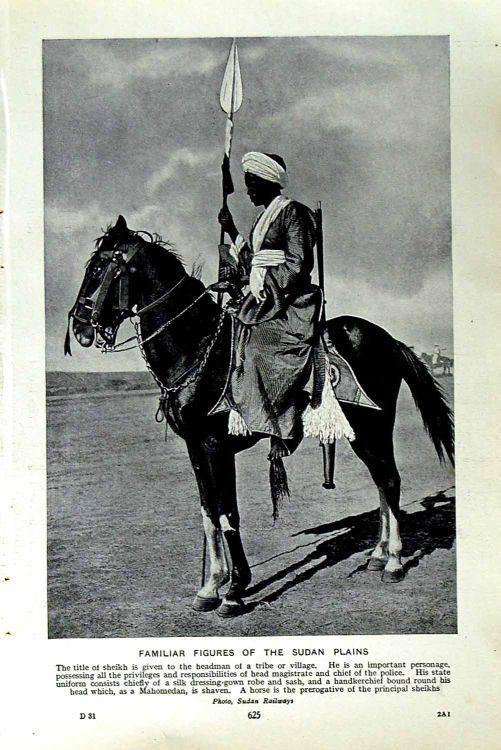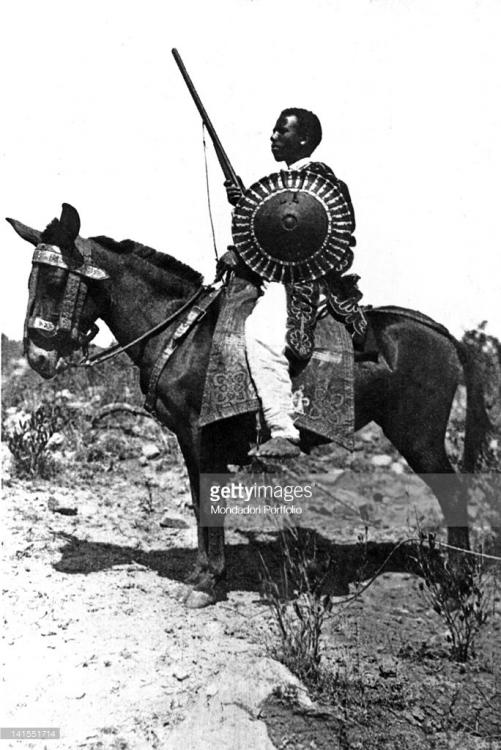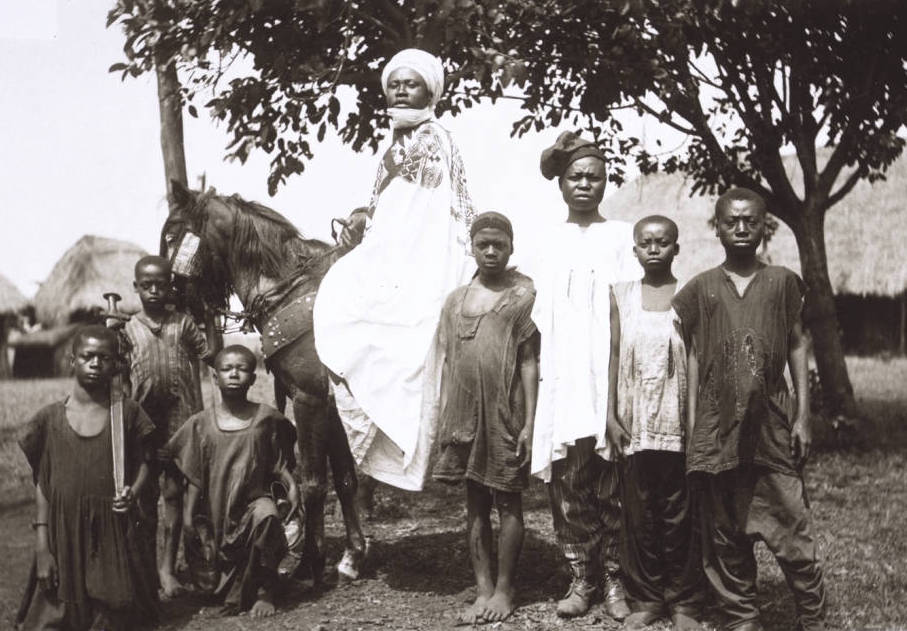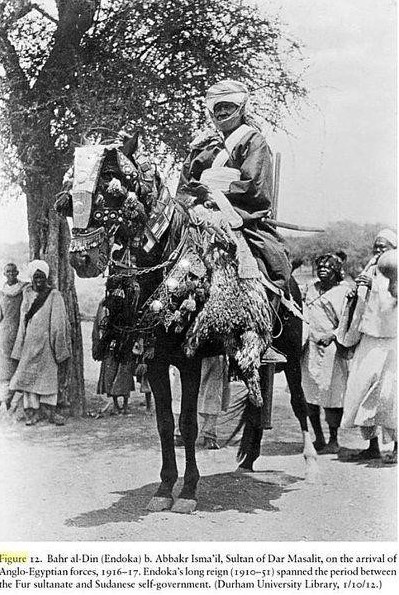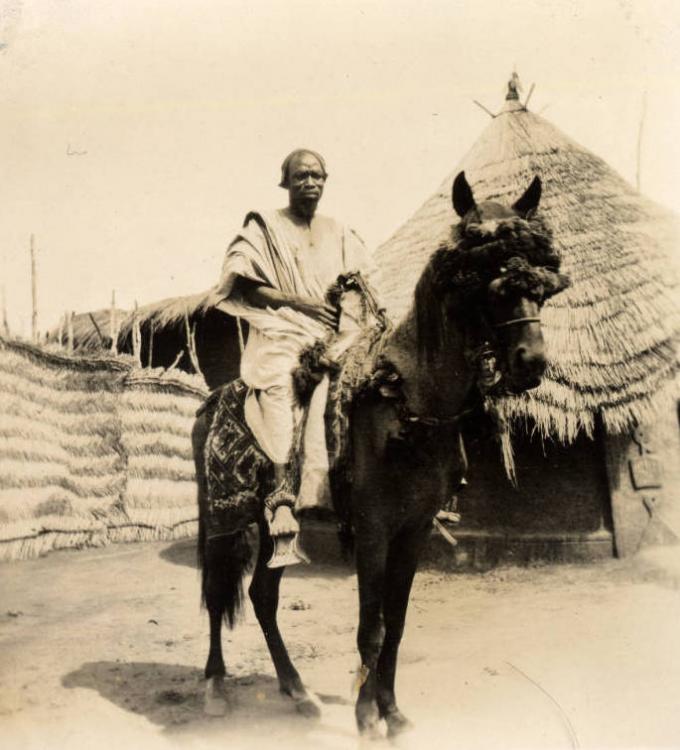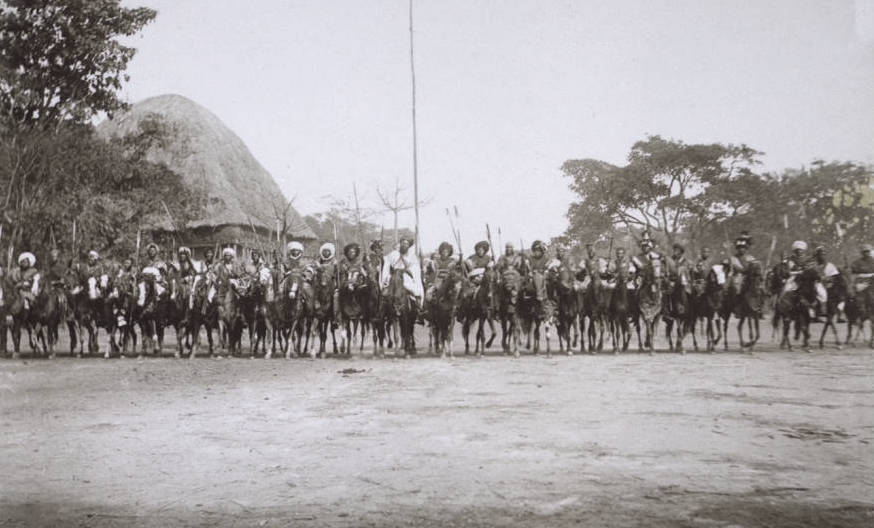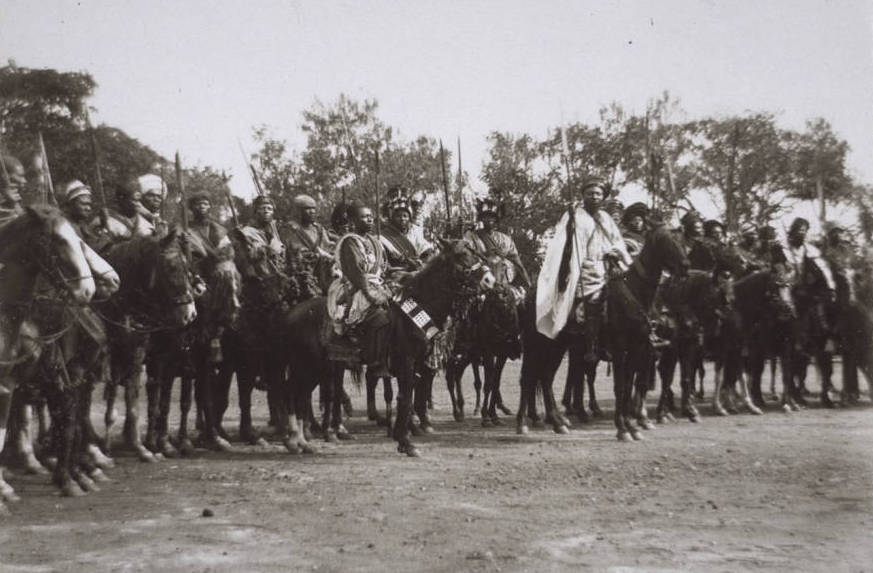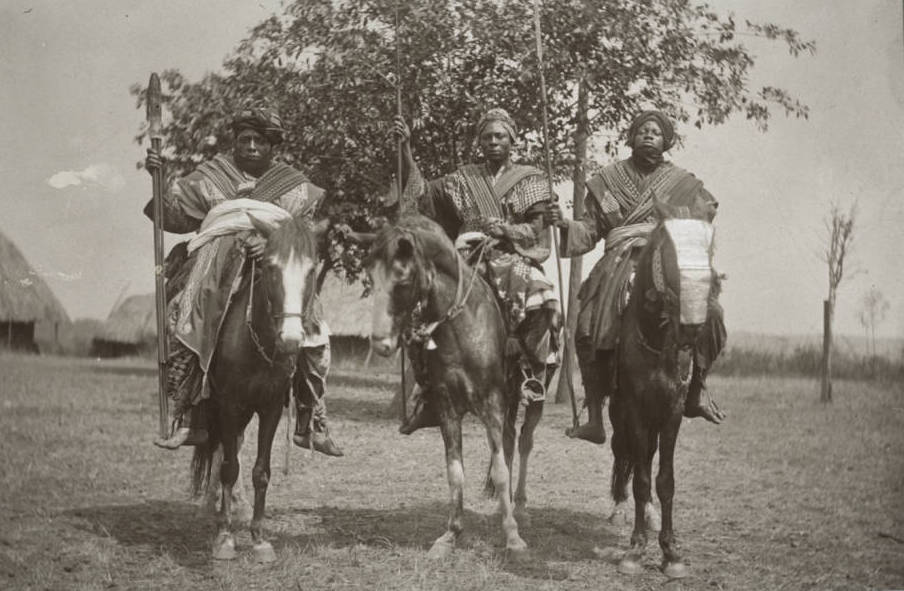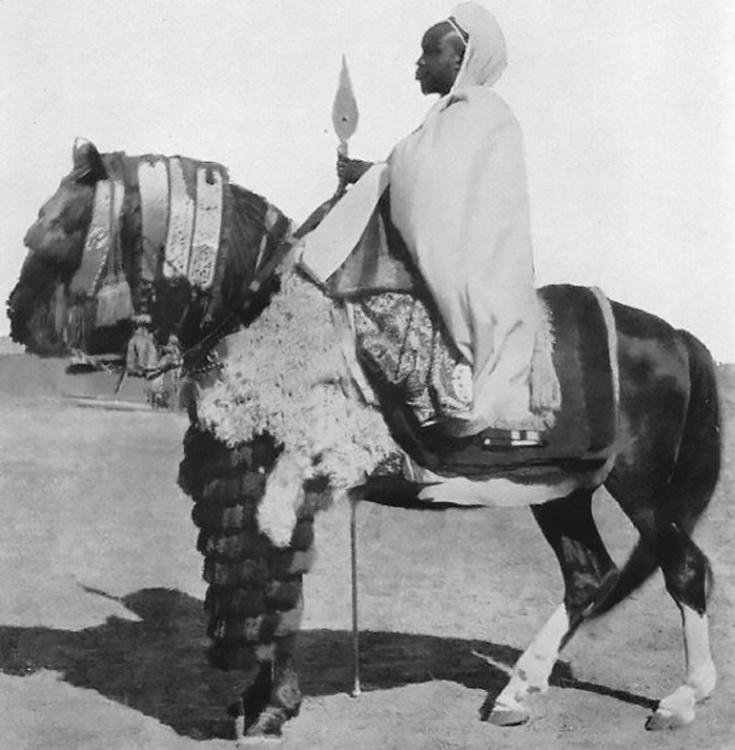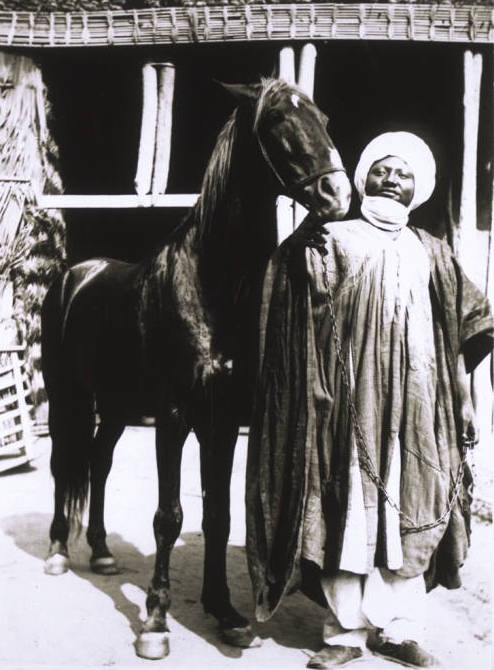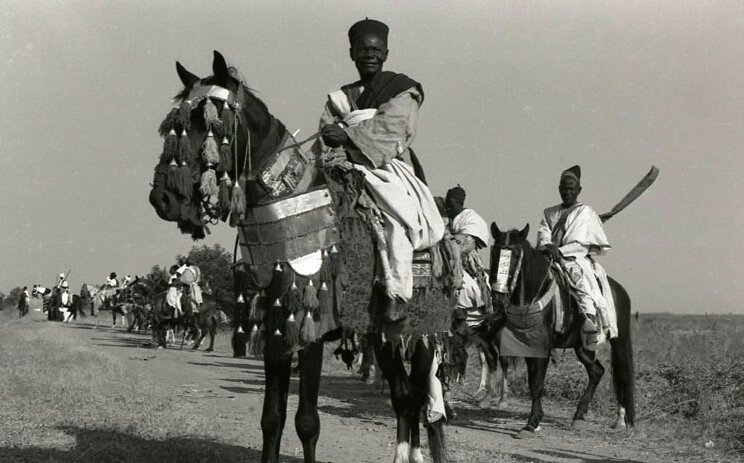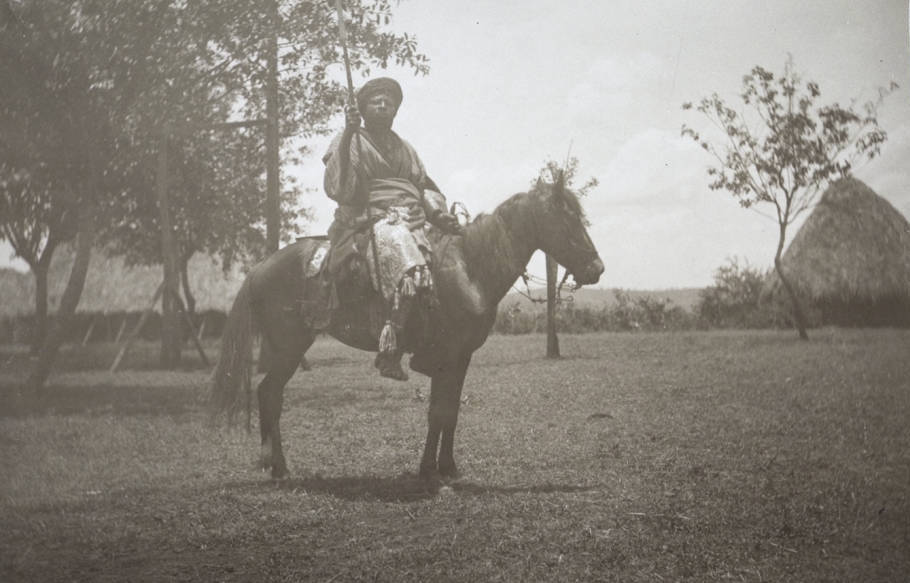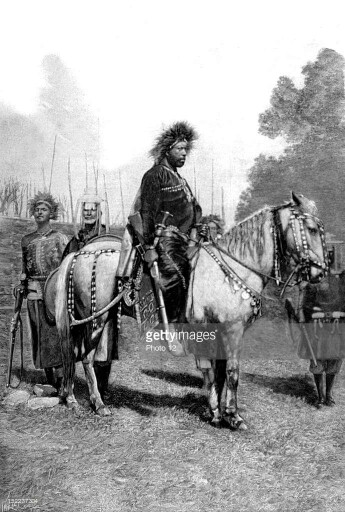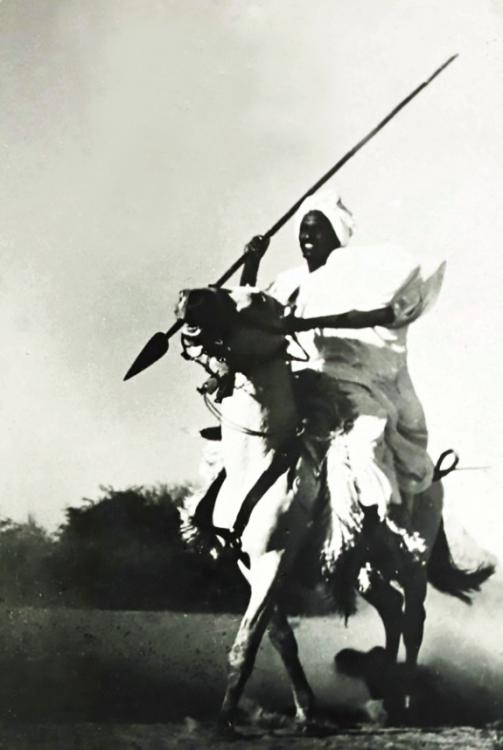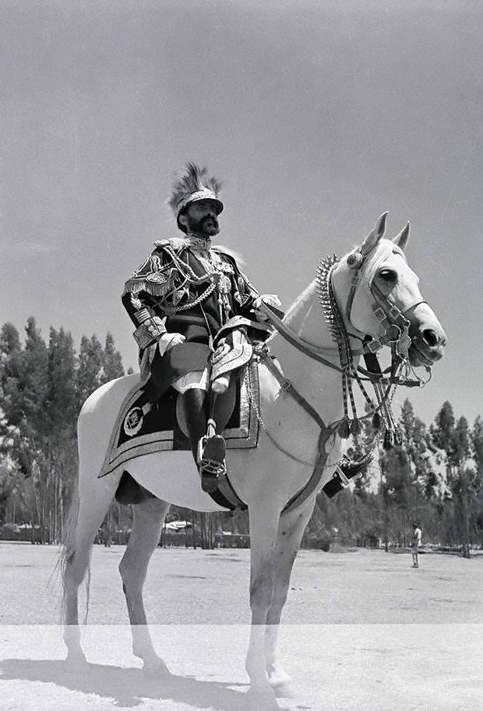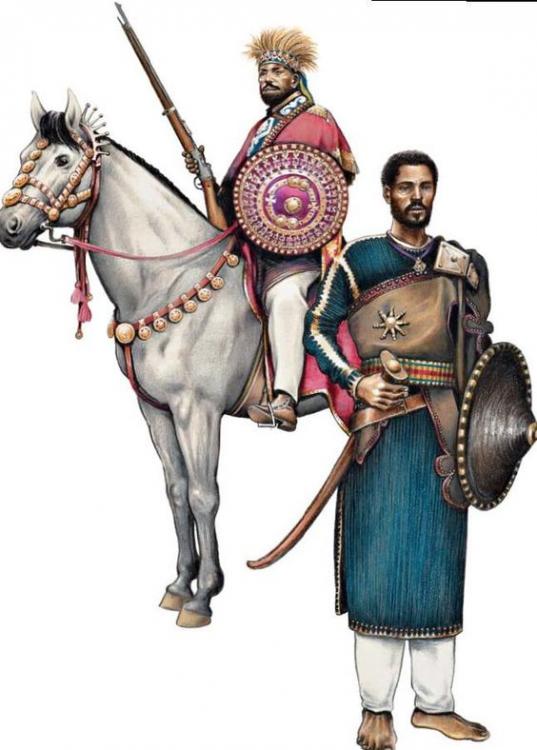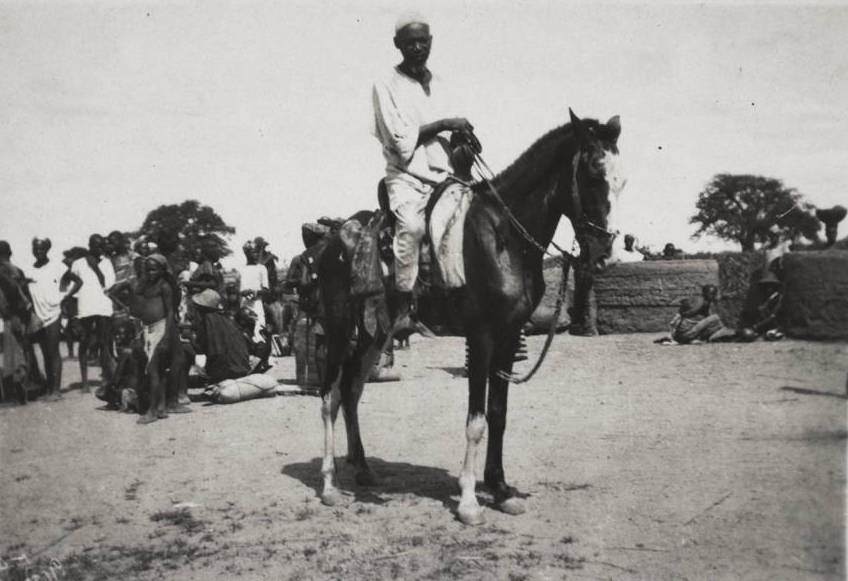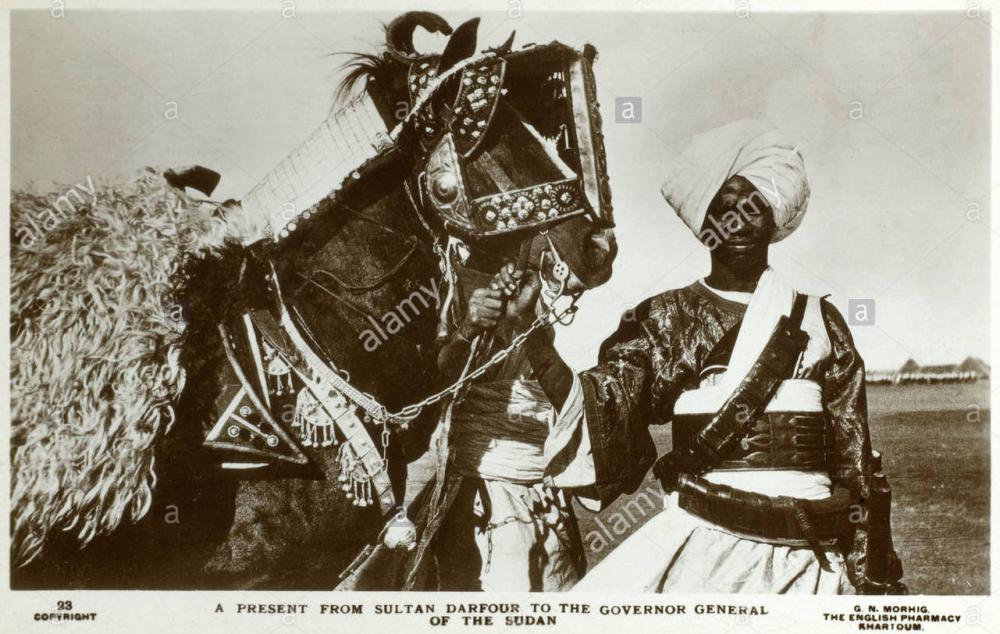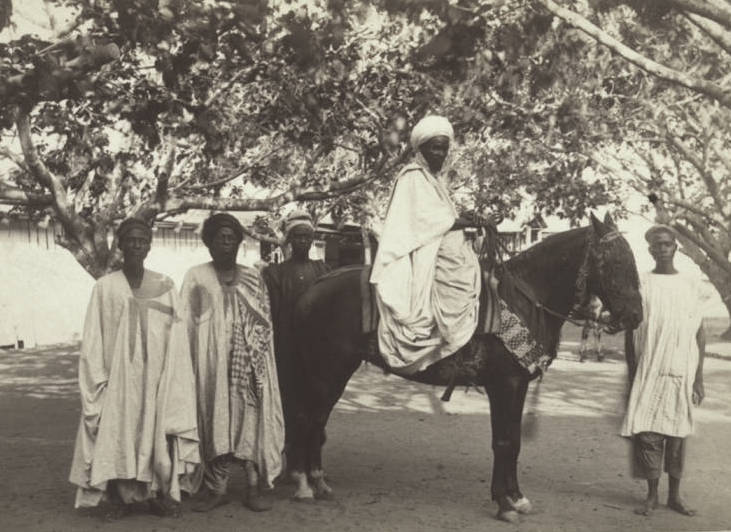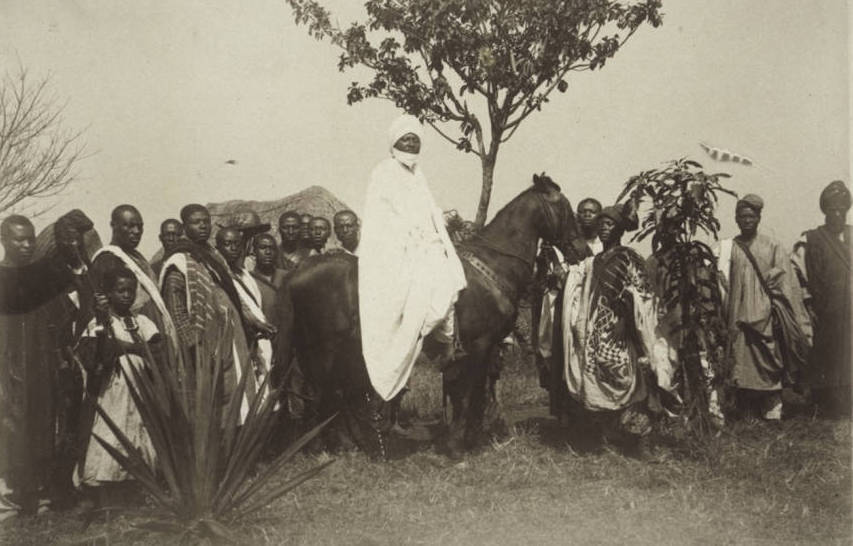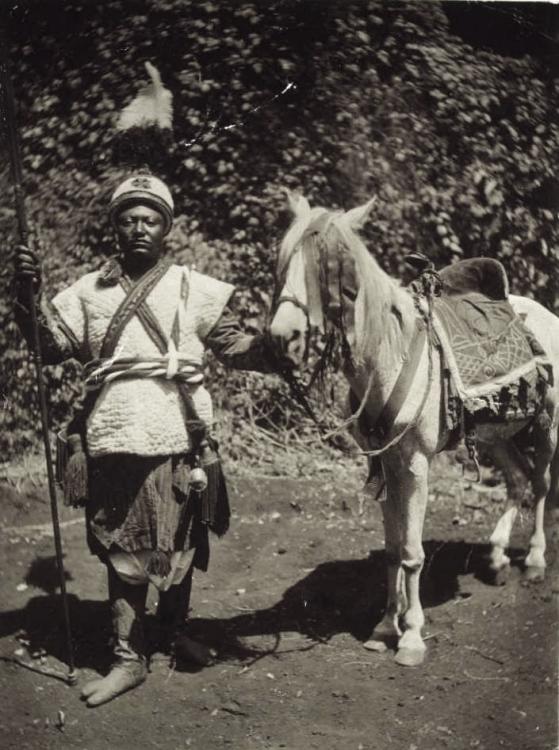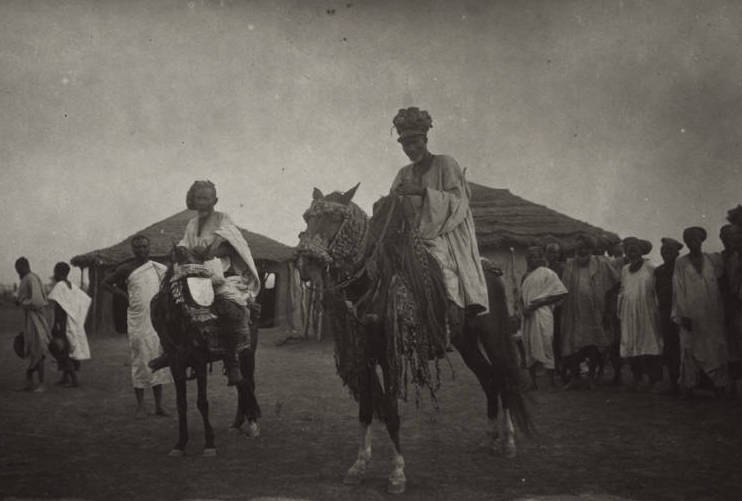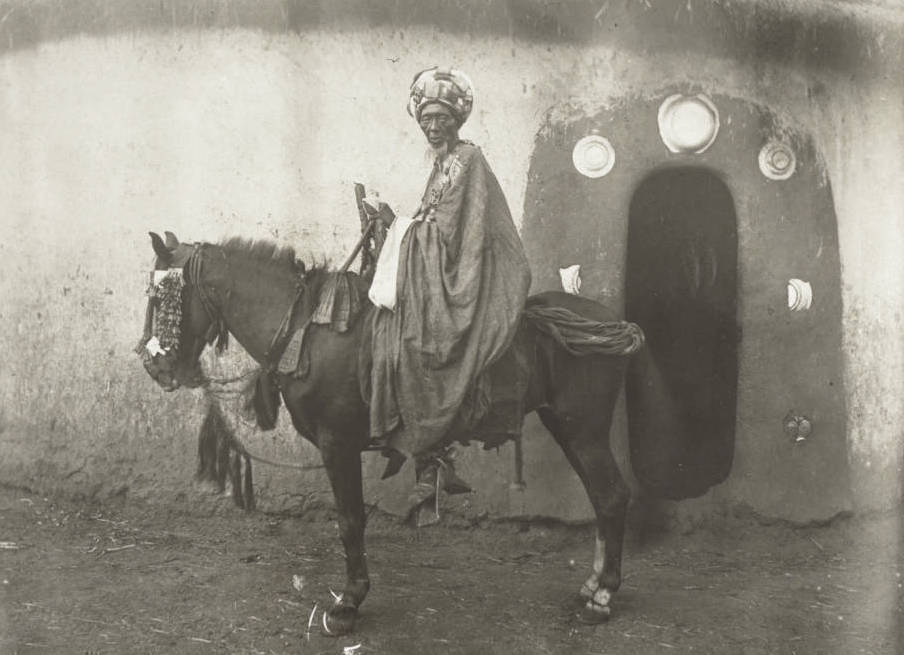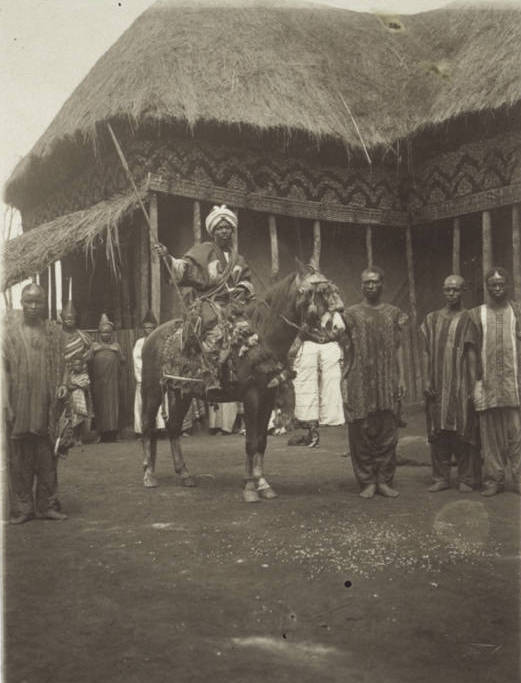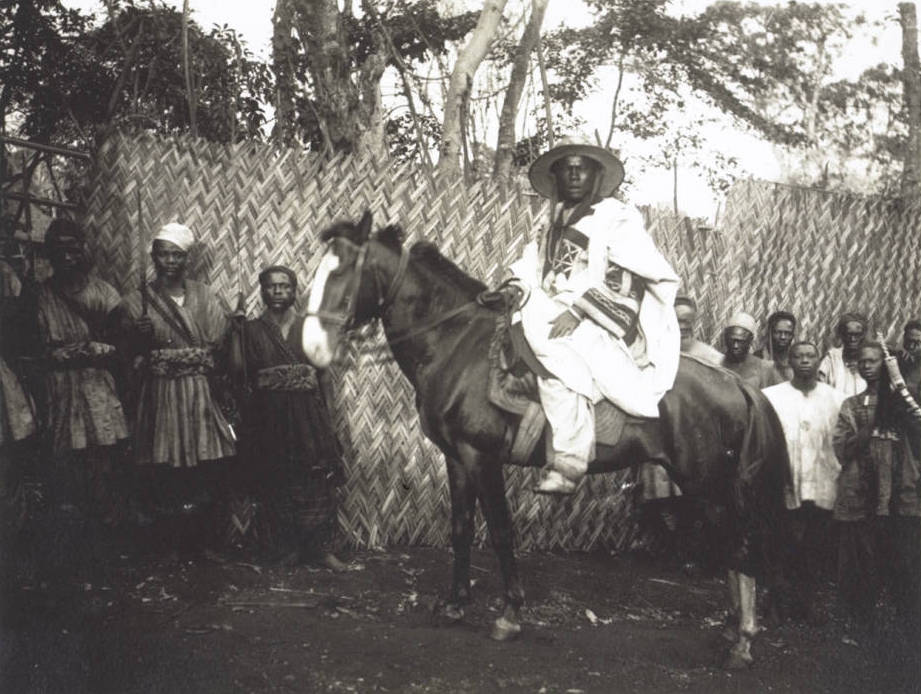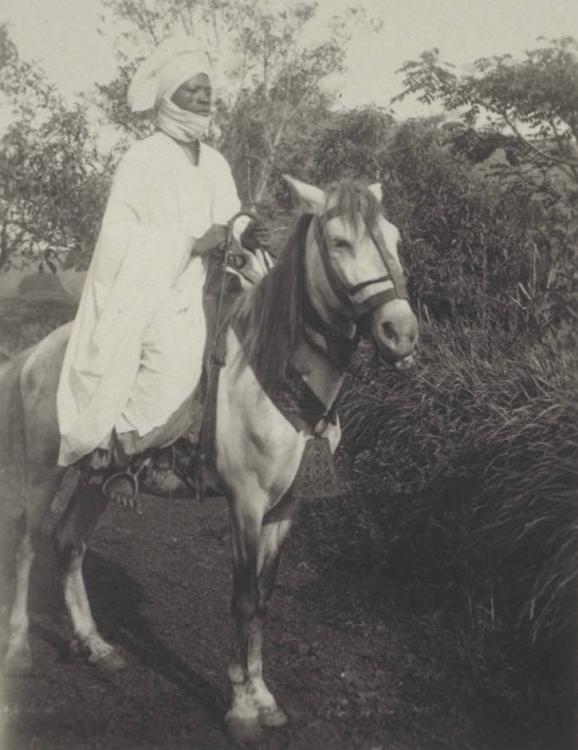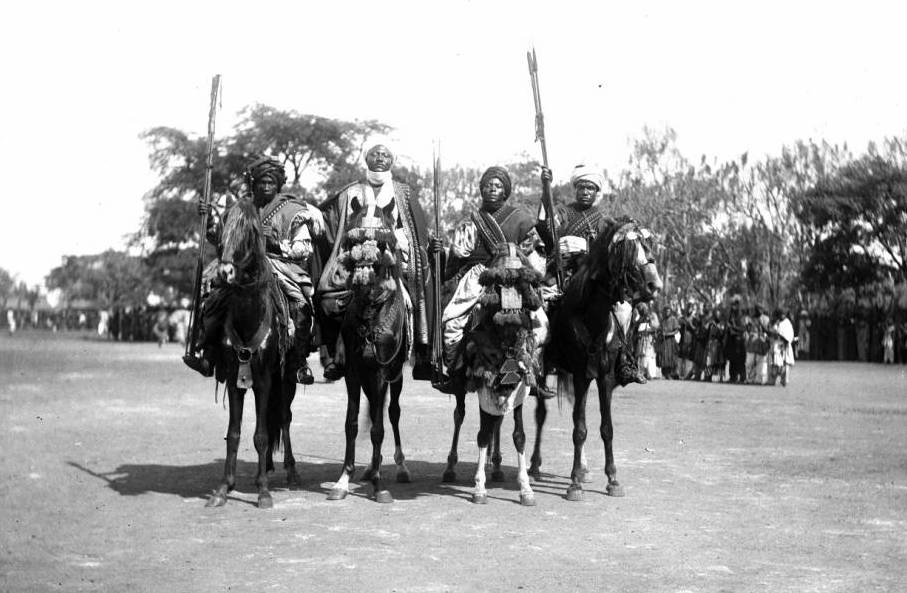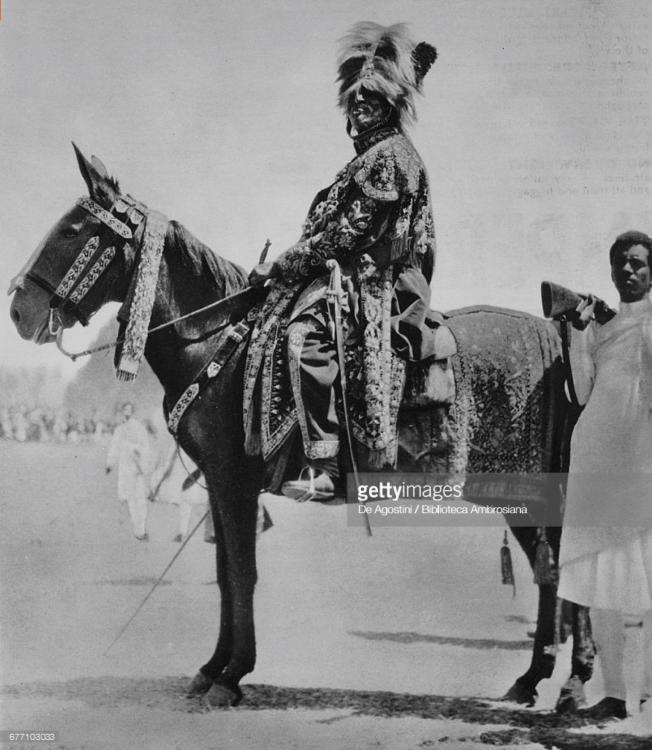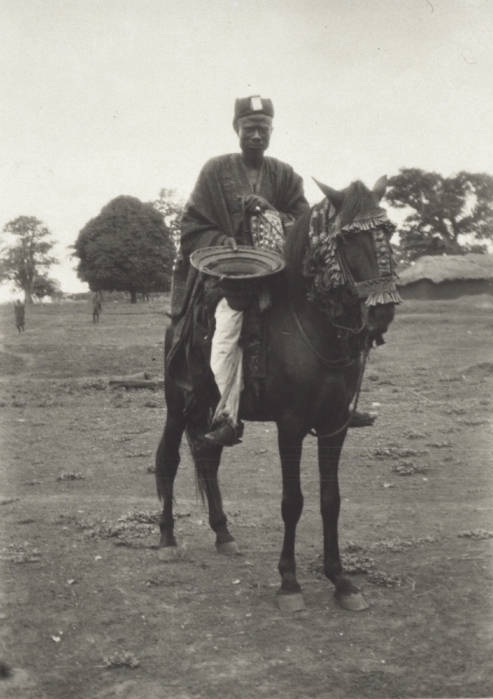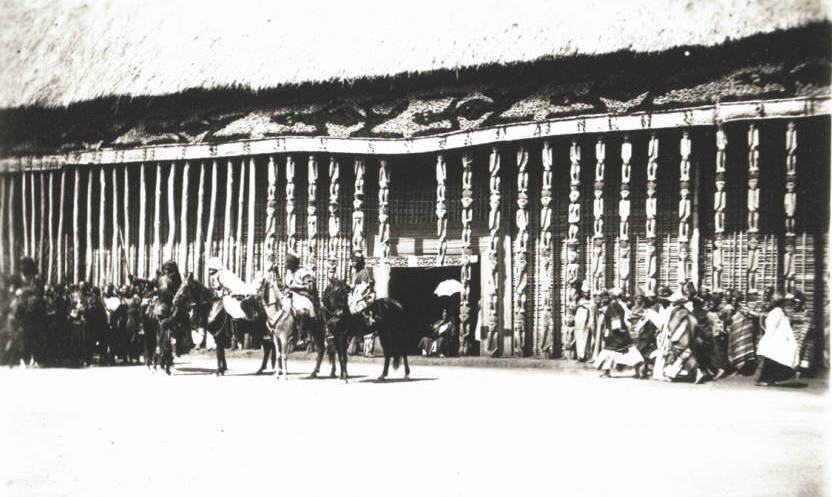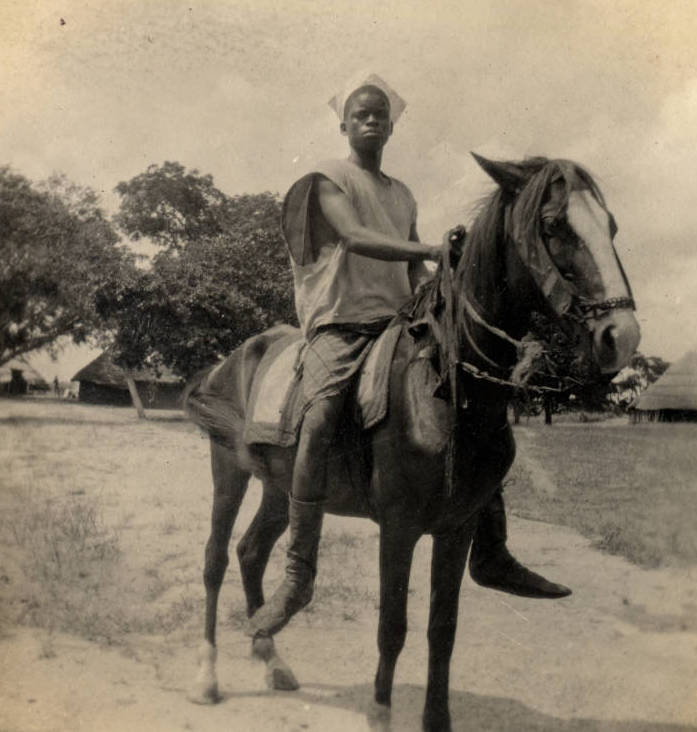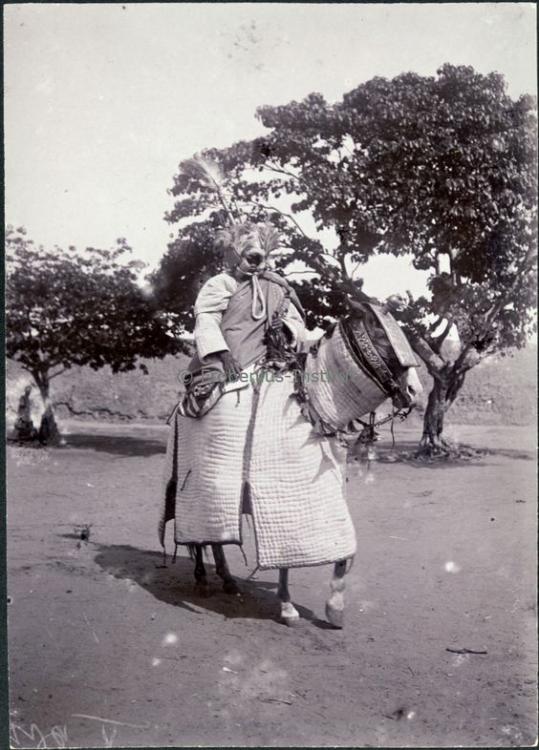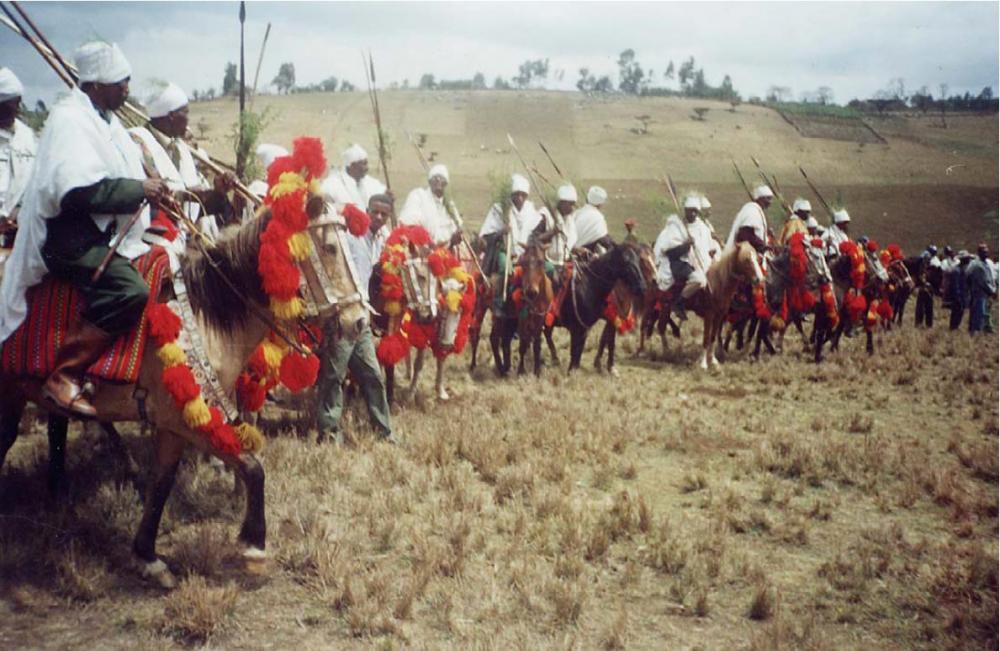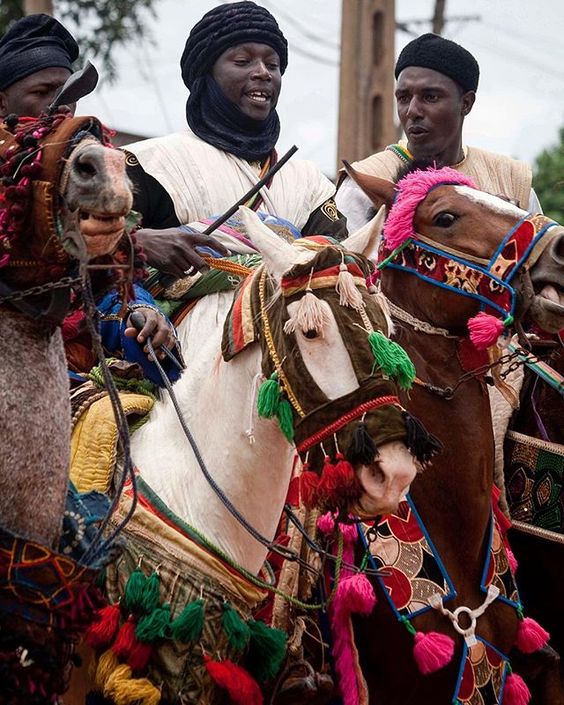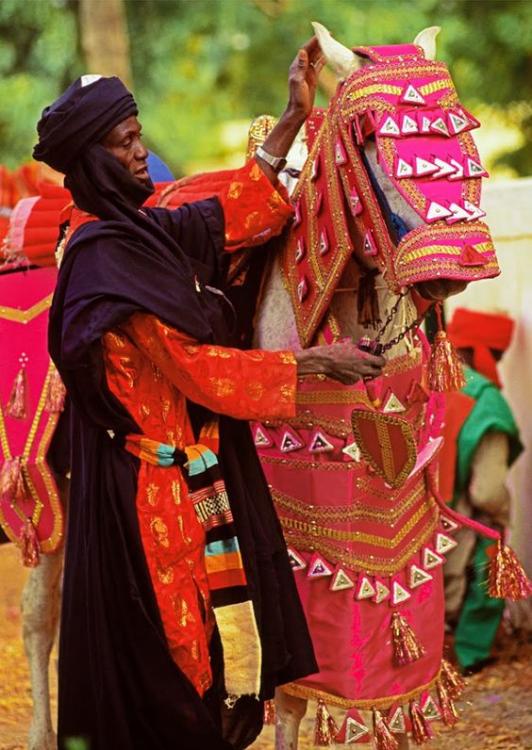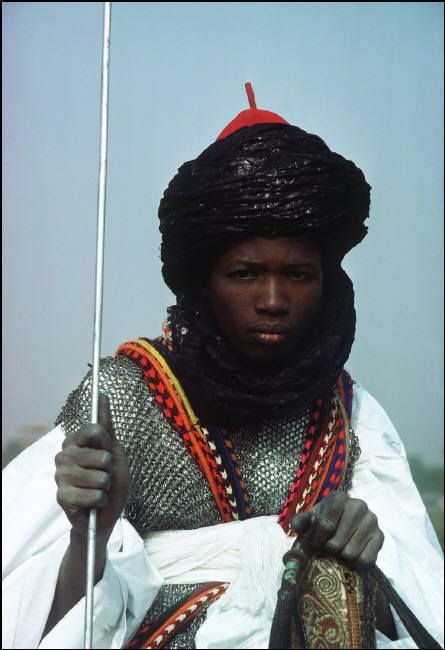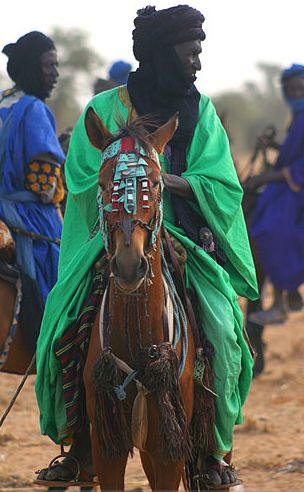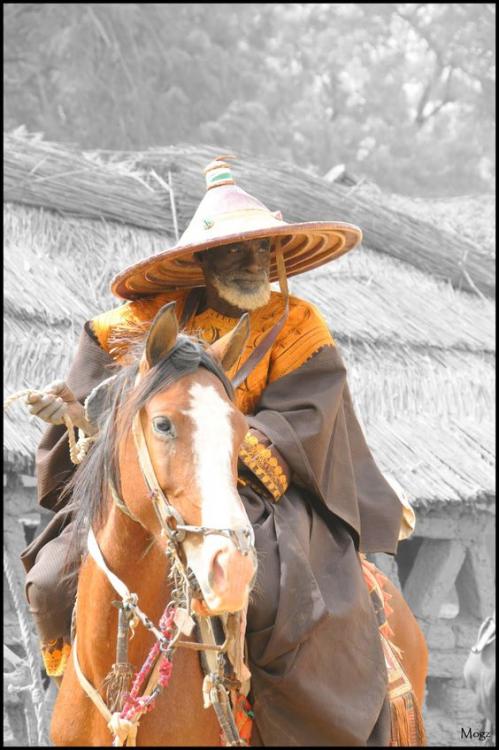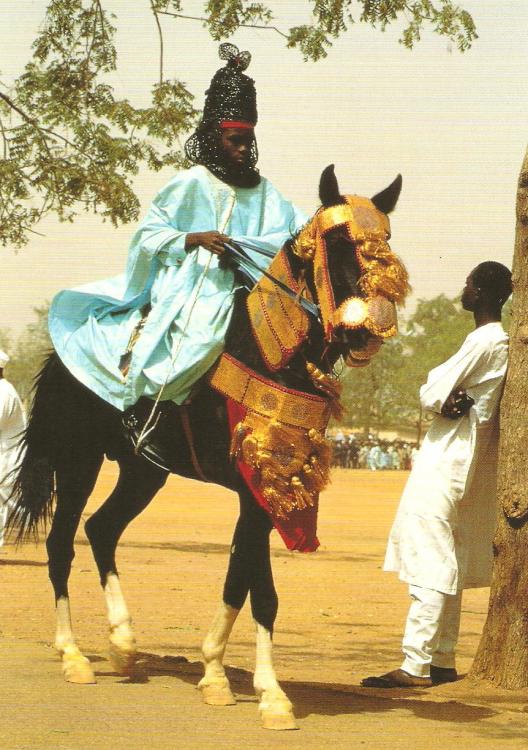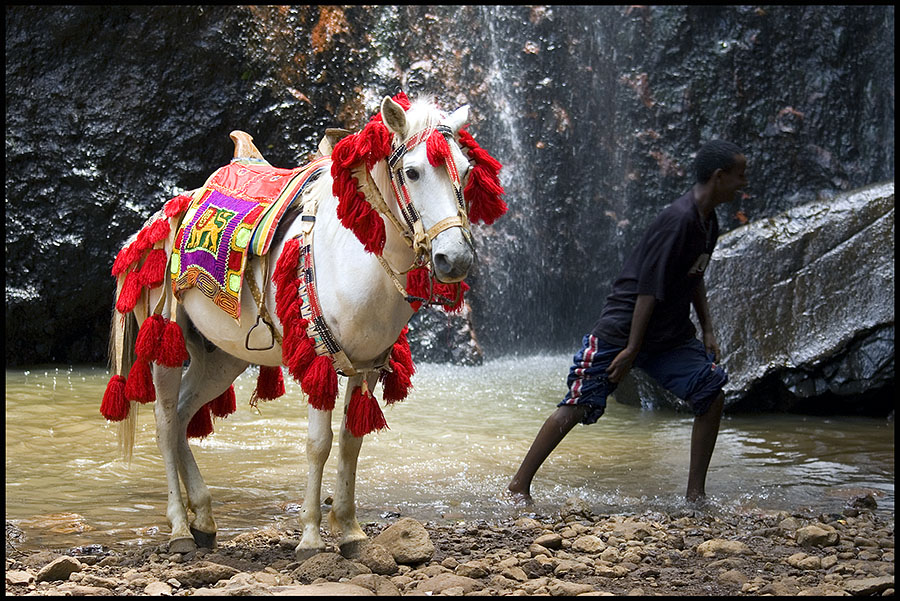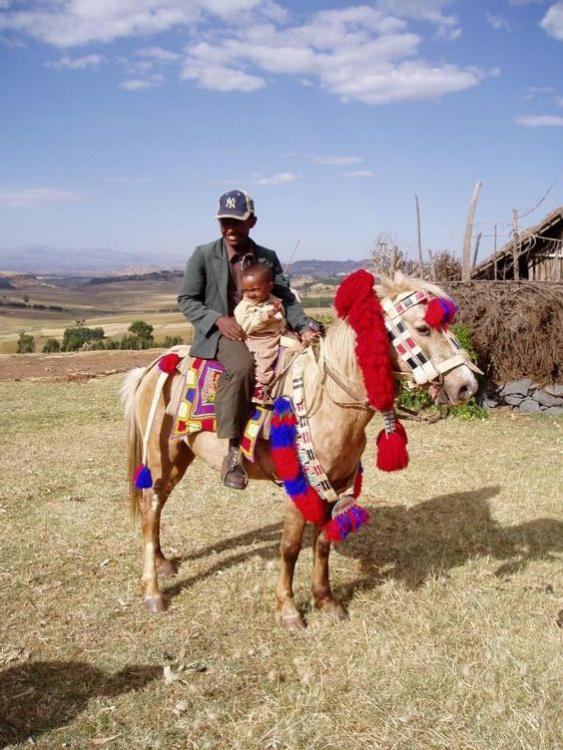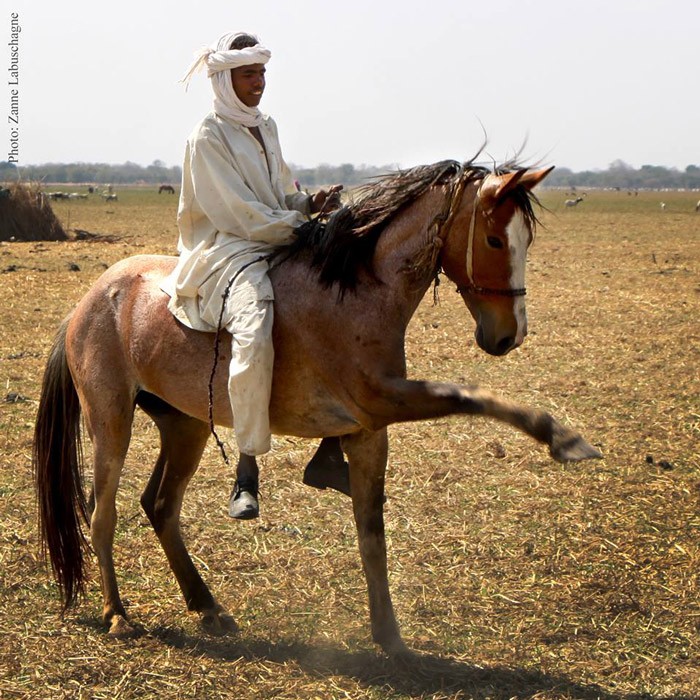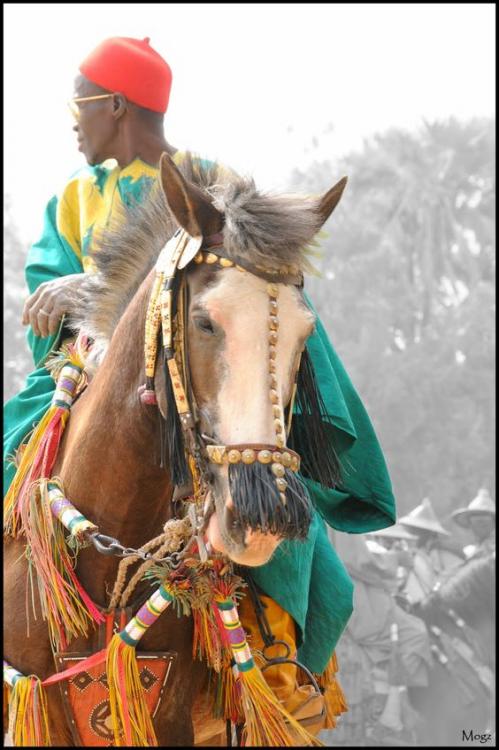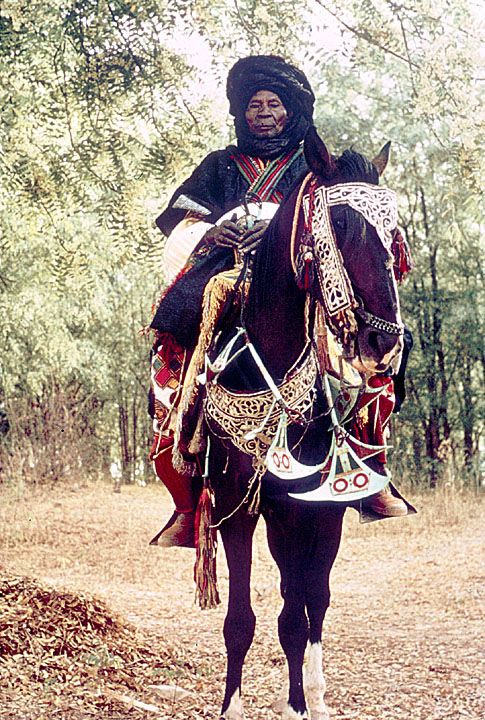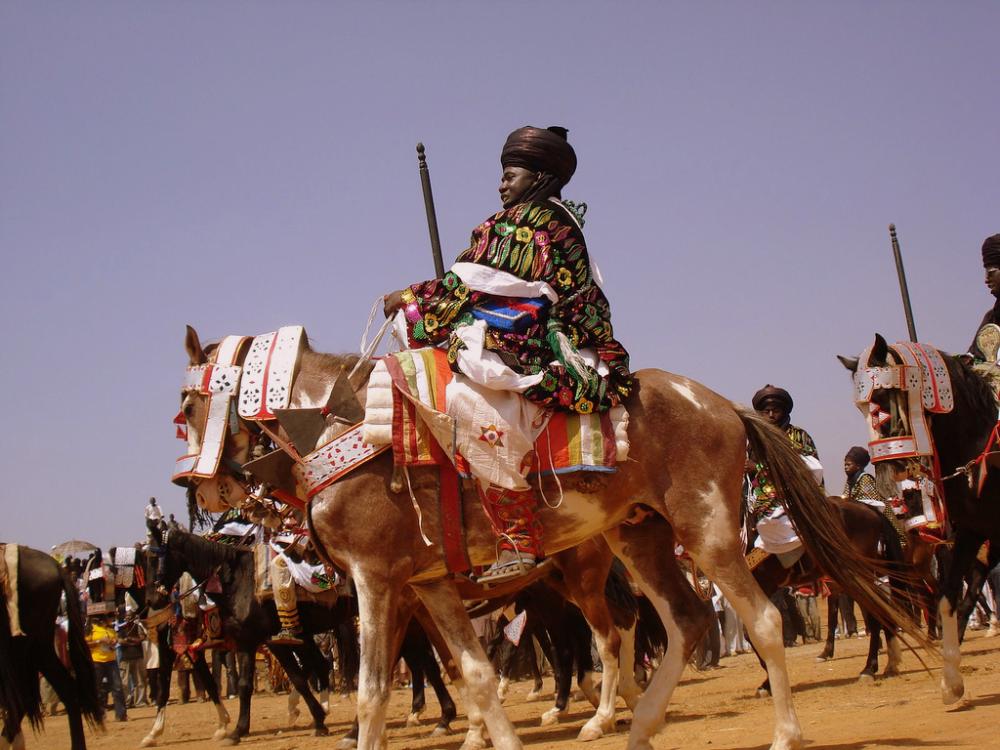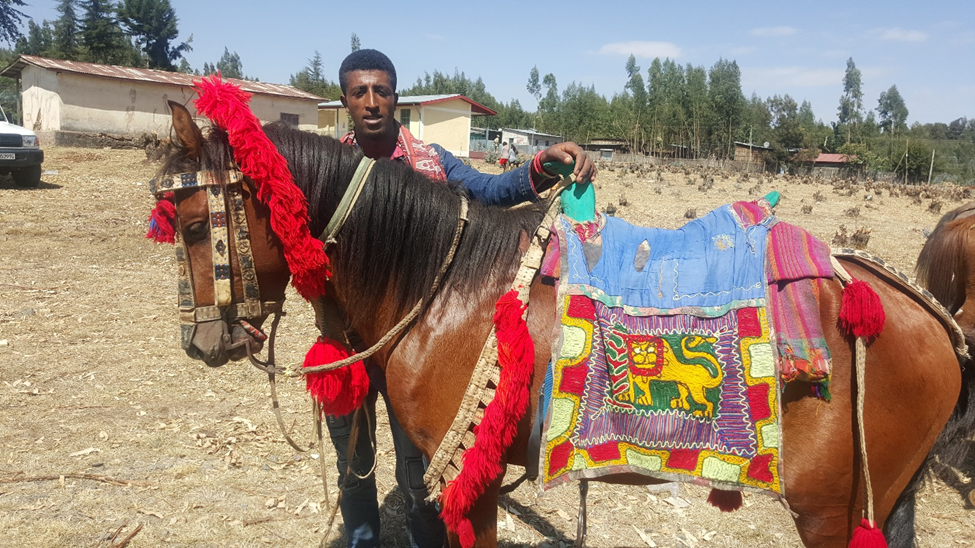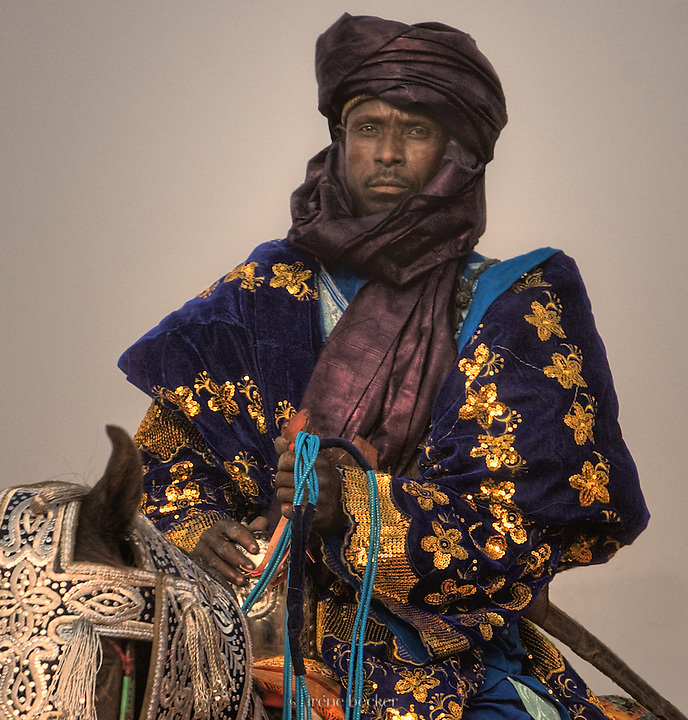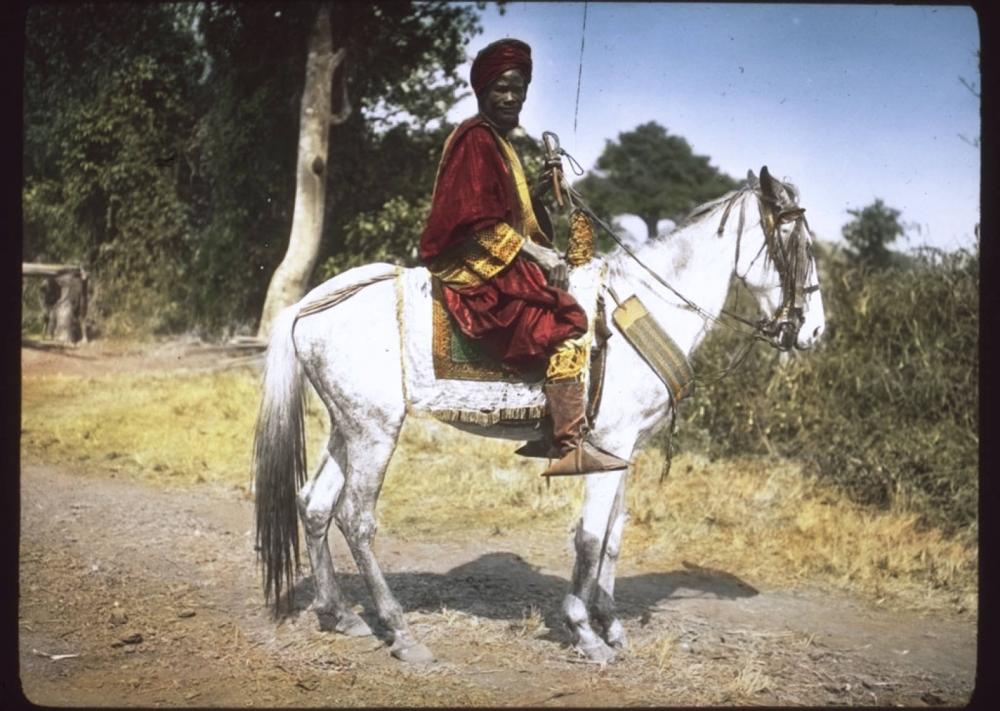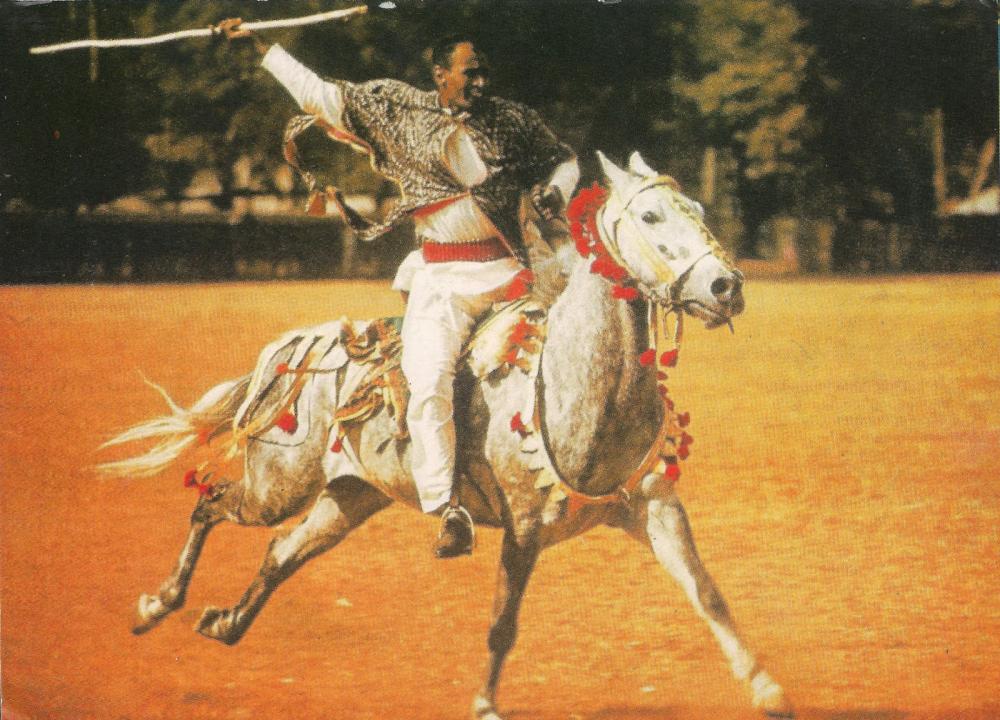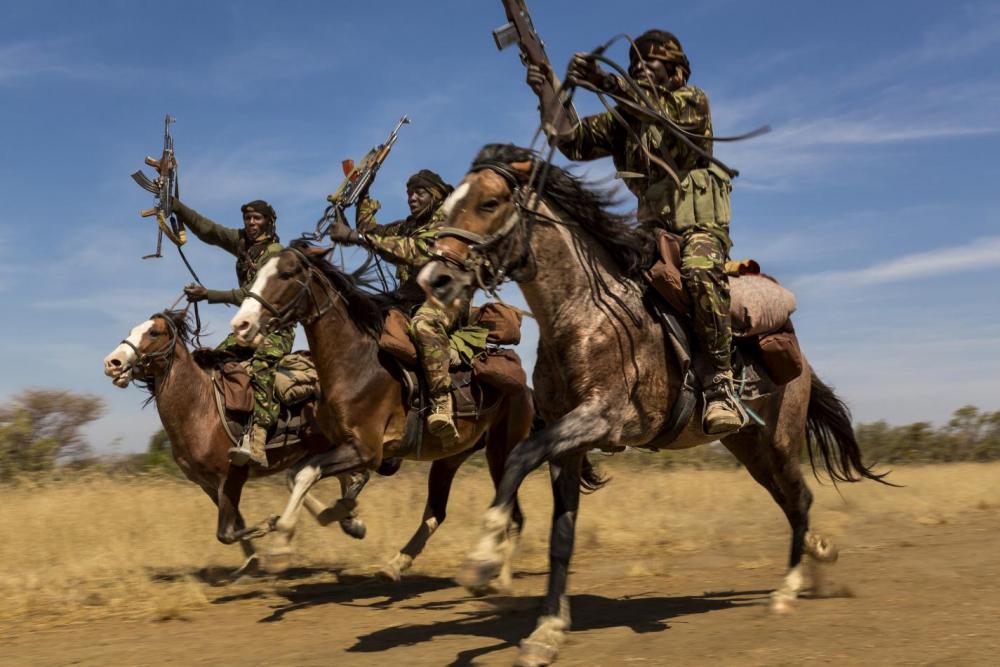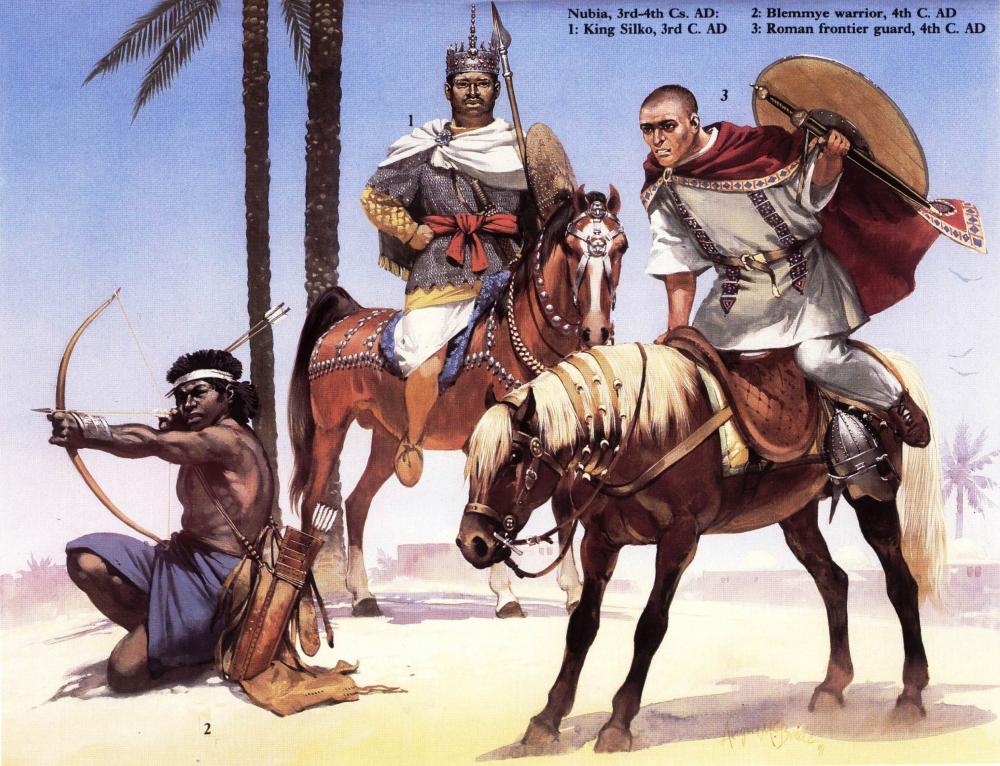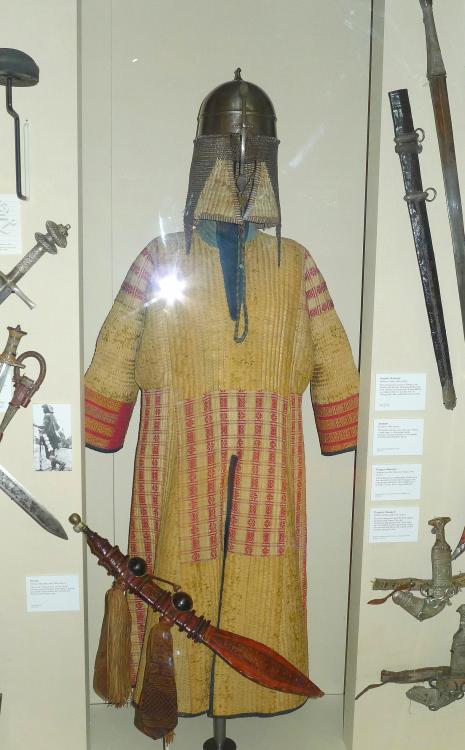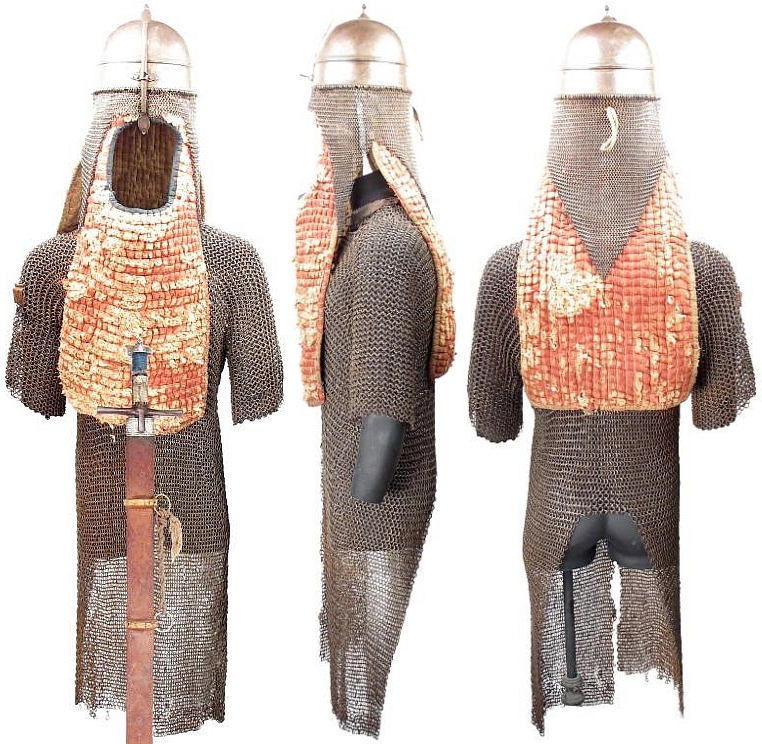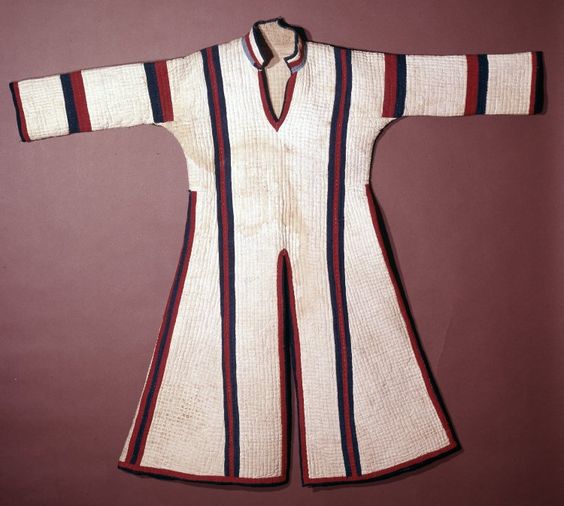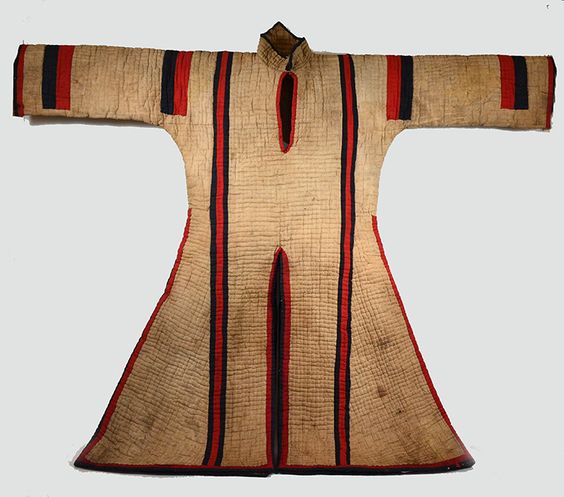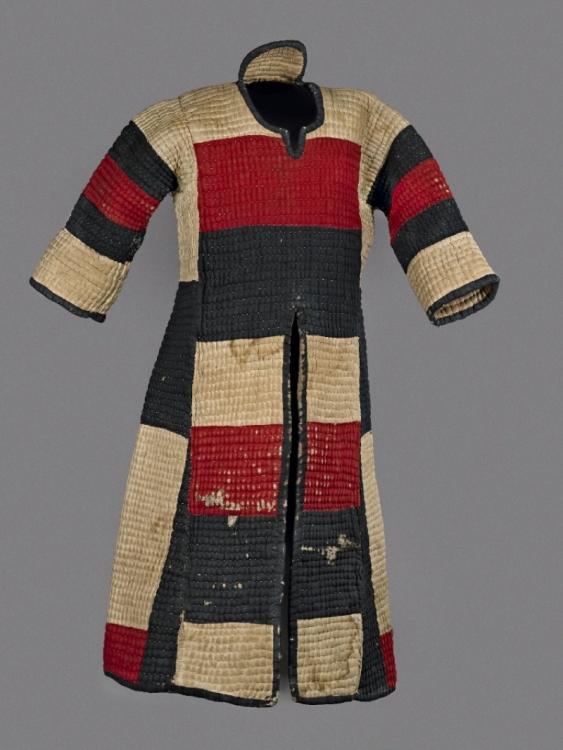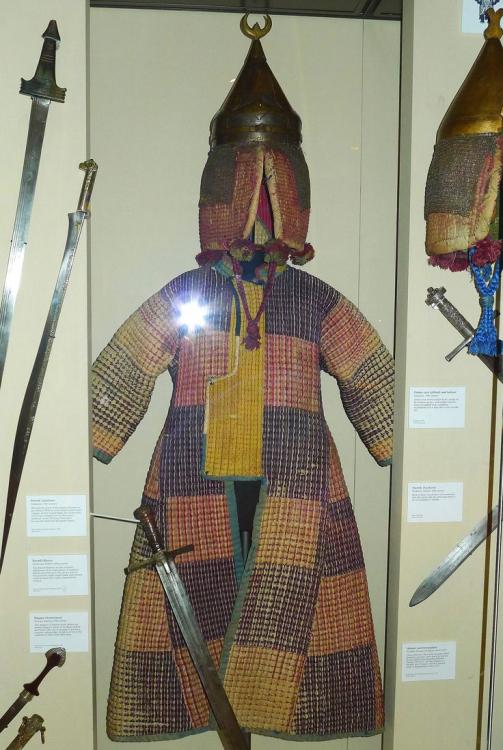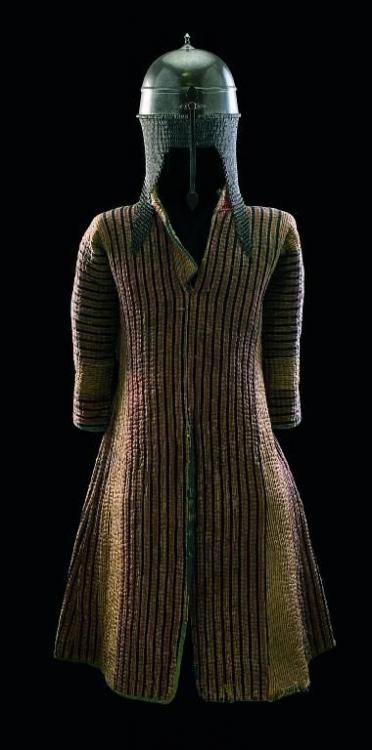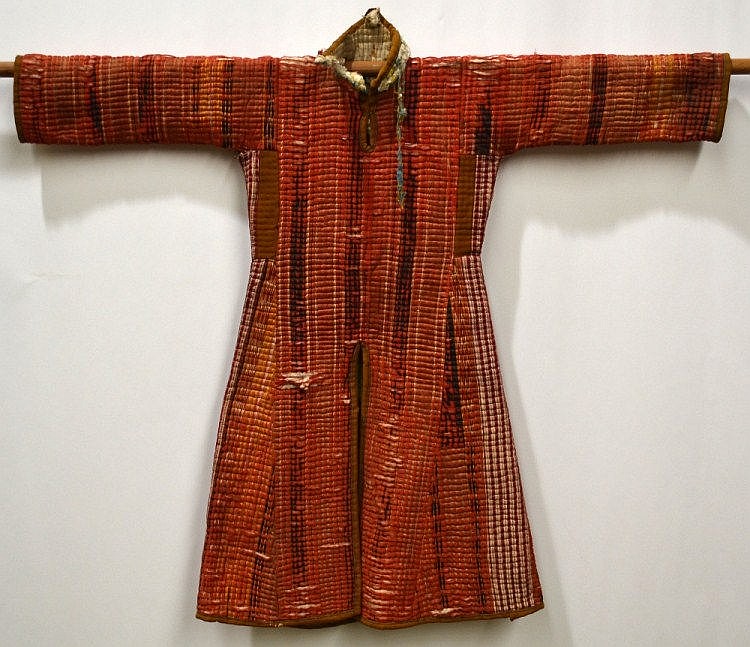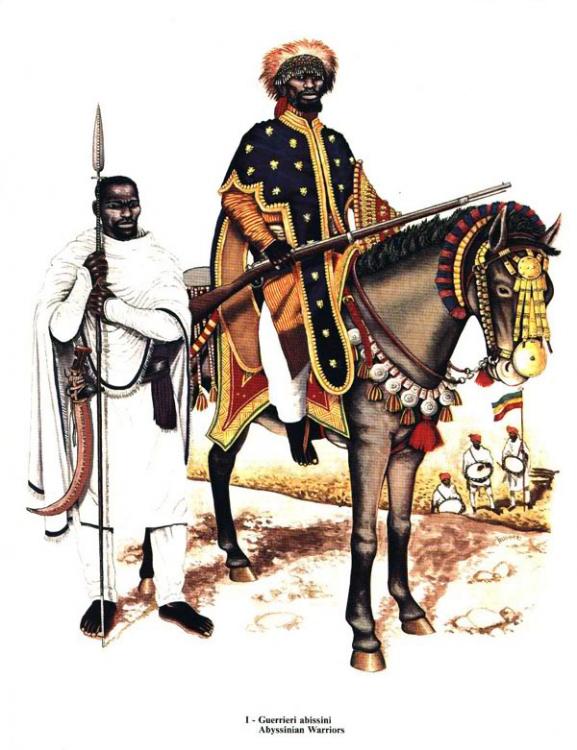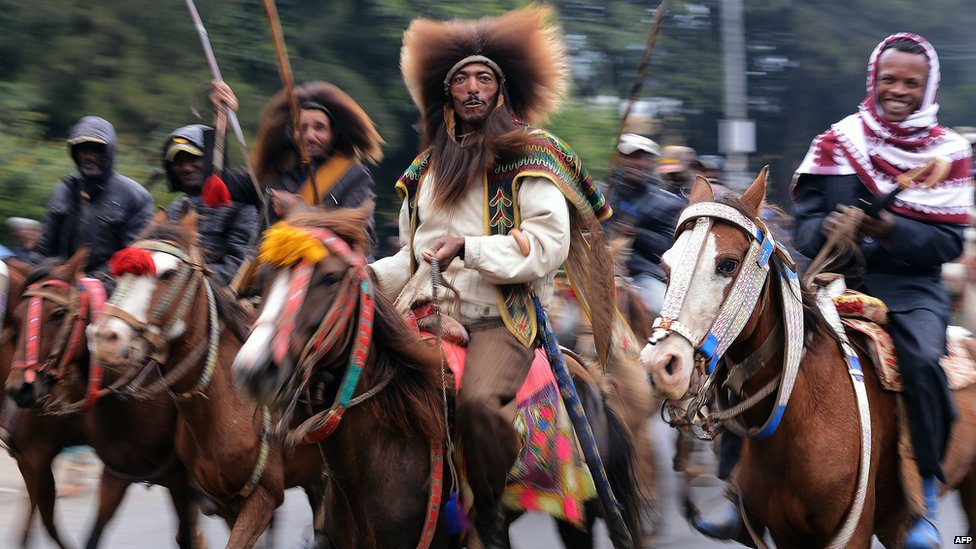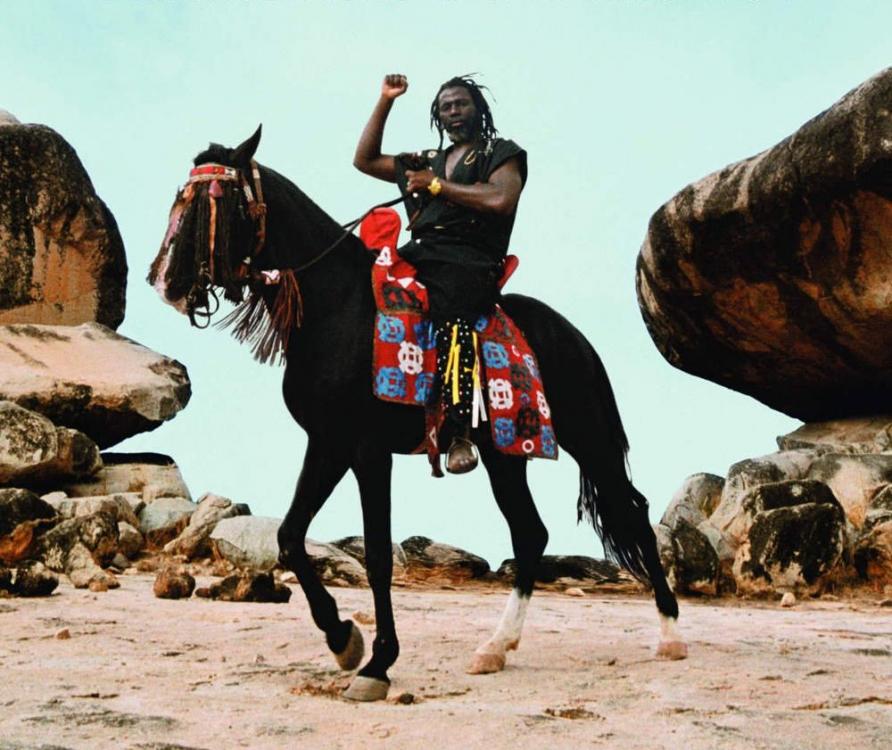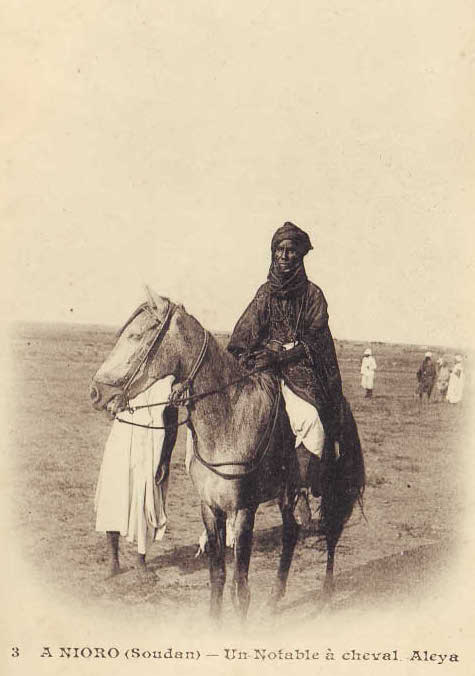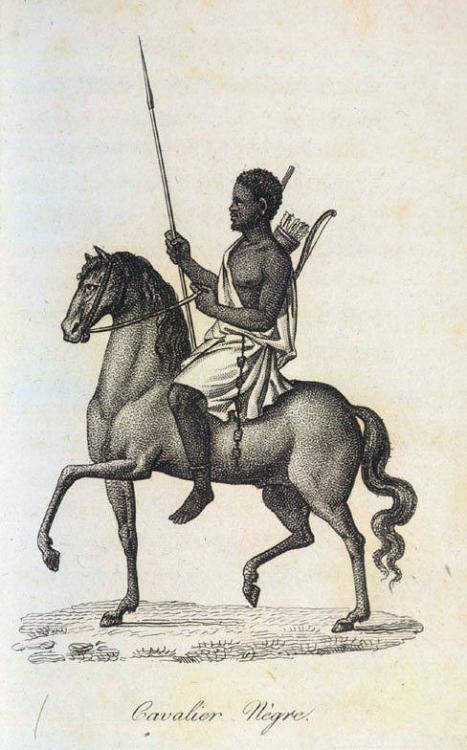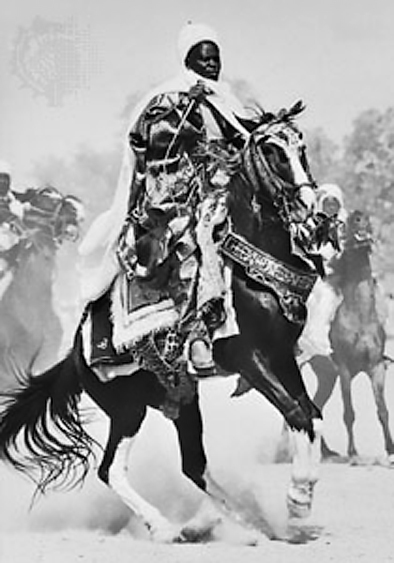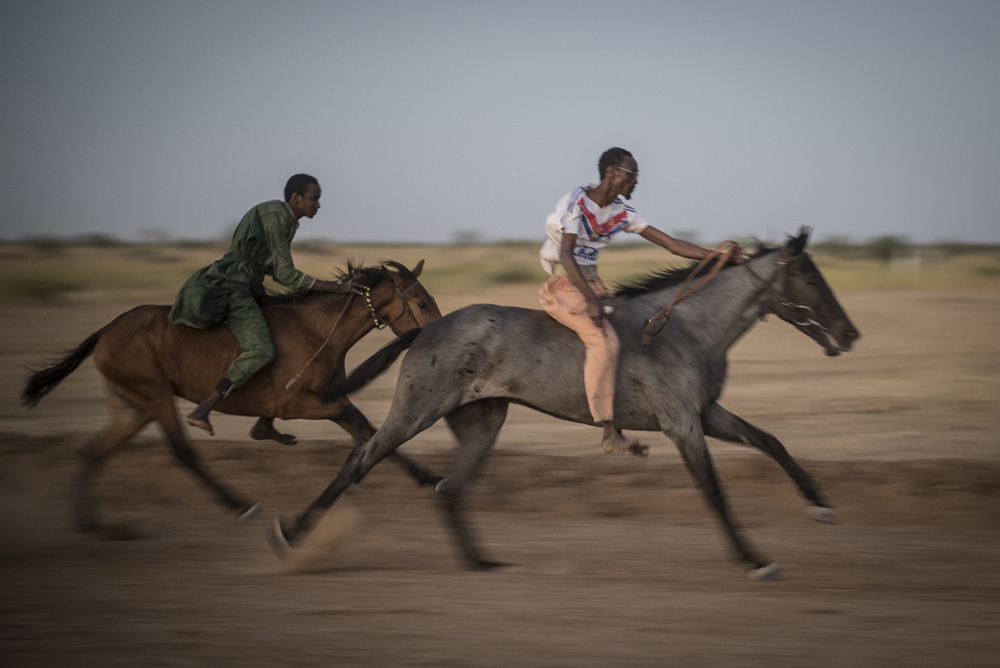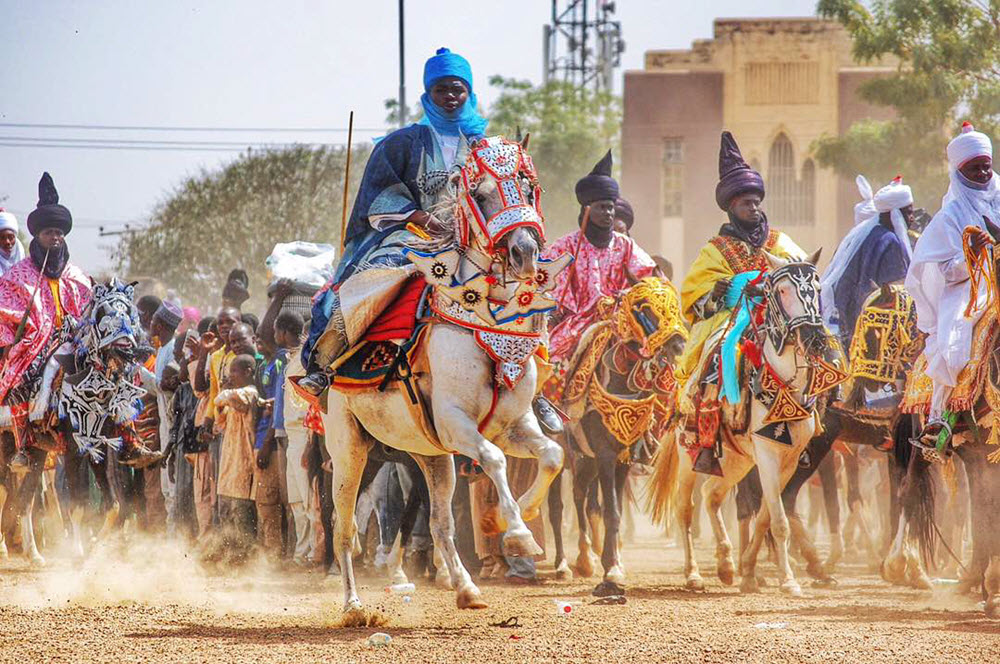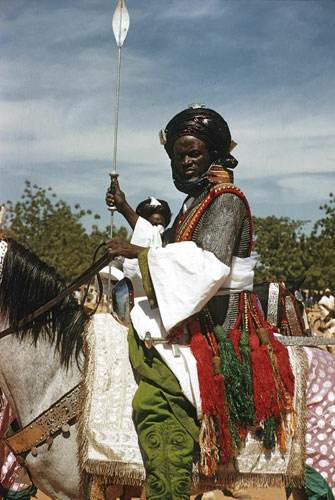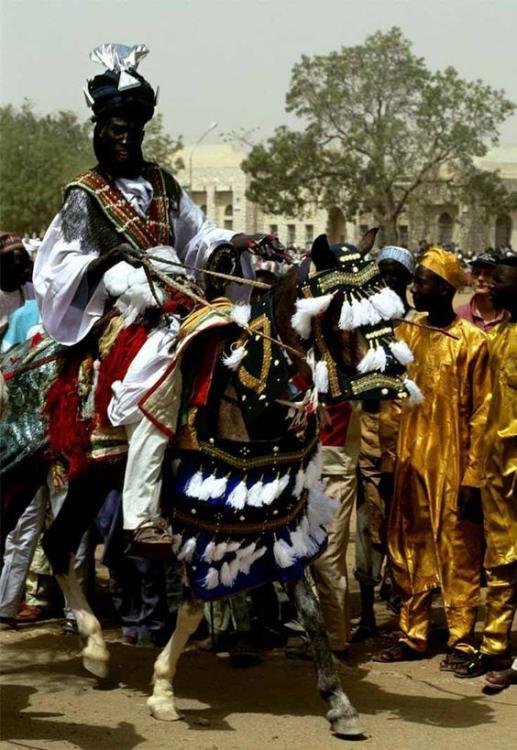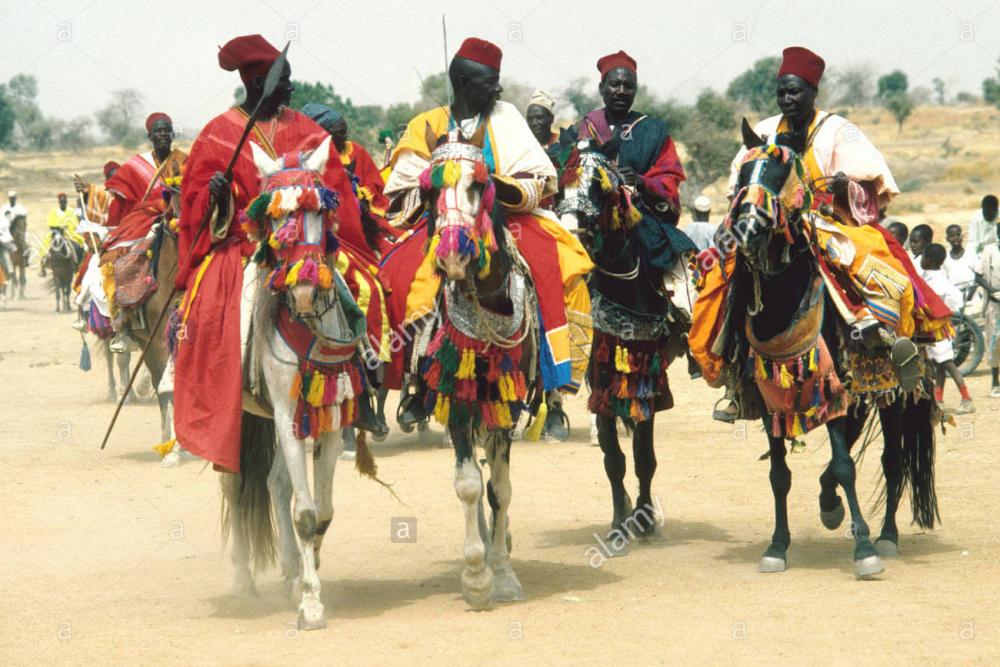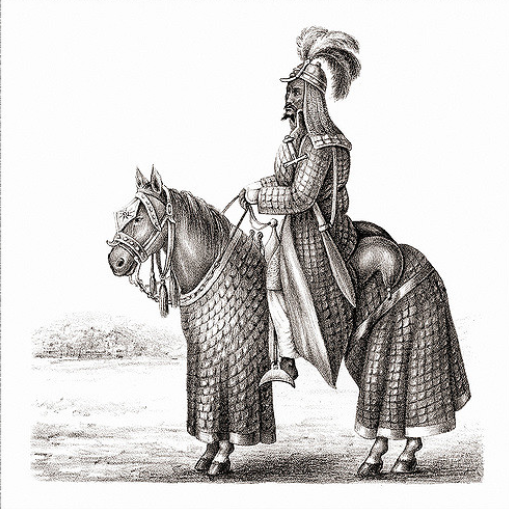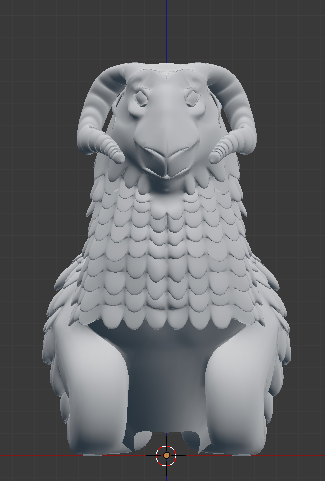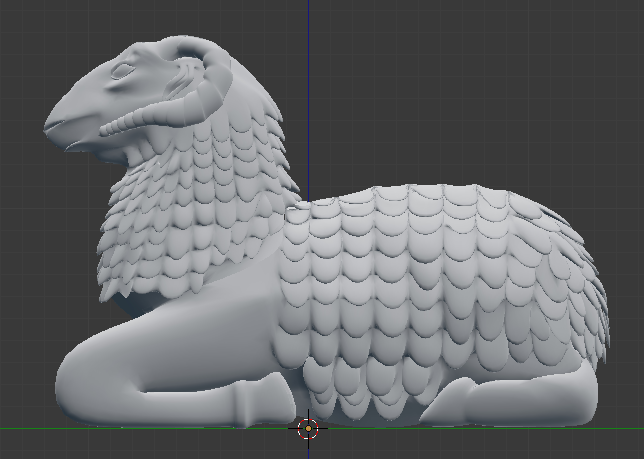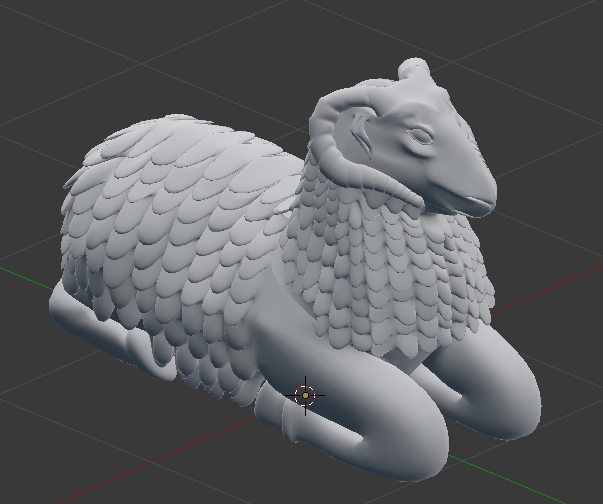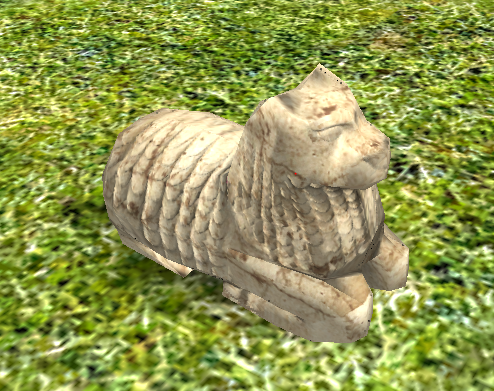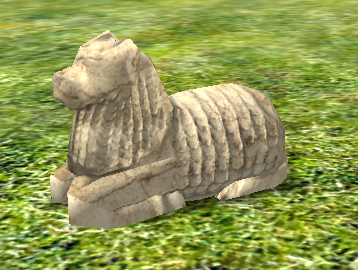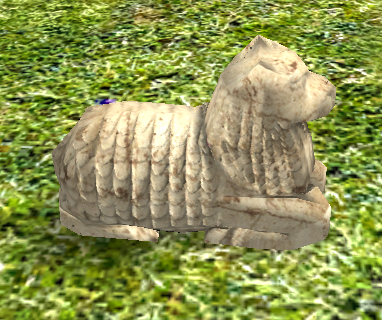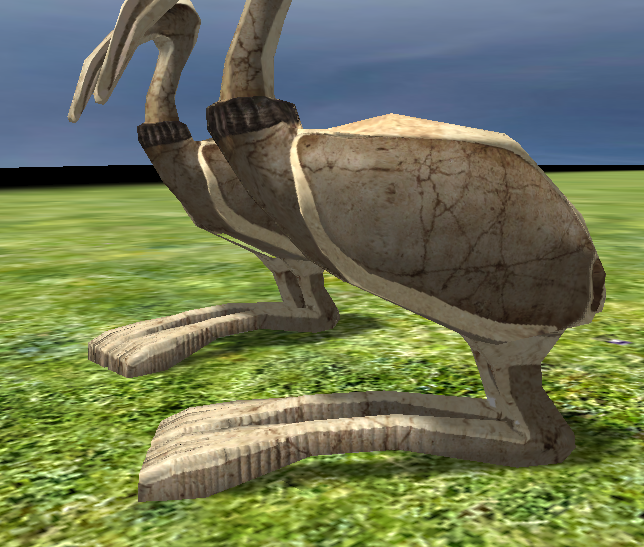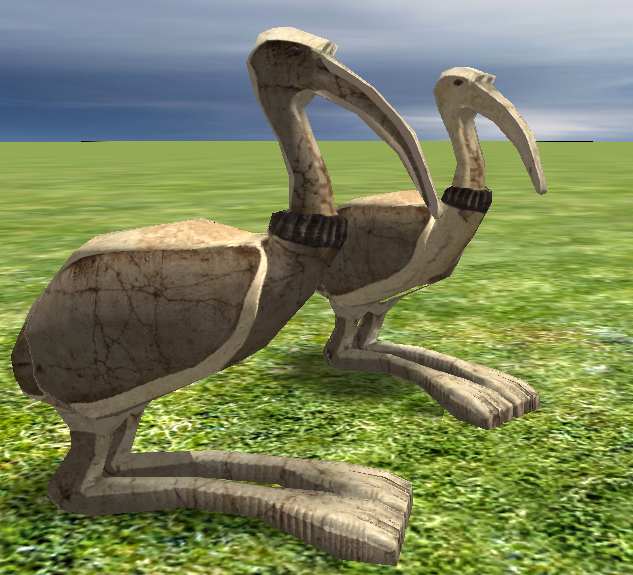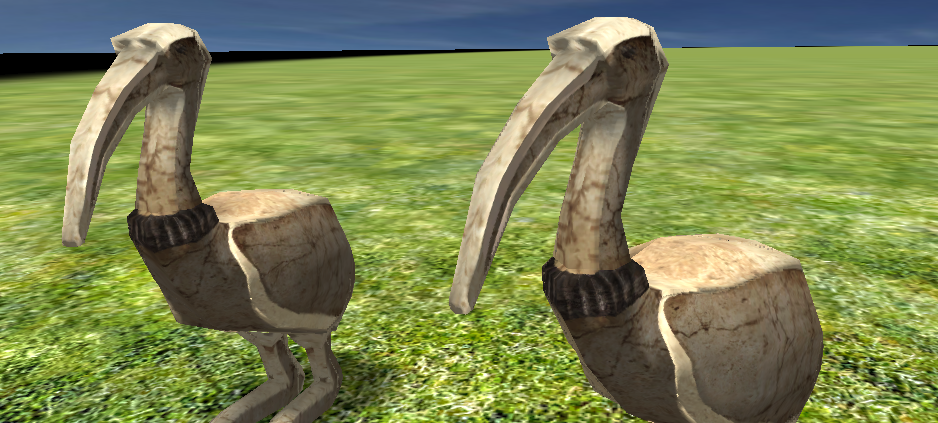Leaderboard
Popular Content
Showing content with the highest reputation on 2018-02-21 in all areas
-
3 points
-
Gladiator for all its faults was the film that ignited my interest in ancient history.2 points
-
If you find great materials like this feel free to make a thread in the art forum so everyone can benefit from them2 points
-
i found in blendernation one addon free with 15 custom brushes for rock's so they work perfectly for helmets, leather, etc. Link https://www.blendernation.com/2017/08/26/free-download-18-rock-brushes/2 points
-
2 points
-
I have figure it out what the issue was, it seems it wouldn't let me install it in the program(x86) files, so i have to install where program folders are lcoated as the location which is: "C:\" thats where i put where it has the folders of user, Program folder & etc. thank you guys for your help;0.1 point
-
Yeah, it's a proper word which entered English in the Renaissance; Latin histrio means “actor”.1 point
-
Callisto, that actores look dome crazy. I mean she have a expressive face and her eyes. she is very histrionic. But they aren't so wrong with amazons customs, if you related them with Scythians or Xiongnu. For kids is good thing, because they can learn the cultures around the world and their myths. Its interesting they later introduce angel culture.1 point
-
no real community consensus on them, and I'm not particularly happy with them myself. I'm not sure better than nothing is good enough of an excuse1 point
-
I like the buzz of the stones in flight, one of my favorite things about slinging getting those in game would be wicked also @stanislas69 is right, these need extensive testing in many different scenarios to make sure these sounds dont become overpowering, especially with stacking reverb. That was one of the major problems I had making sounds for PA Let me know if you want to play around with the sounds here @nils1 point
-
Please do whatever you prefer. I will try to add the Items asap, but I cannot guarantee I'll be able to achieve that in time. I wil try to install SVN this evening.1 point
-
We discussed with Itms about Merchandising when we were at Fosdem. That's something we might look at for events Audio CDs More Stickers (We could use @LordGood's latest drawings with a 0ad logo with his permission) Flyers We gave quite a lot And eventually T-shirts but that's more expensive than a bunch of CDs1 point
-
If it's crashing at 100% in the loading screen try disabling GLSL and postprocessing in the options. If it's another error please tell us1 point
-
1 point
-
In my case only potenciate this, AoE 1... together Xena with warrior princess.1 point
-
Btw @Alexandermb how do you get so clean results when sculpting ? Do you use custom brushes or some extension ? Is there a tutorial you could recommend ?1 point
-
Ok, here is. the first, can be white or black, in color player is just..weird. There are even a relieve with republican soldiers... The other. And other. Is interest the proportion of feathers in this. http://www.twcenter.net/forums/showthread.php?668641-Kaziel-s-Romans-Early-Republic-*-V-1-0-*-(Updated-1-10-2014)-*-LIVE-*/page191 point
-
1 point
-
@Lion.Kanzen Hmmm... They just reused the content from the free mods, which in themselves are just reskins, and slapped a price on it... Concept art is cool though: Their Lion-dude looks a lot like a combination of our own lion-dude and our full scale armour hero... But it's not like I haven't shared Total War (mod) references here1 point
-
@nils You can watch the animations in the Map Editor no need to learn blender the animations are actually defined in separate XML files. Enjoy the Choice1 point
-
0abc updated again: template organization overhauled loot is standardized to 20% of cost for both units and structures selection markers: {5/2} star: heroes and catafalques {8/2} star: traders (land and naval) cross: healers rhombus: resource gatherers (citizen soldiers, females, fishing boats) arrow: champions circle: all other units new team bonuses: Athenian allies: warships −20% construction time Briton allies: units cost −4% metal Carthaginian allies: economic structures −20% building time Gaulish allies: military structures −20% building time Iberian allies: infantry javelinists −20% training time Macedonian allies: units cost −4% wood Mauryan allies: healers −20% training time, temple technologies −20% research time Persian allies: land and naval traders −20% training time Ptolemaic allies: units cost −4% food Roman allies: infantry longswordsmen, sabremen, swordsmen −20% training time Seleucid allies: civic structures −20% building time Spartan allies: infantry hoplites, pikemen, and spearmen −20% training time several minor edits 0abc-readme.pdf contains more detailed information.1 point
-
1 point
-
0abc updated again: existing elephant, champion, and mercenary upkeep reverted soldiers and support units steadily consume food: dogs: 0.01 food per second infantry, healers, females, slaves: 0.02 food per second traders: 0.03 food per second camelry: 0.04 food per second cavalry: 0.05 food per second bigae: 0.10 food per second quadrigae: 0.15 food per second elephantry: 0.20 food per second champions, citizen soldiers, and support units food costs are halved: infantry, healers, females, slaves cost 25 food dogs cost 30 food camelry costs 40 food cavalry and traders cost 50 food bigae cost 100 food quadrigae cost 150 food elephantry costs 200 food mercenaries have -50% training time and no longer cost any food, wood, metal, or stone; instead: infantry mercenaries cost 60 silver camelry mercenaries cost 75 silver cavalry mercenaries cost 90 silver biga mercenaries cost 180 silver quadriga mercenaries cost 240 silver elephantry mercenaries cost 300 silver unit resource loot is standardized to 20% of cost (previously 10%) changed phase costs: town phase: 400 food, 400 wood, 200 metal, 200 stone, and 60 seconds city phase: 600 food, 600 wood, 300 metal, 300 stone, and 120 seconds metropolis phase: 800 food, 800 wood, 400 metal, 400 stone, and 180 seconds market is available in village phase to enable collecting silver earlier As usual, have a look at 0abc-readme.pdf for more detailed information.1 point
-
Pre-Colonial African Cavalry Traditions Super Illustrated When I was a lot younger, I came across 2 images of African pre-colonial heavy cavalry, which absolutely fascinated me. At the time I had never seen African cavalry, let alone heavy cavalry. In those early days of internet, it was very difficult to figure out where these images came from, or what exactly they were depicting. Luckily, times have changed, and we now know a lot more about these images, as well as the much broader context of ancient African cavalry traditions. Even more interesting for us, it has become apparent to me that the earliest diffusion of horses and cavalry culture into Central- and West-Africa came from none other than Kush and its periphery, which makes the study of African cavalry traditions all the more interesting from a Kushite perspective. Quilted cotton for horse and rider, seen on this cavalry man from the Kingdom of Baguirmi (Chad), once part of the great Kanem-Bornu Empire (neighbouring Sudan). The riders often wear a leather or iron/steel cuirass underneath the cotton armour. This 19th century rider is wearing a quilted cotton skullcap... This can not be unseen... Neither can his double tipped spear. These are the cataphracts of ancient Africa: Imagine my elation when I stumbled across this exact type of armour in a basement exhibition on African history in the British Museum, by chance... They're even more imposing in real life! Those metal cuirasses were impressive, and were said to be able stop the ball of a musket. Chainmail was also widespread. Mounted body guard of the Sheik of Bornu, in full chainmail. Underneath his turban, he has a leather reinforced cap, made up of thick bands tied together at the top with those rectangular leather bits. Also, that armour piercing spear seems unpleasant... Studying the similarities between ancient Kushite cavalry and later medieval cavalry traditions is made difficult because of the spread of Arab and Berber cavalry customs to the Sub-Saharan regions in later periods, which has totally overshadowed the earlier Sub-Saharan horse periods from an academic perspective. Most people including academics don't know that horses were being bred in Sudan as early 1500BC, which makes an accurate assessment of the origins of African cavalry traditions nearly impossible in the popular academic world. I hope that my research in this thread (including the reliefs and graffito depicting horses, written histories mentioning cavalry, and the burial of entire horses and their equipment in some of the royal tombs) goes some way to addressing this issue. Experts in the field have long written about the importance of horses, cavalry and chariotry in ancient Kush, but popular attitudes are sometimes hard to change. Following points are interesting: the existence of an ancient and large indigenous African horse-breed, known as the Dongolawi, which is markedly different from Arab or Barb horses, originated in Sudan and fits ancient descriptions. It predates the Arab and Barb horses in Africa, and was bred and exported widely on a large scale during antiquity. It is now found all across the Sudanic belt (from Sudan to Senegal), but has been interbred with foreign horse-breeds. Pure Dongolawi are rare, but still widespread. The widespread similarities in Sub-Saharan horse-acutrements, including decorated bands of leather and/or cloth and metal across the chest and backside, metal bells, saddle-types, types of halter and types of stirrups and even the use of raised chamfrons as well as the use of semi-cercular cheek-guards is noteworthy. Arab, Berber and Sub-Saharan cavalry traditions share certain commonalities, but are also very distinct from each other. Arabised African populations use Arab cavalry traditions. Berbers cavalry is part of the Numidian and even Roman heritage mixed in with Arab and Sub-Saharan influences. I believe Sub-Saharan cavalry traditions primarily come from a third "mystery" source: Kush... Especially along the Sudanic belt, a vast biotope stretching from the savannahs of Sudan to Senegal, culture, people, religions and technology moved relatively freely. Many similarities can be found among the otherwise very diverse people of this vast region, including similar cavalry traditions. It is no coincidence that some of Africa's largest empires were situated along this biotope, like the Mali Empire, the Songhai Empire, Kanem-Bornu, the Hausa city states and the Sokoto Caliphate. Quilted cotton armour, which is first recorded in the Nile Valley in antiquity, was used by Kushites to cover horse and rider. This is a quintessentially African type of armour that was used in Sudan during the BC-era, and spread to Central- and West-Africa where it is used to this very day (mostly ceremonial). This specific type of armour is so wide-spread, that an ancient point of dissemination is almost unquestionable. It is used in countries from Sudan to Mali, including Chad, Niger, Nigeria, Cameroon, Burkina Faso, Togo... Quilted cotton was later spread in the Middle East by the Arabs through Egyptian influence and even appears in medieval Europe. In the book "On the Erythraean Sea", the Greek historian Agatharchides, relating to Ptolemy II Nubian campaign, refers to a native type of felt armour for horse and rider that covers the whole body except for the eyes: For the war against the Aithiopians Ptolemy recruited 500 cavalrymen from Greece. To those who were to fight in the front ranks and to be the vanguard - they were a hundred in number - he assigned the following form of equipment. For he distributed to them and their horses garments of felt (stolas piletas), which those of that country (hoi kata ten choran; "the natives of the country" in Burstein) call kasas, that conceal the whole body except for the eyes. This is almost definitely Kushite quilted cotton. "that conceal the whole body except for the eyes"... I think I might know exactly what type of armour it was, and why it was so important. It was used by Kushites as an effective protection against arrows, which made it important for Ptolemies in their campaign against the archery heavy Kushite army. Here's an example of a 19th century Sudanese quilted cotton armour for horse and rider, covering the whole body except for the eyes, almost the same as the one used by the horsemen of Baguirmi and fitting ancient descriptions: An ancient Kushite example?: The iron cuirass worn underneath the quilted cotton armour of the riders of Baguirmi: Anyway, enough talk from me, enjoy this very large collection of Pre-Colonial African cavalry illustrations: Pre-Colonial African Cavalry in etchings and drawings: Pre-Colonial African Cavalry in Pictures: Contemporary African Cavalry Traditions: Mahdist armour for cavalry men, Sudan:1 point
-
1 point
-
1 point

.thumb.png.ce58cea22940c255f5b0a735d5abee36.png)
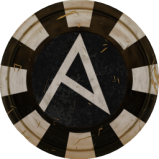



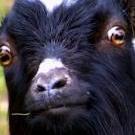

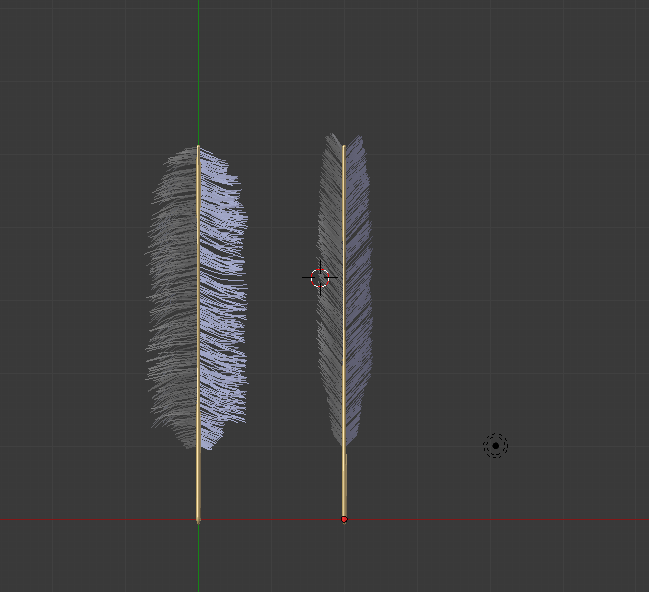
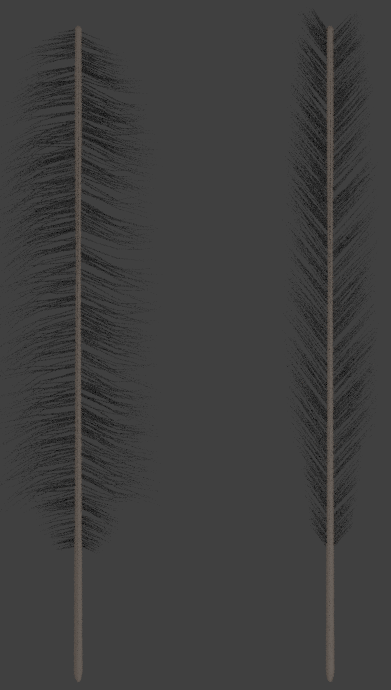

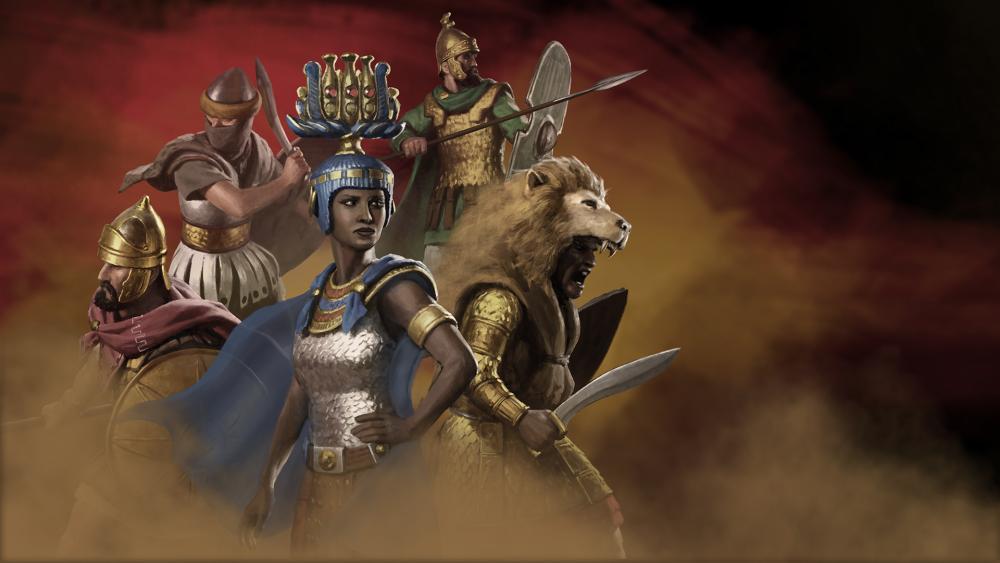
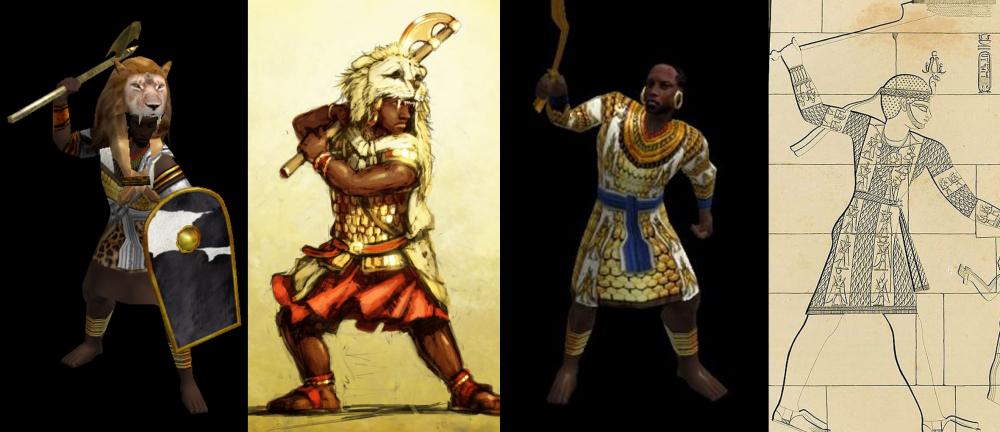

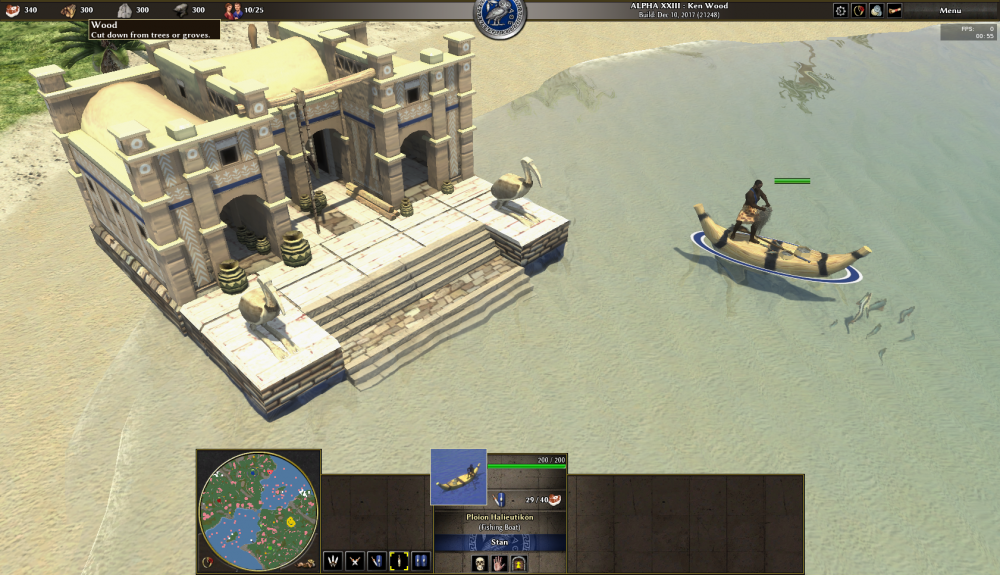
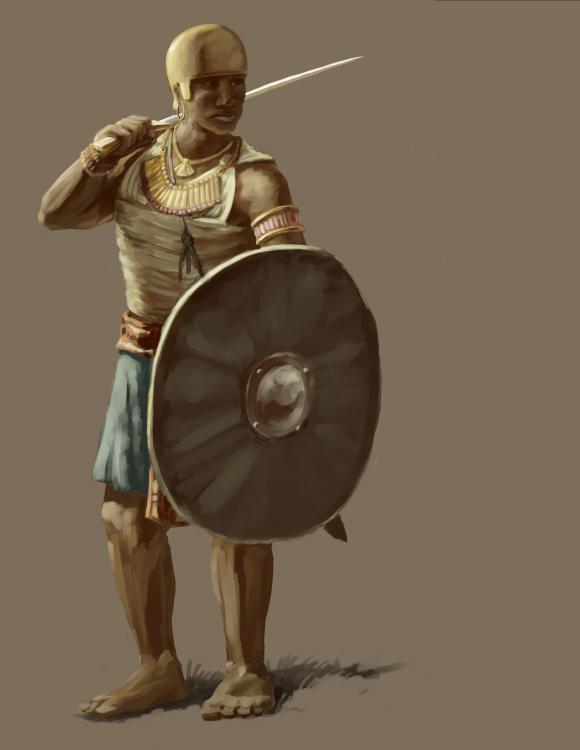
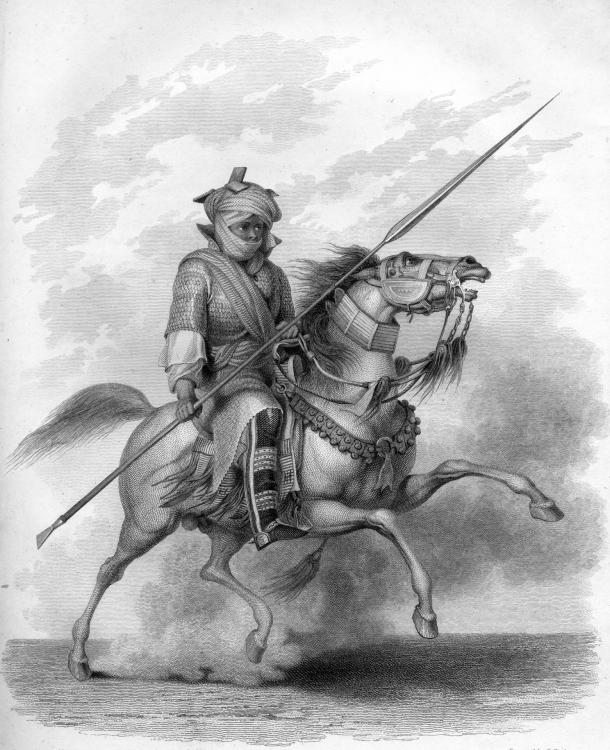
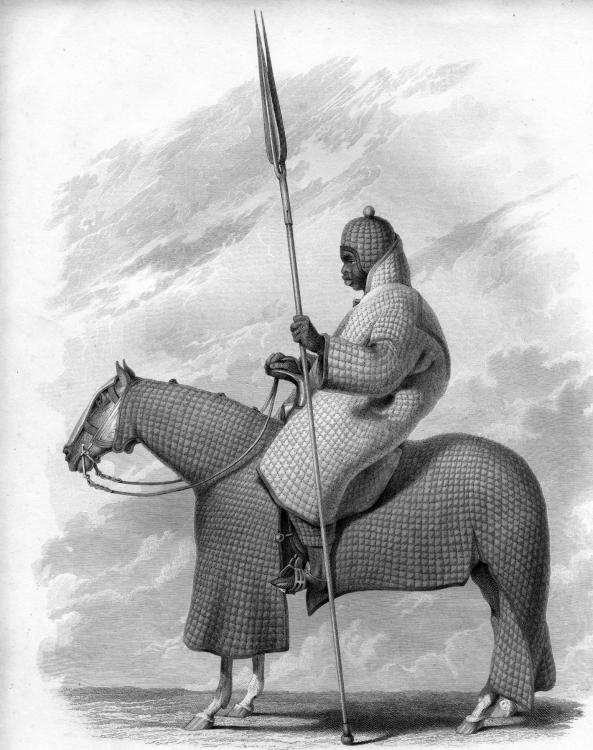
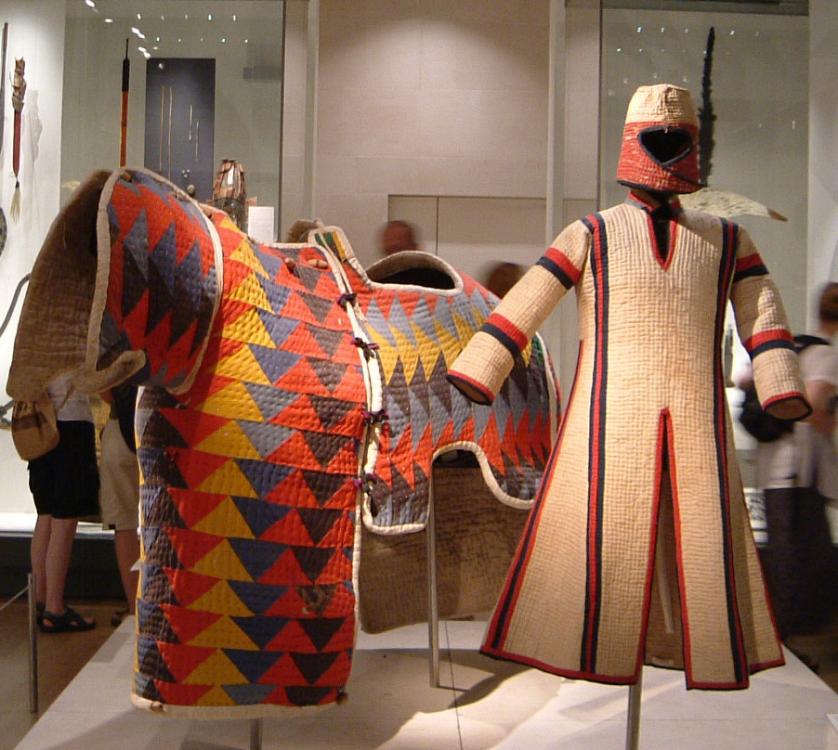
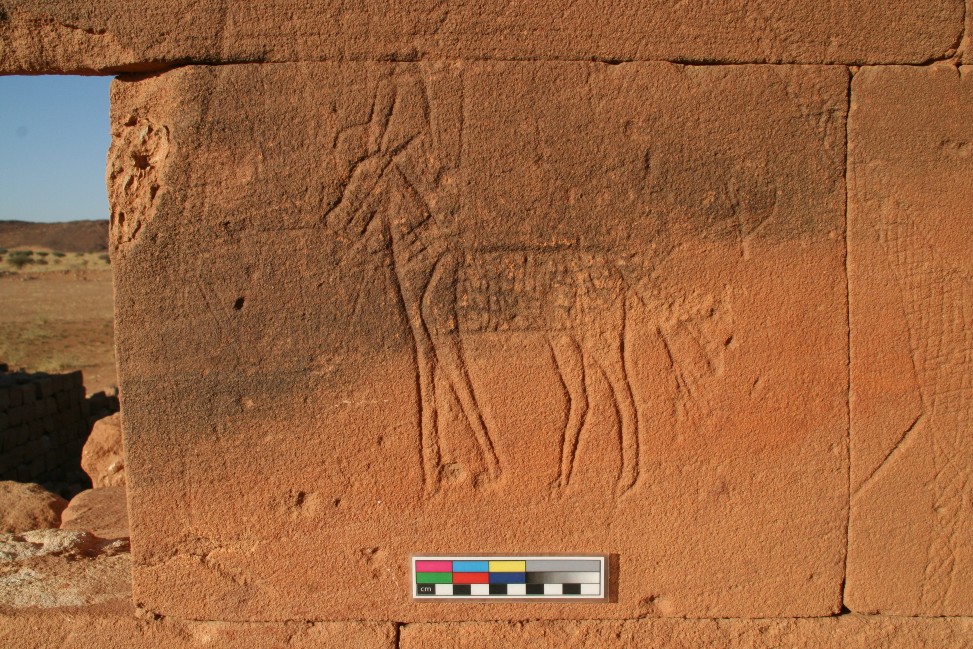
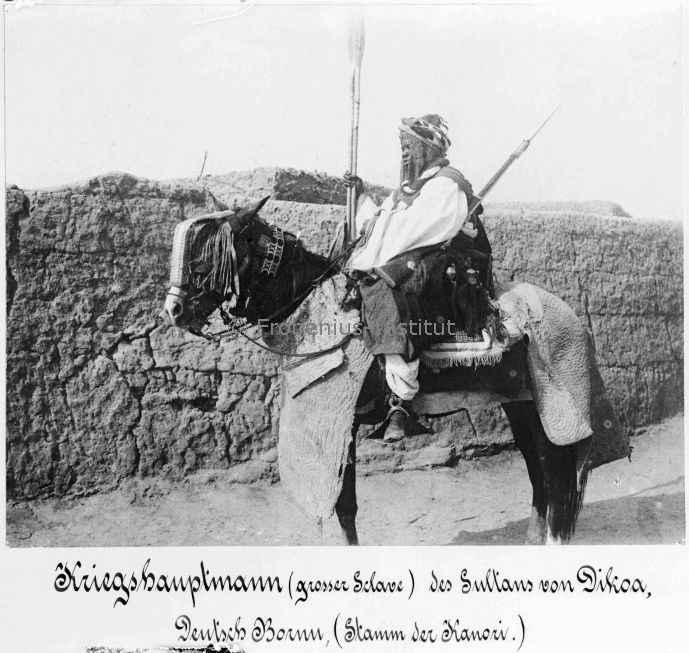
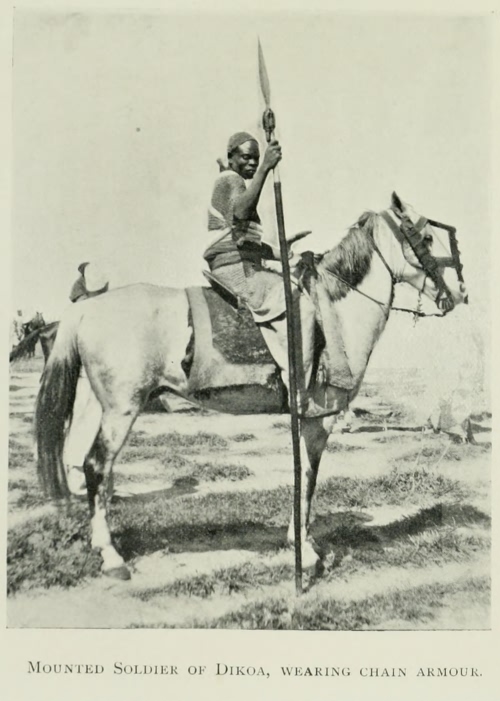
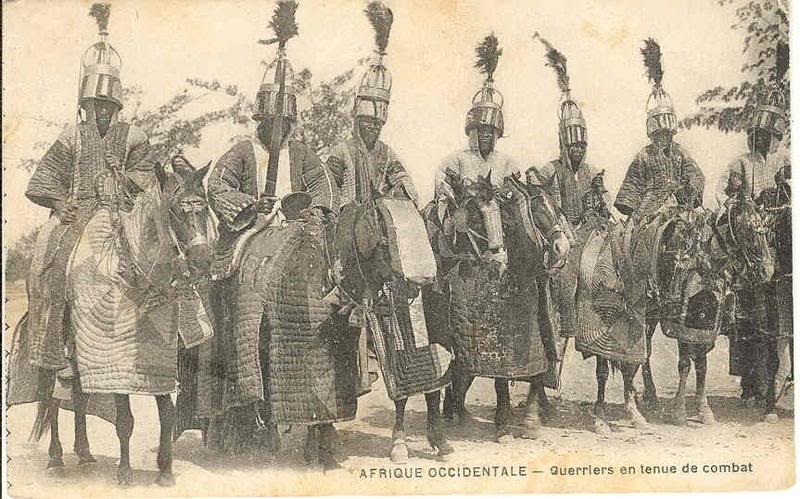
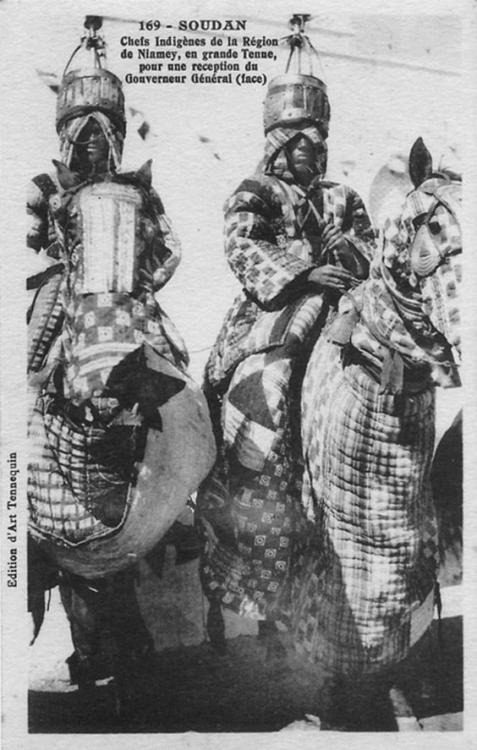
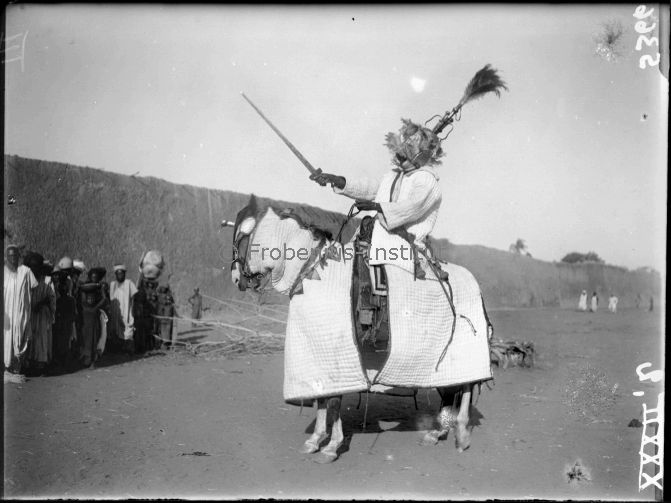
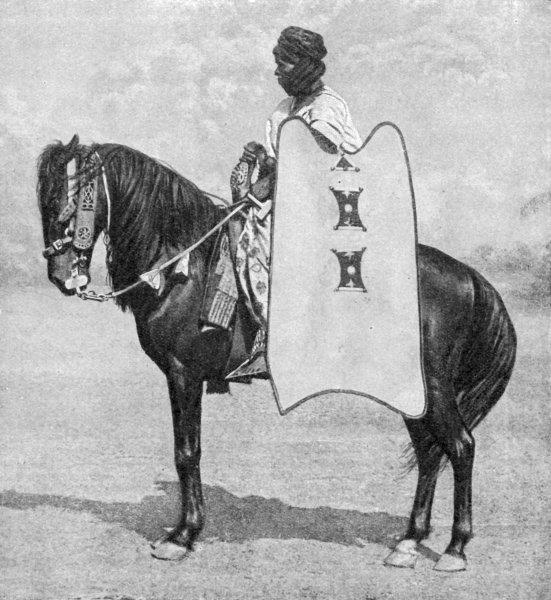
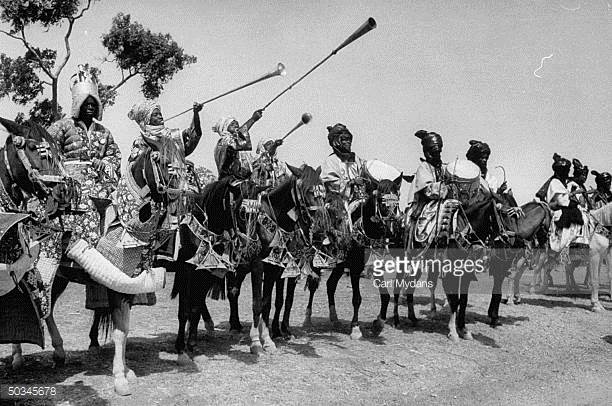
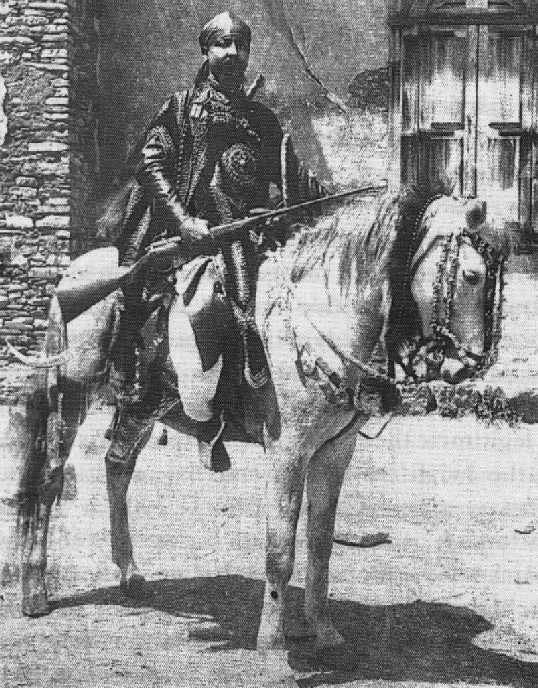
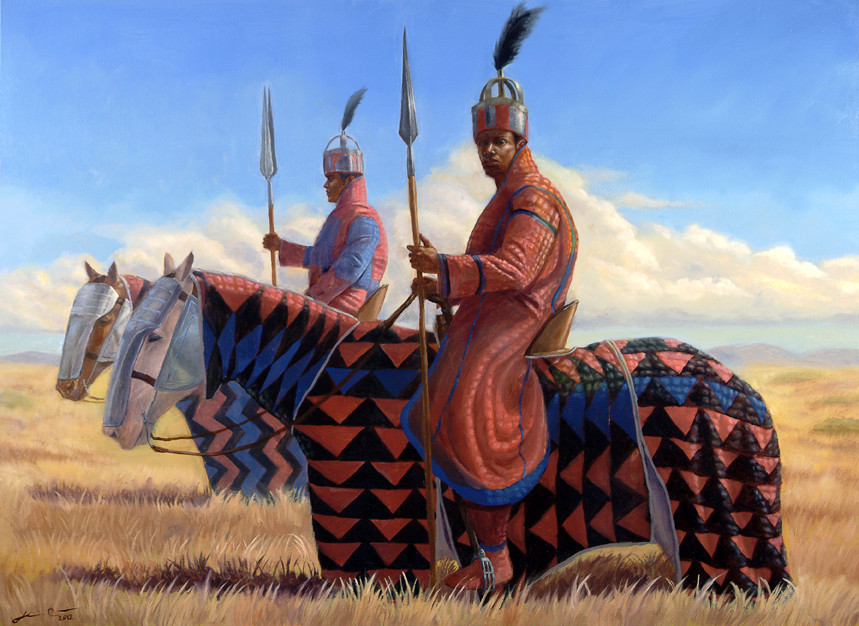
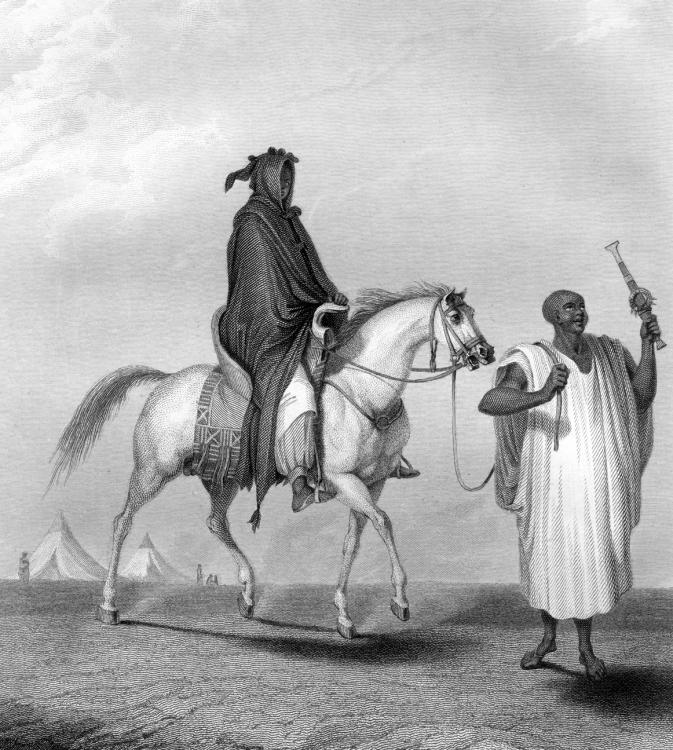
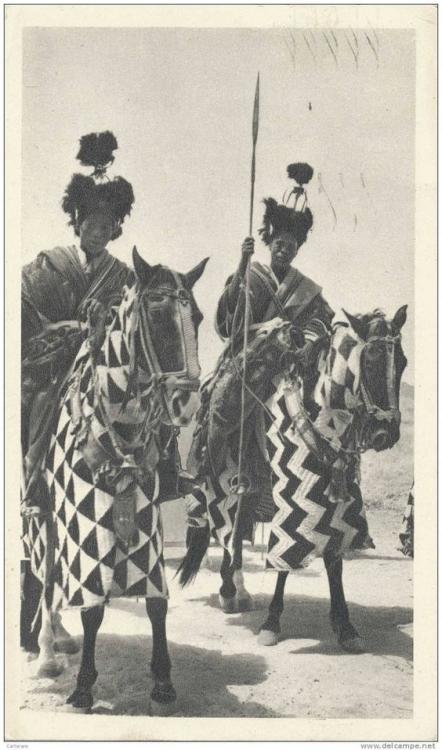
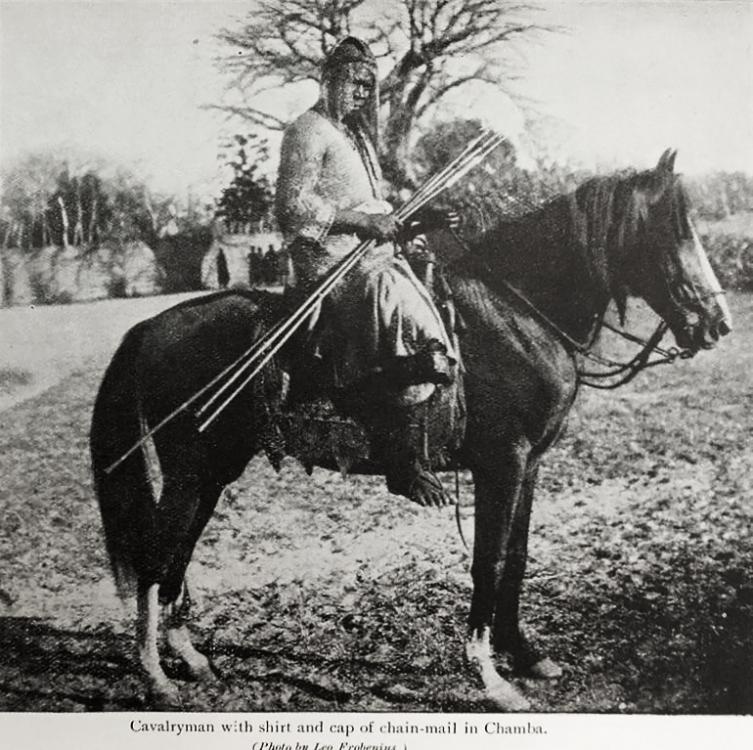
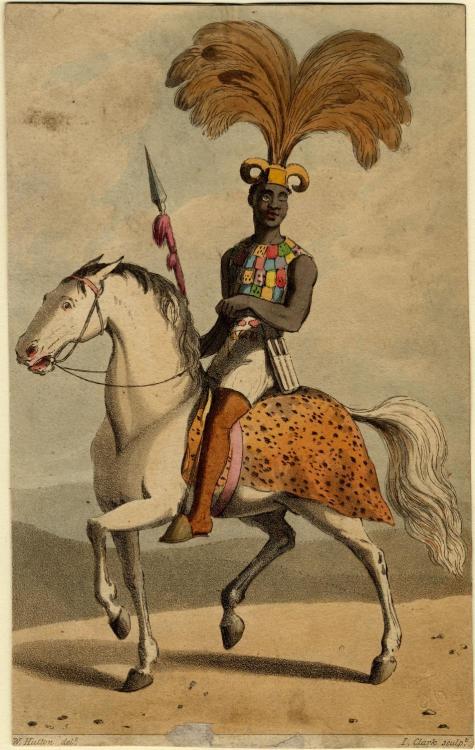
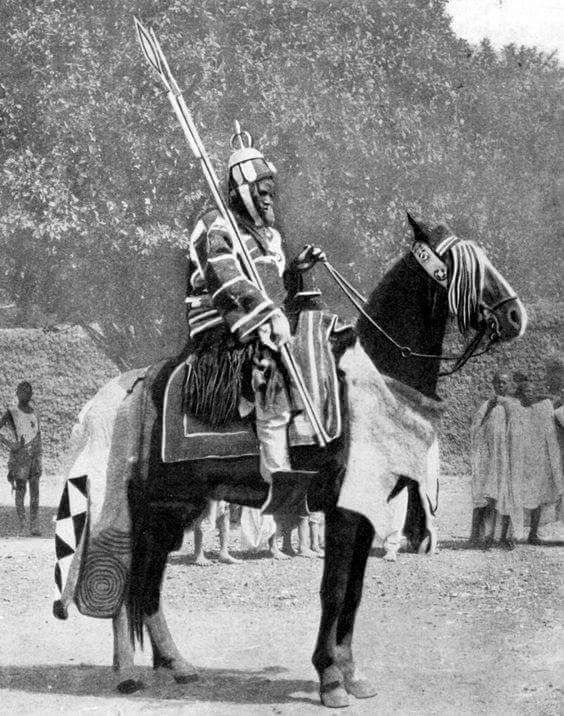
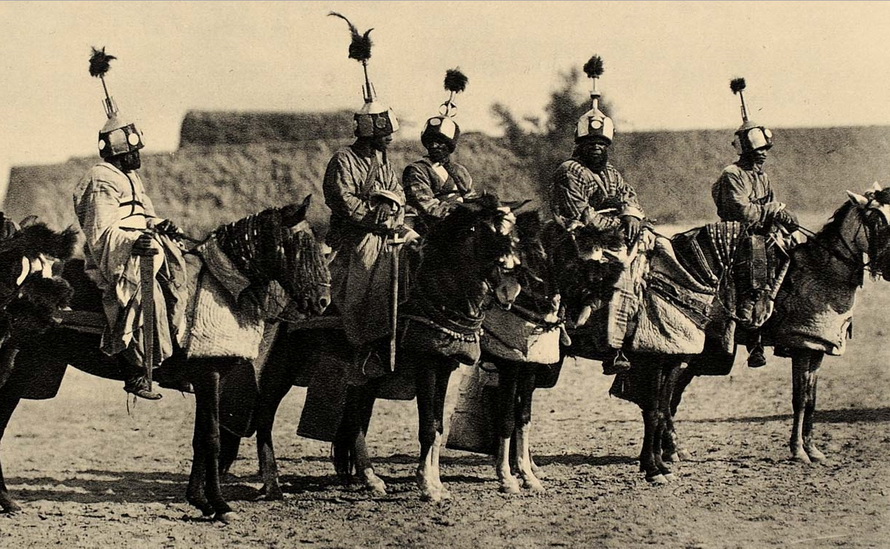
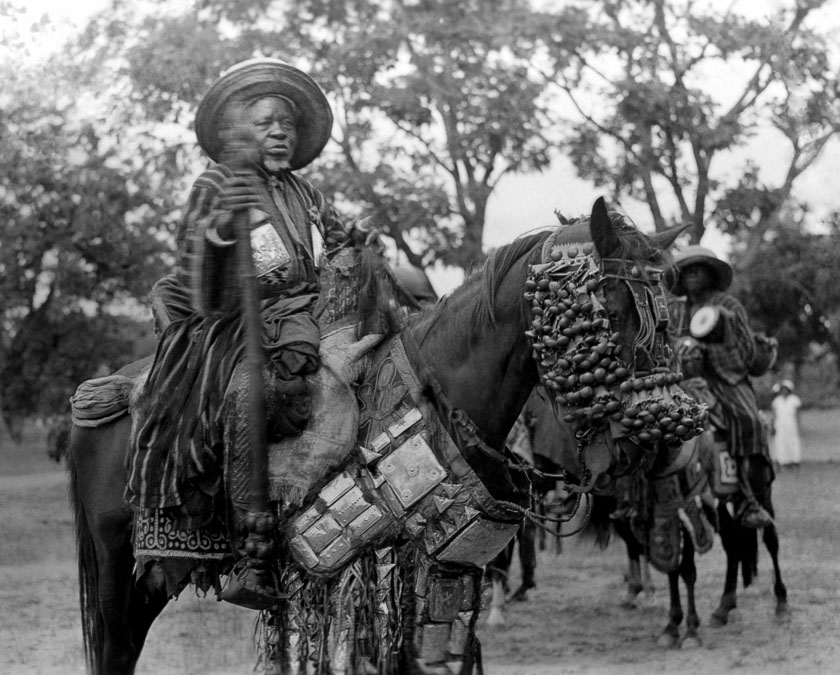
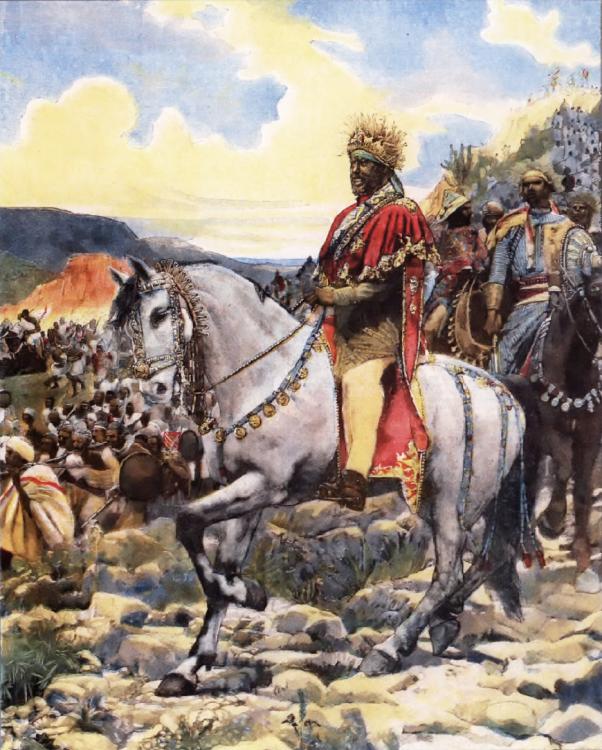
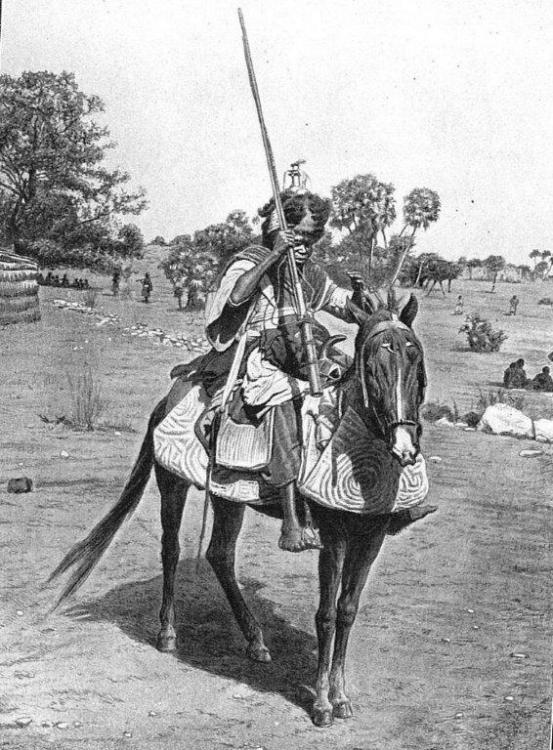
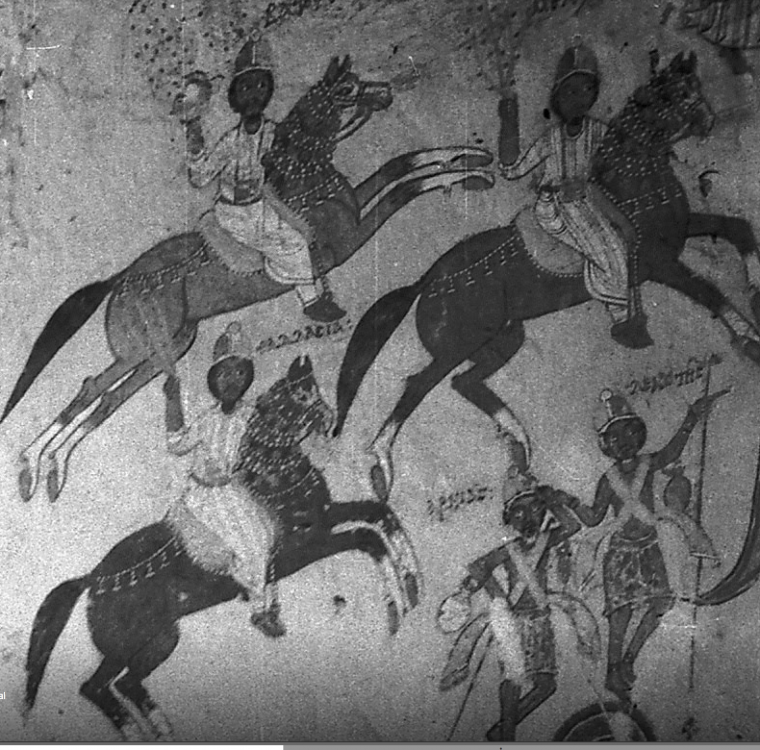
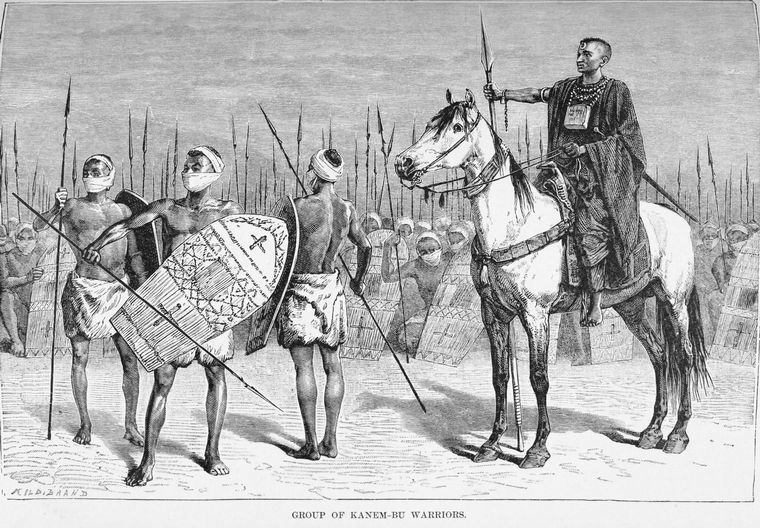
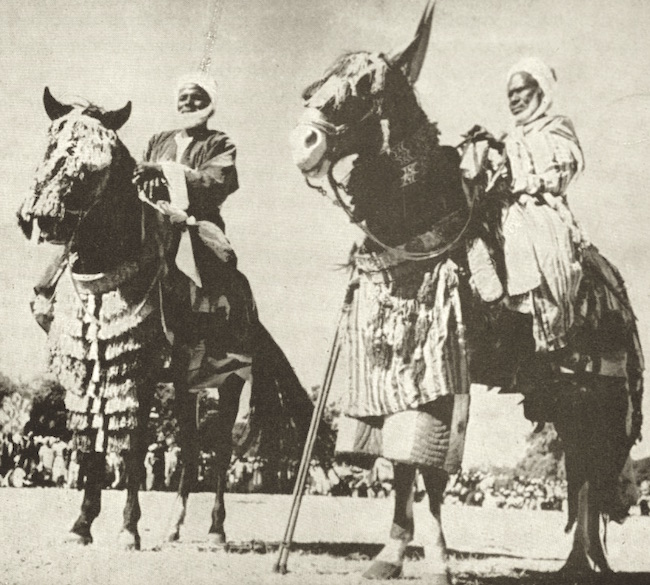
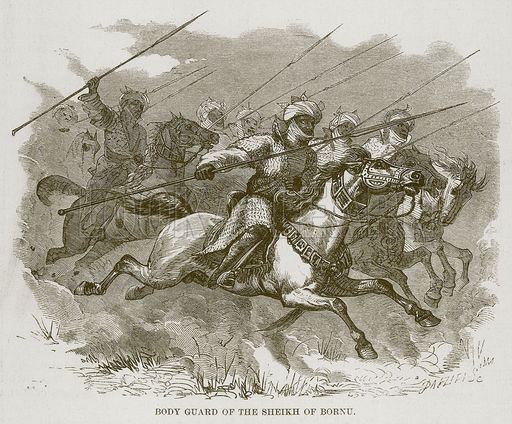
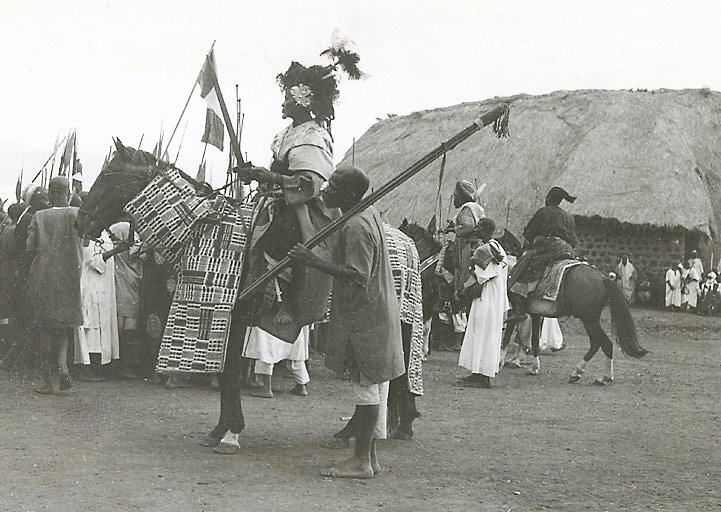
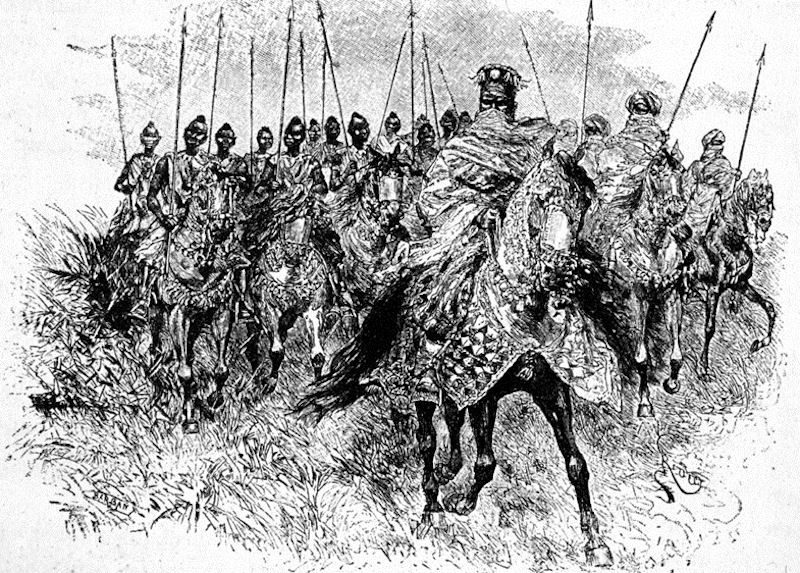
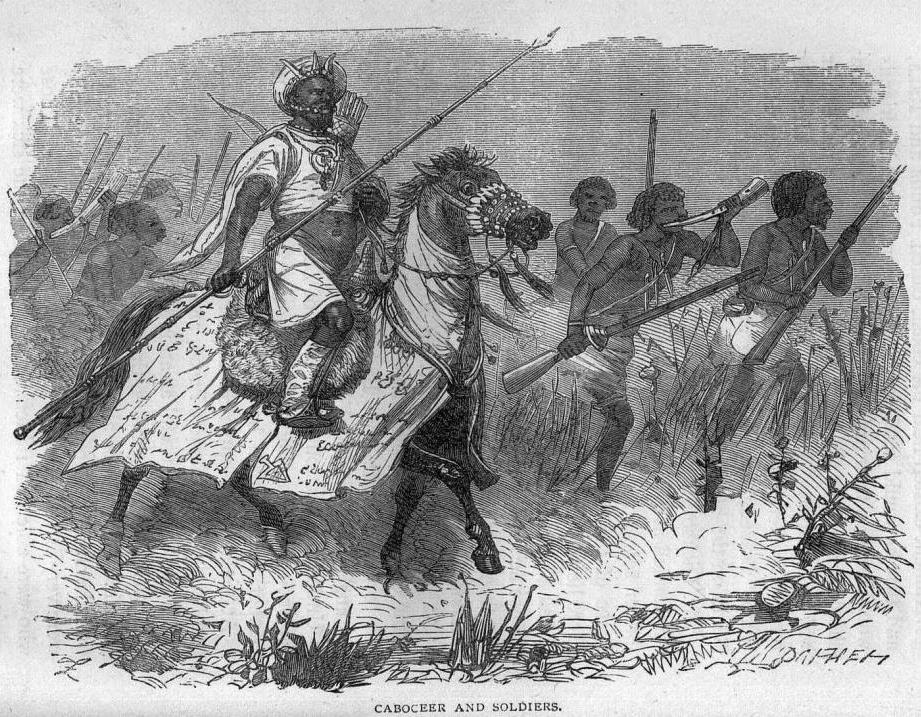
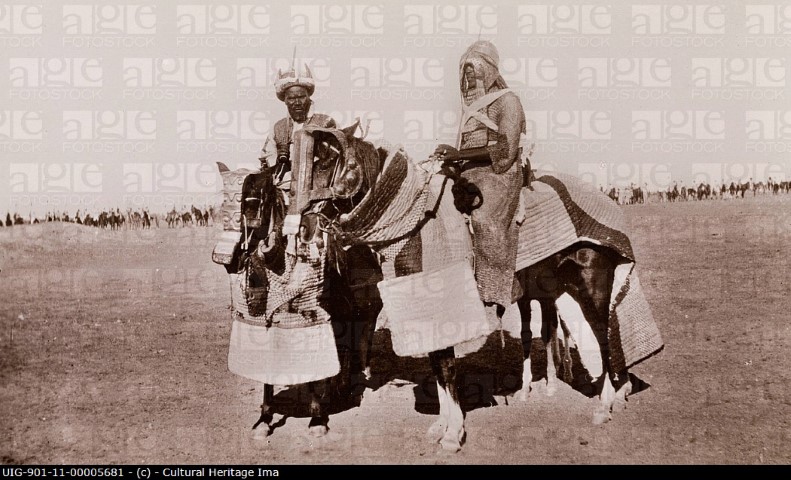
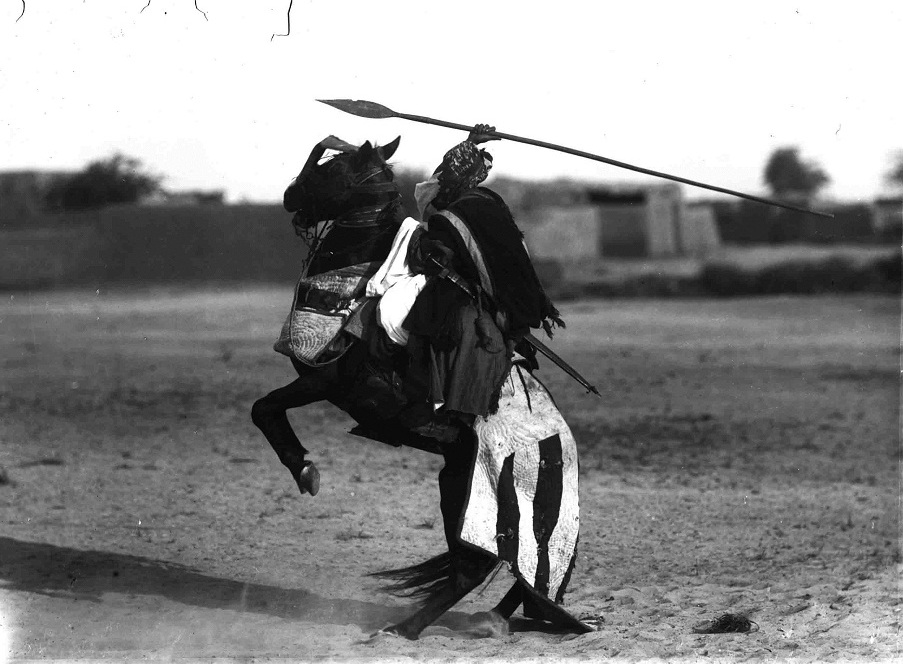
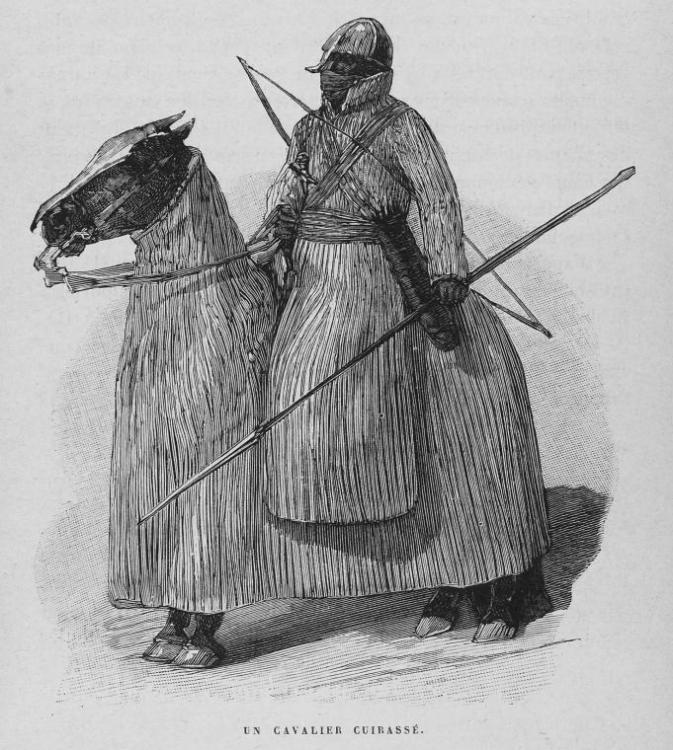
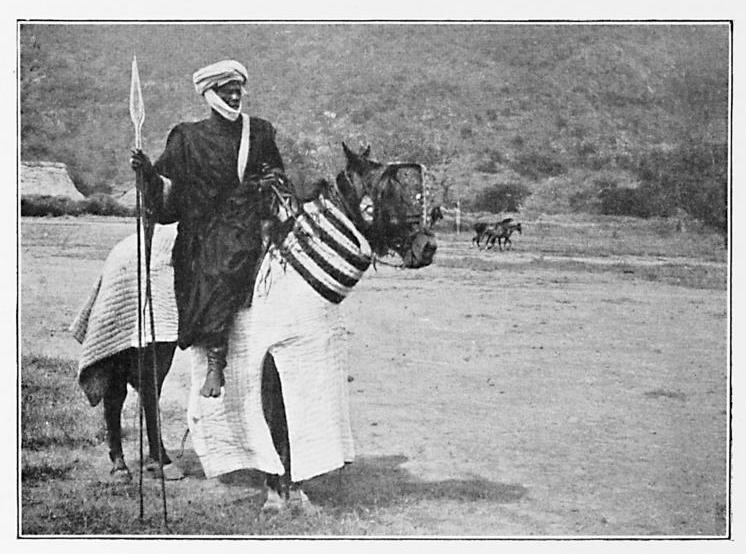
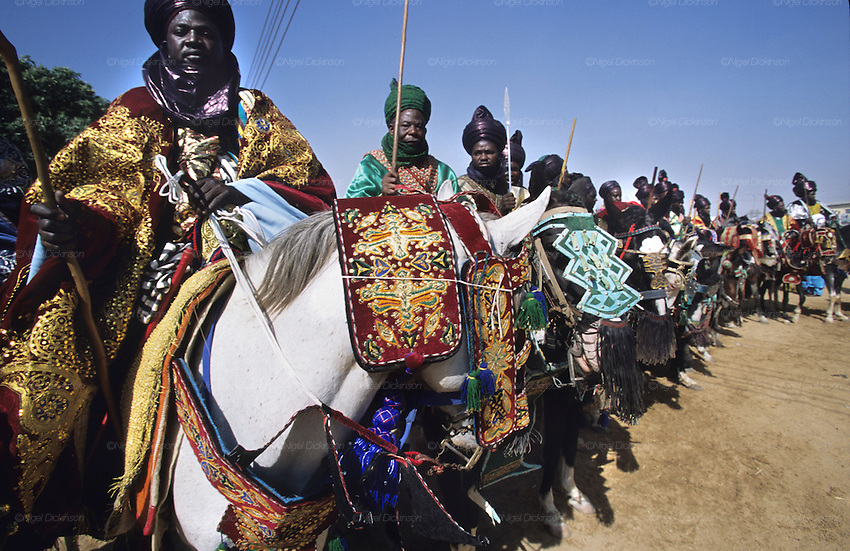
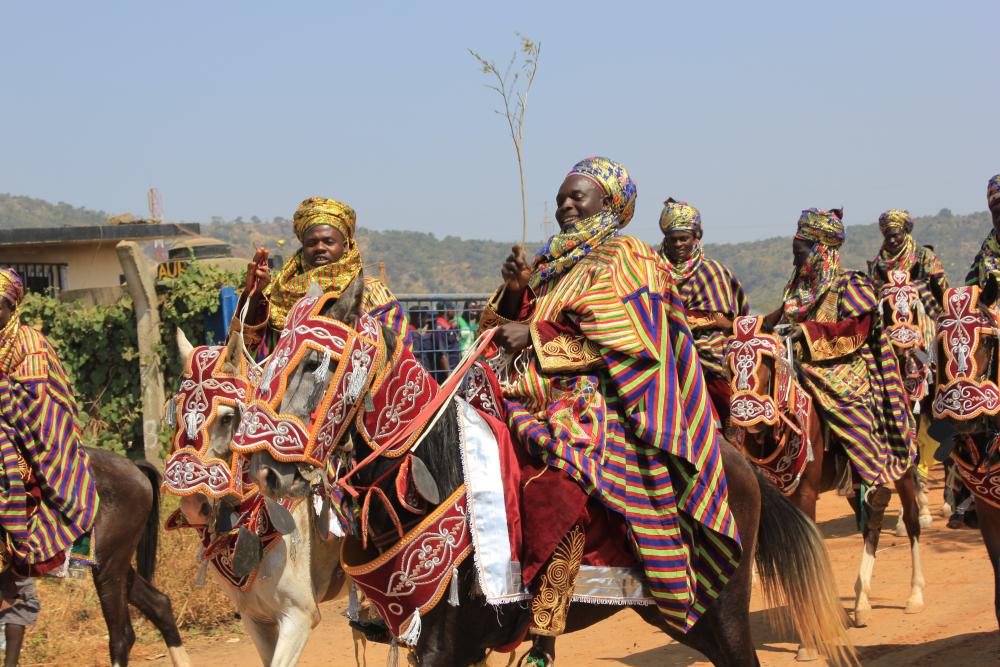
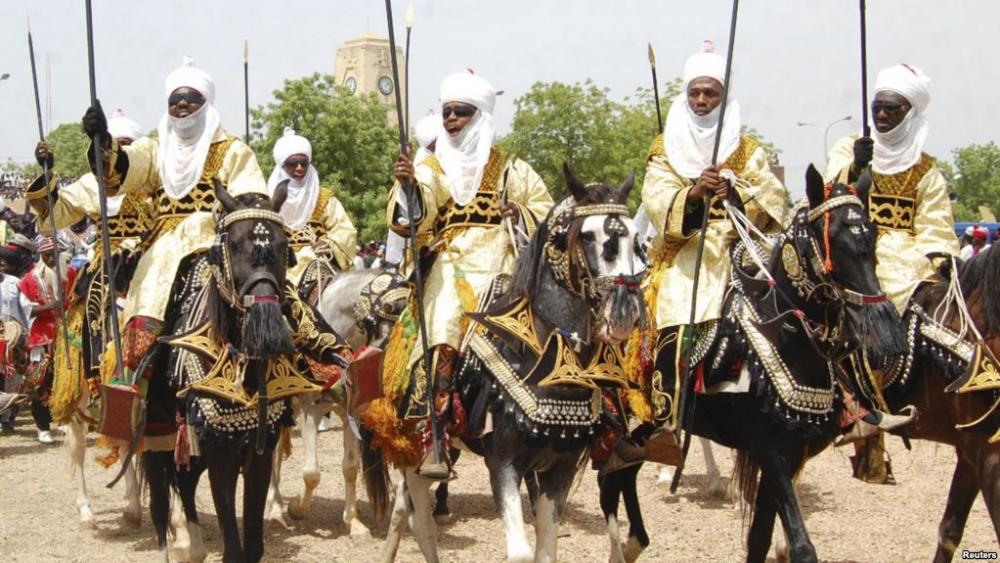
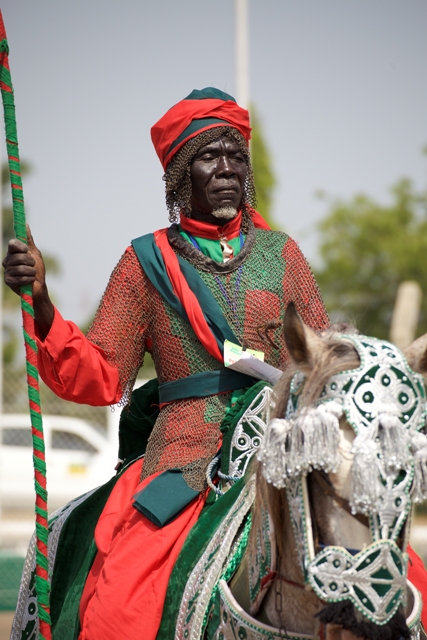
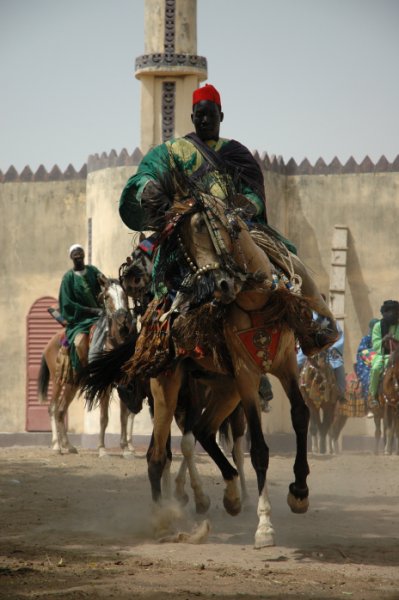
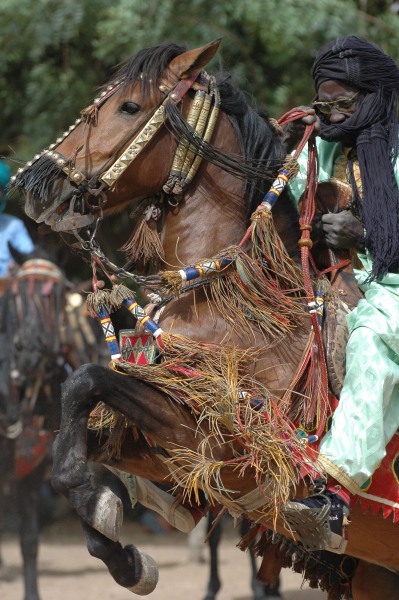
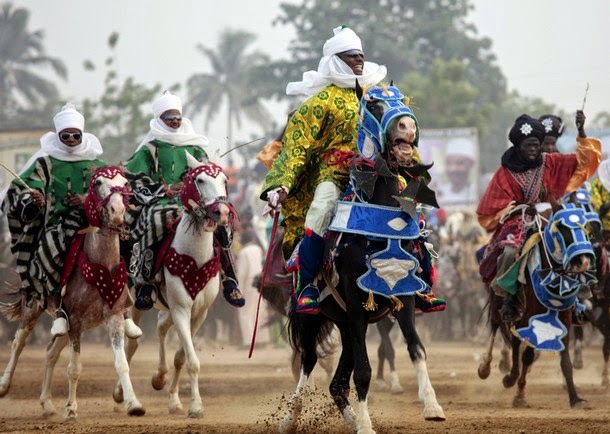
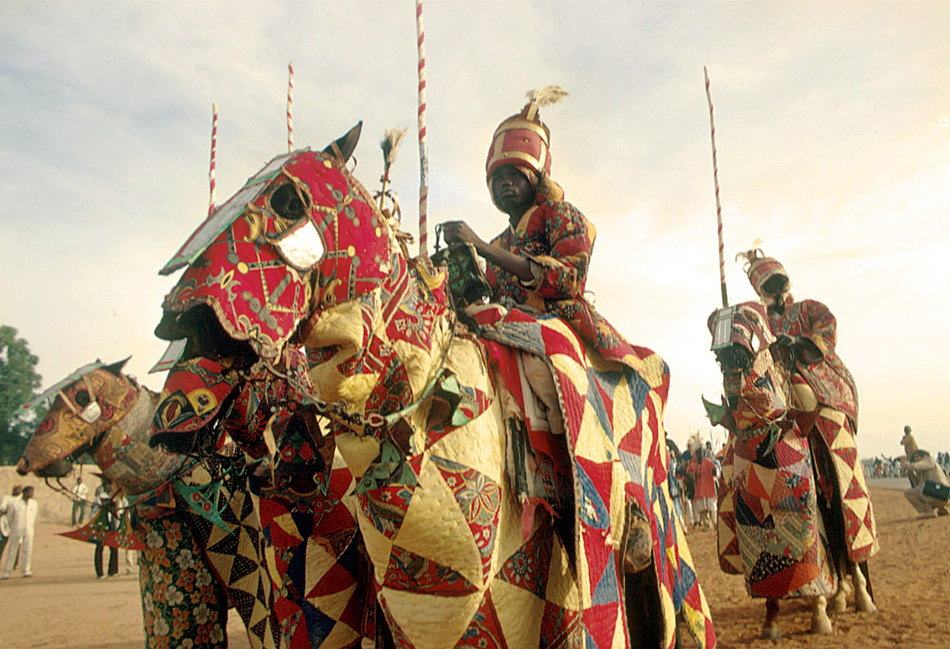
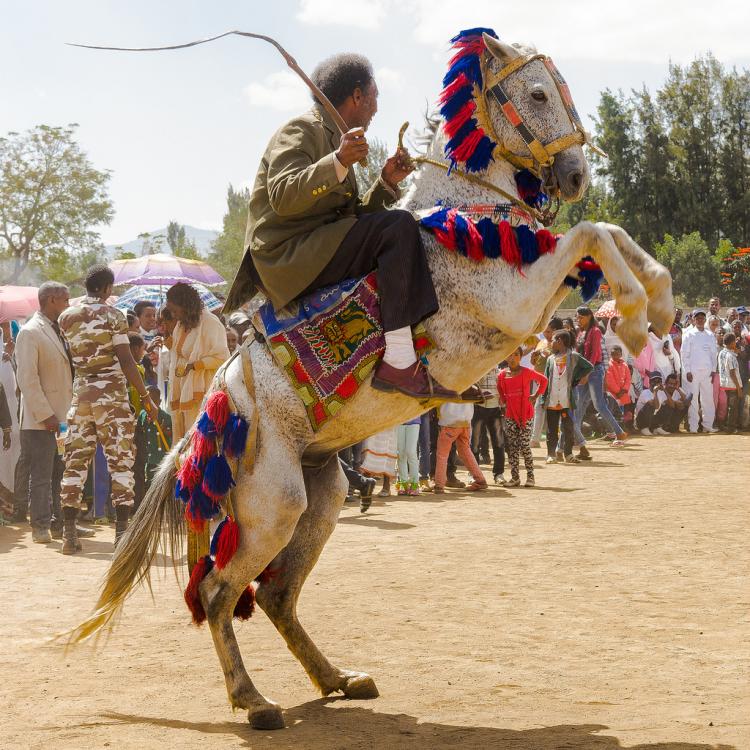
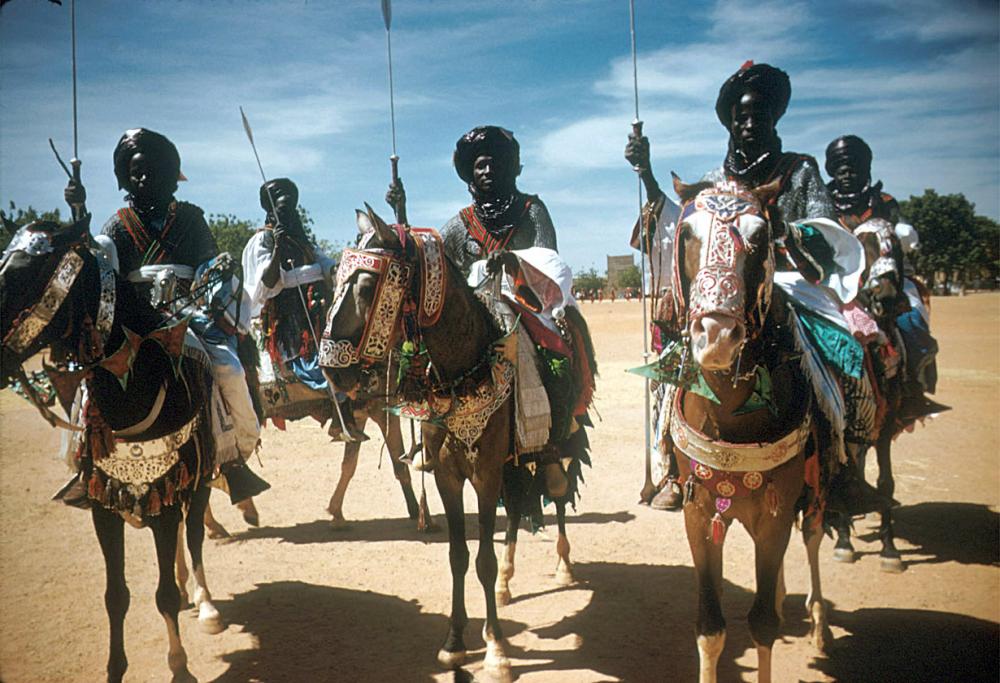
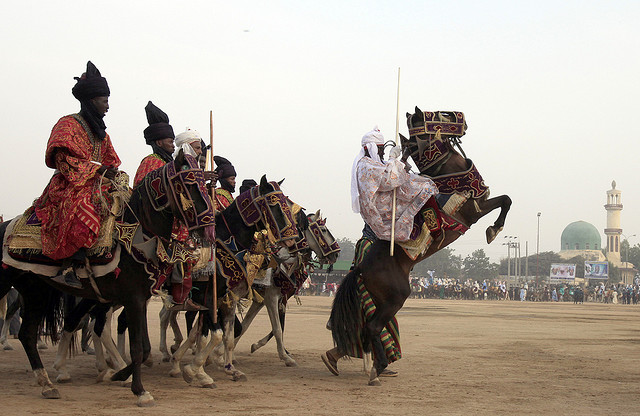
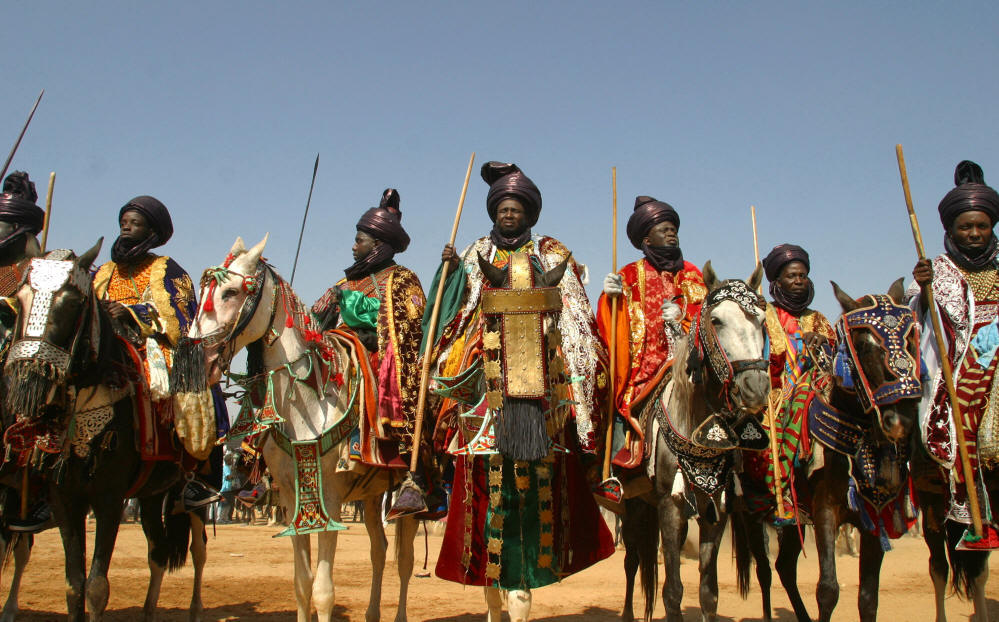
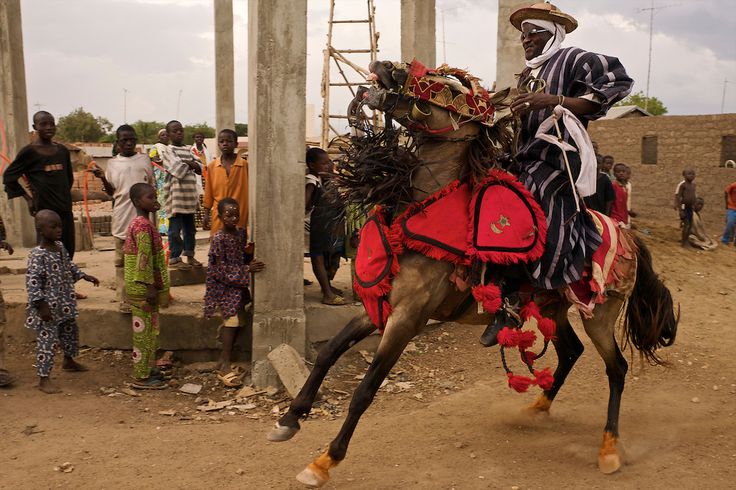
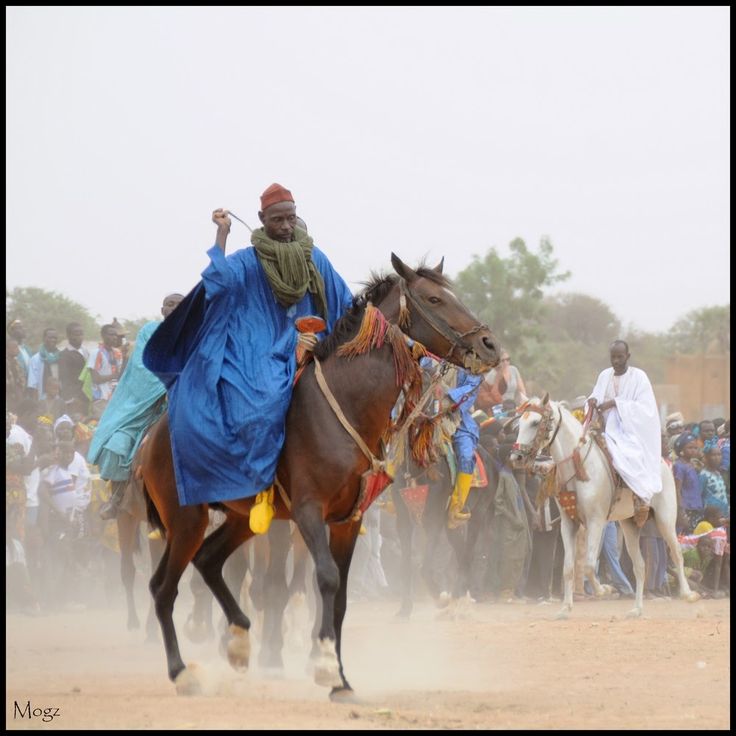
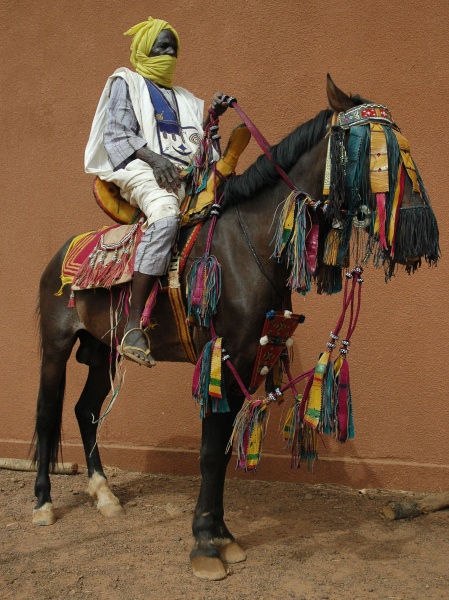
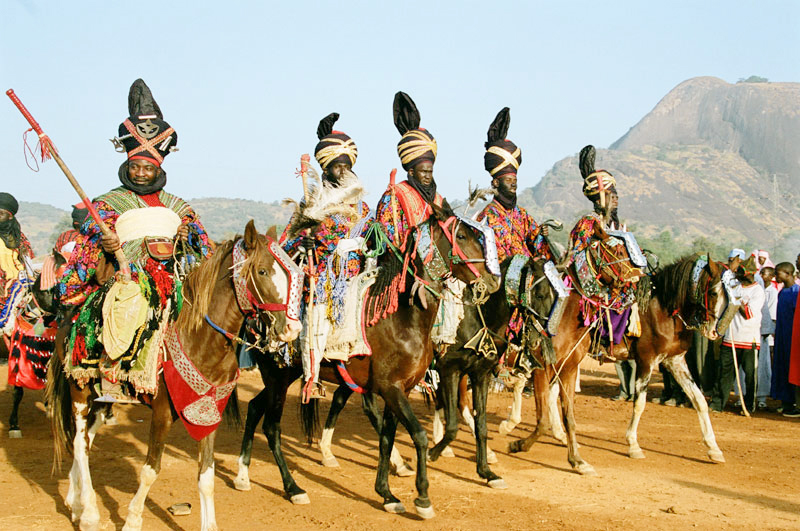
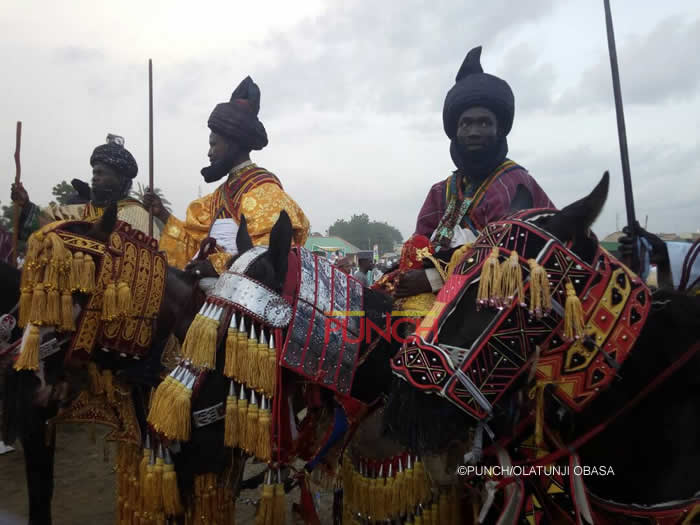
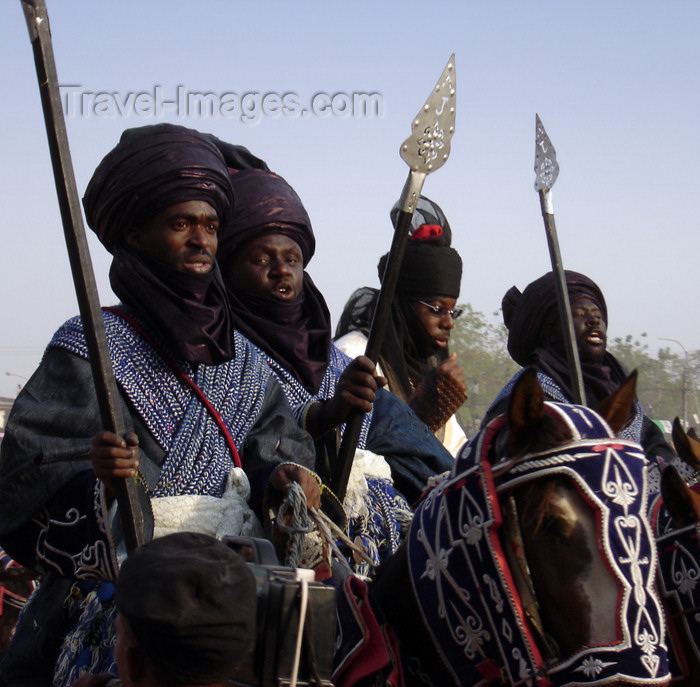
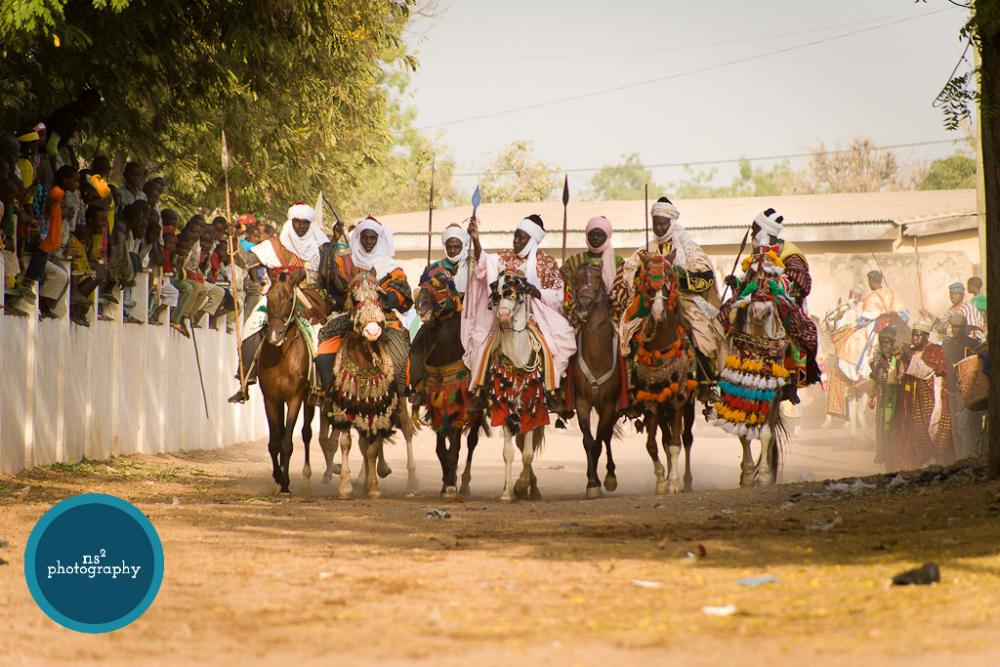
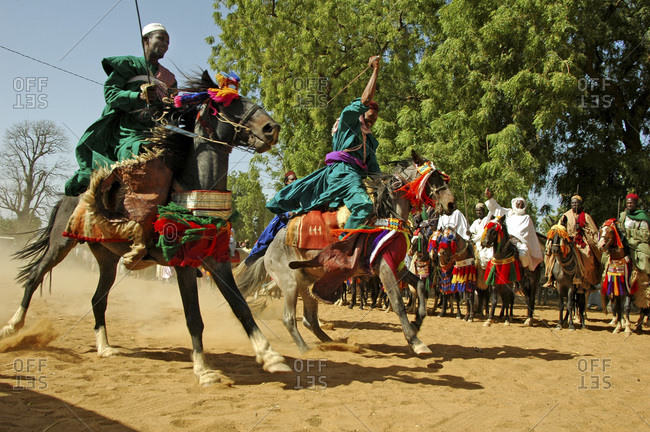
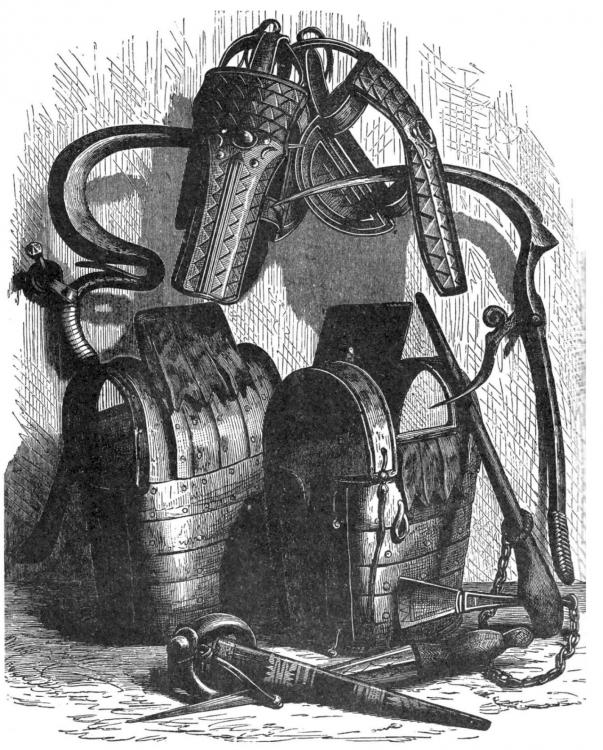
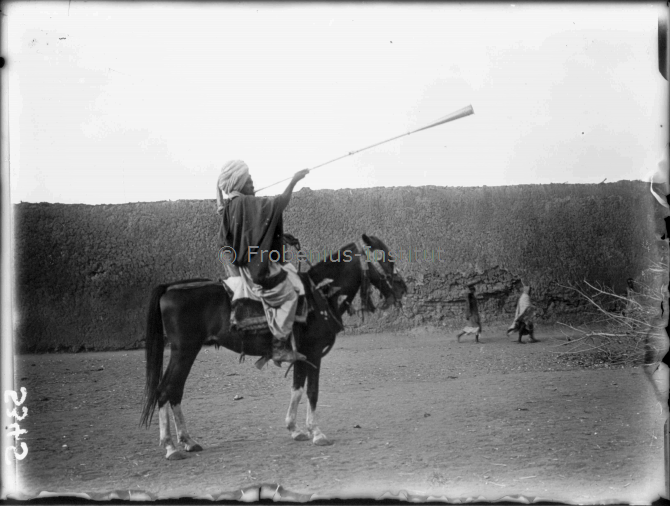
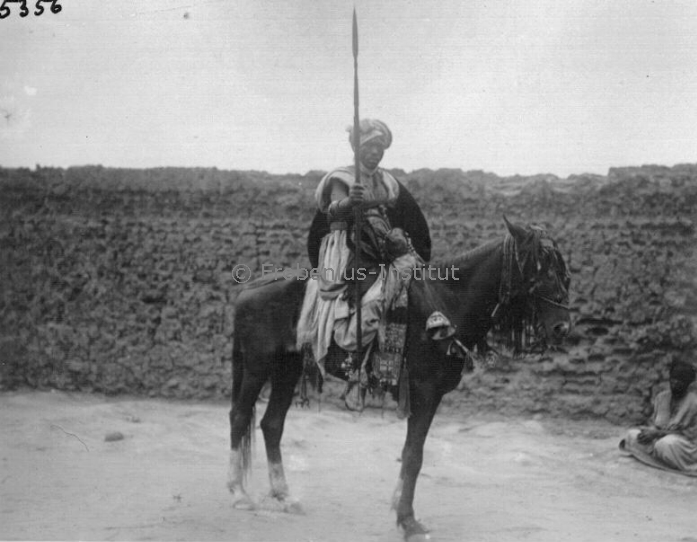
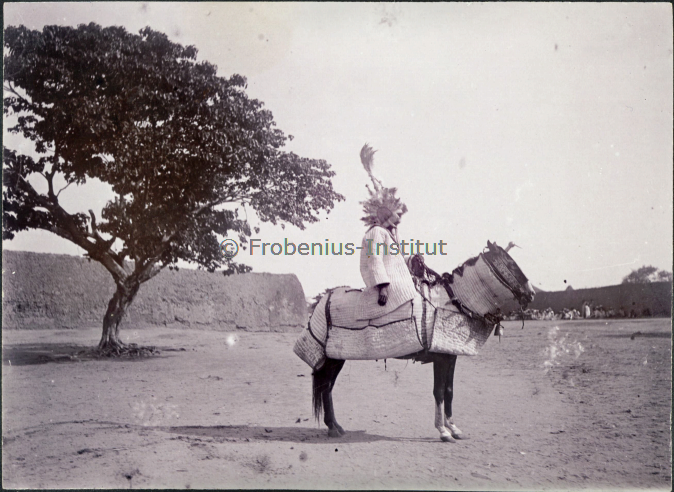
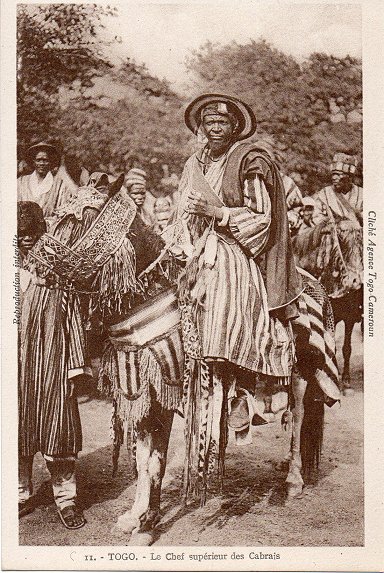
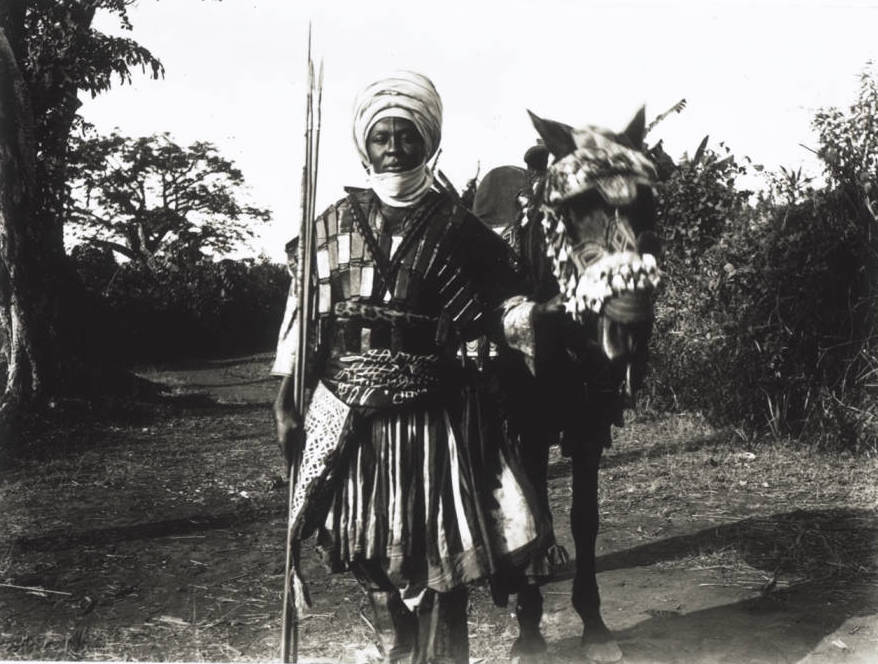
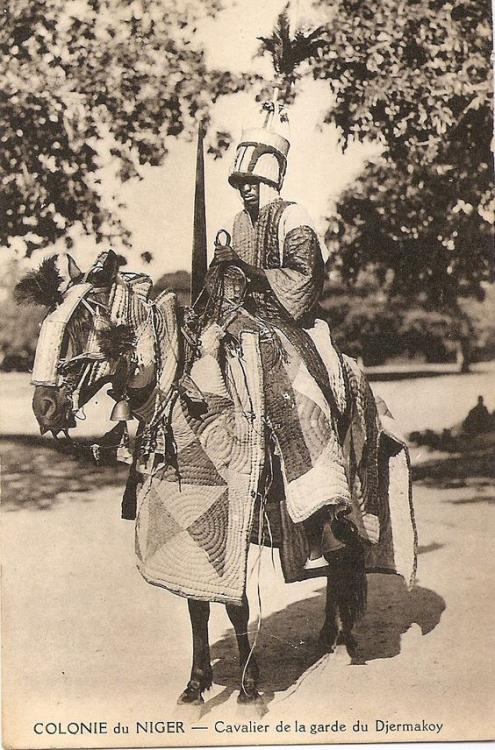
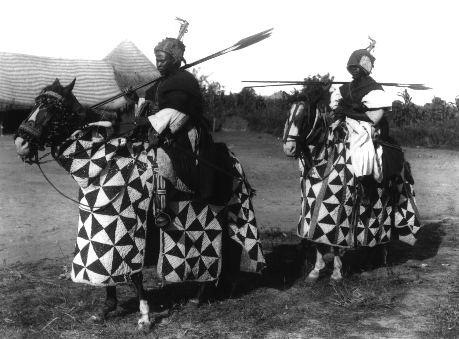
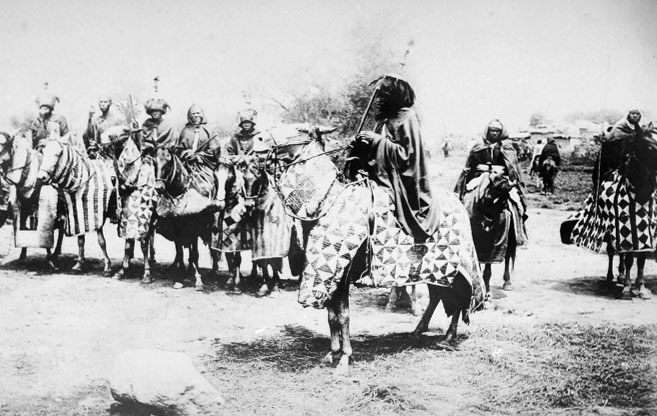
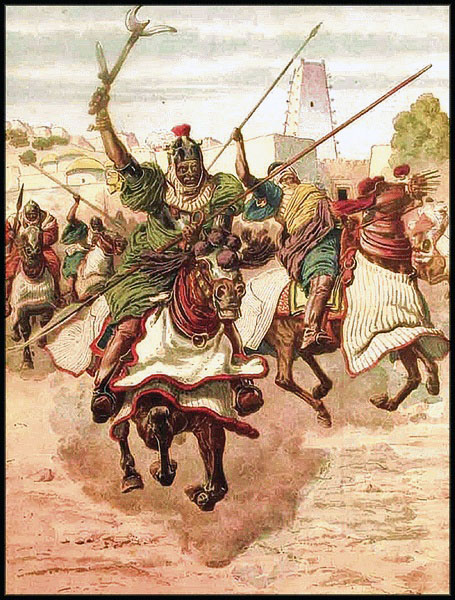
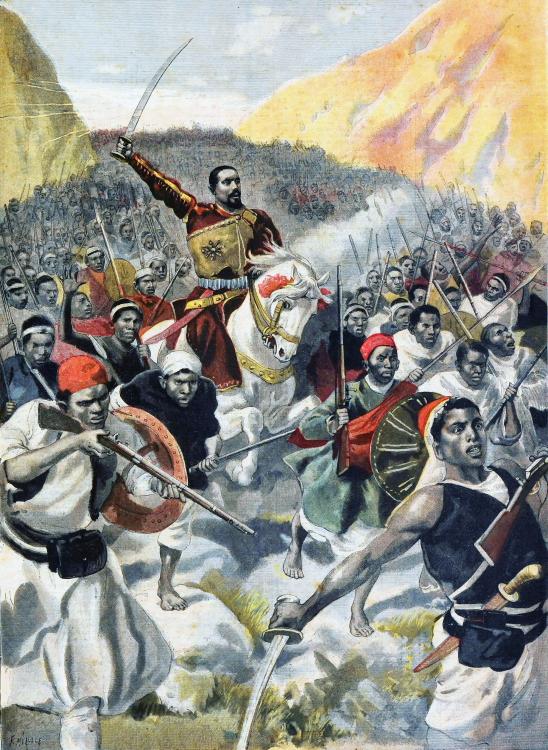
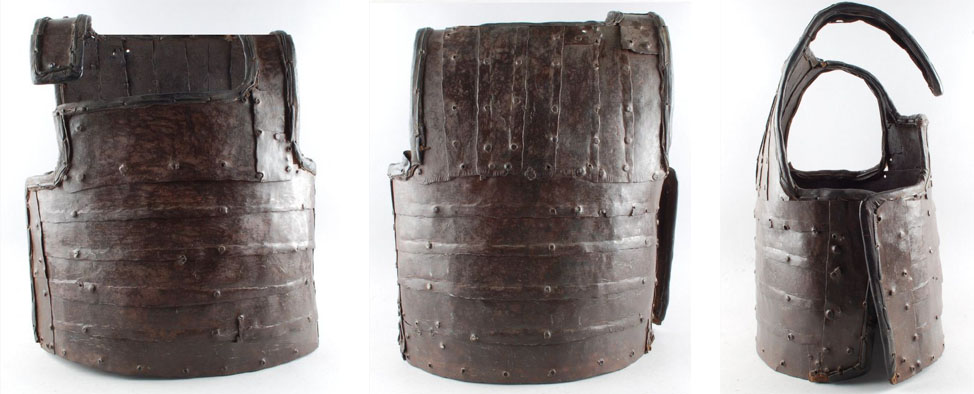
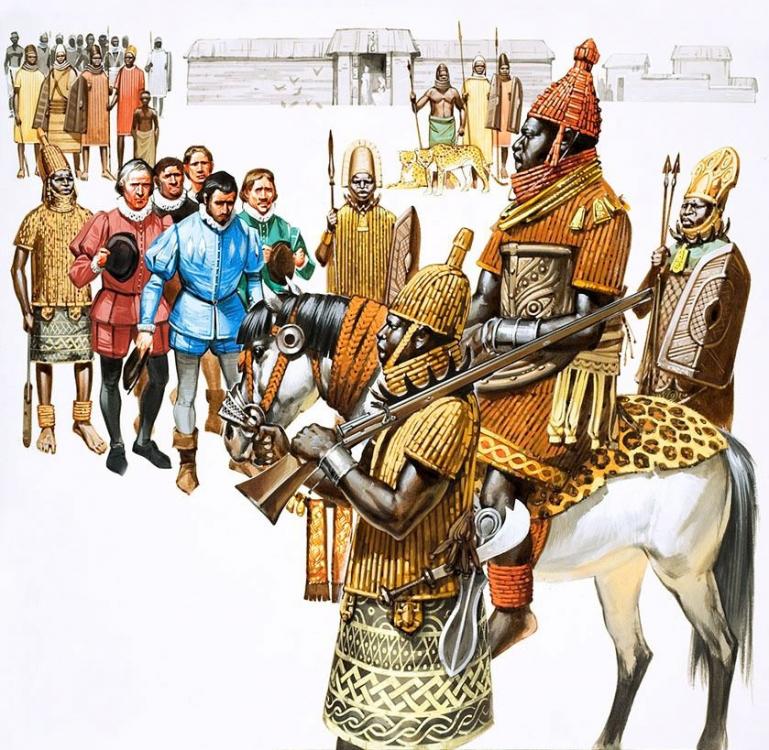
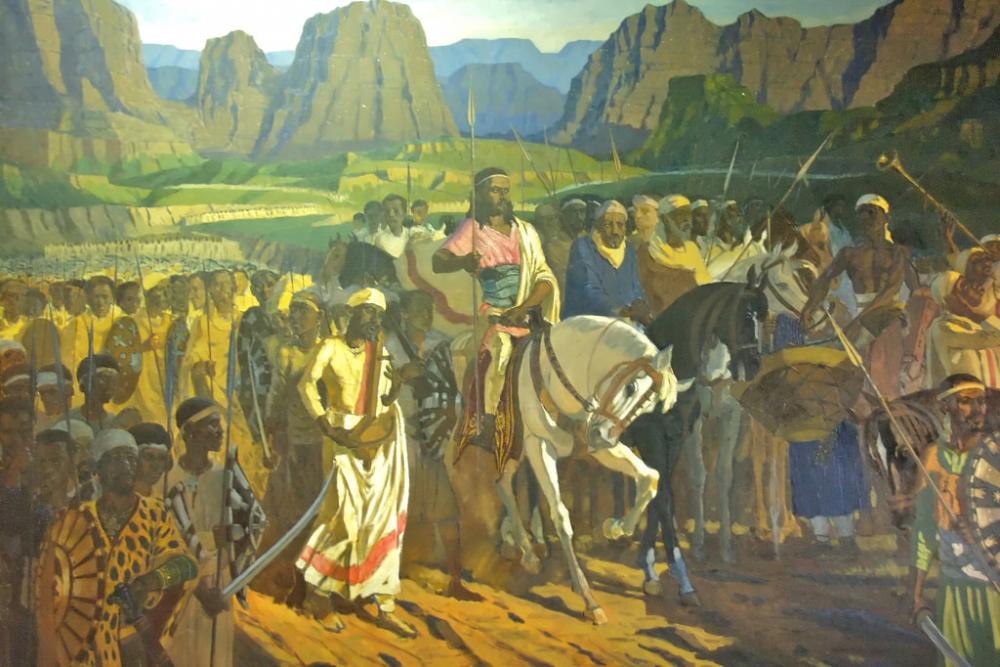
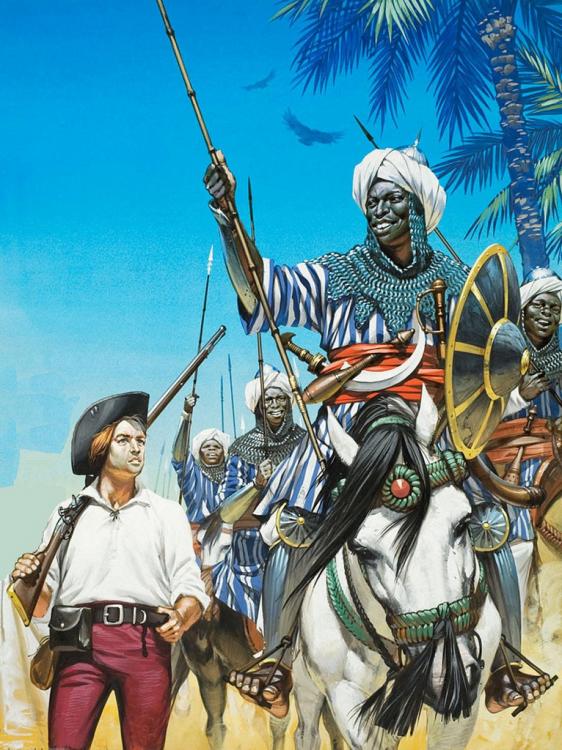
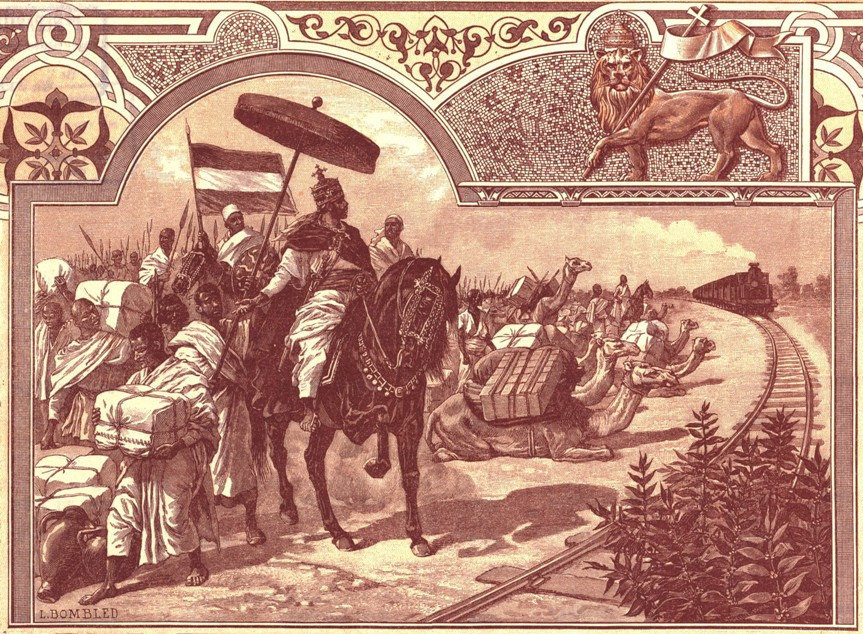
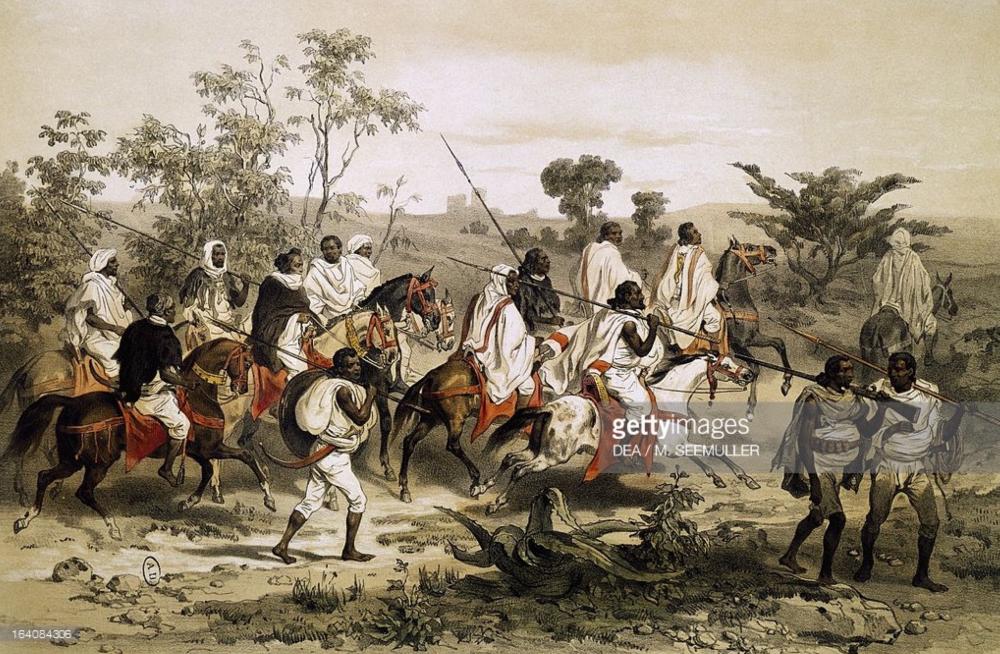
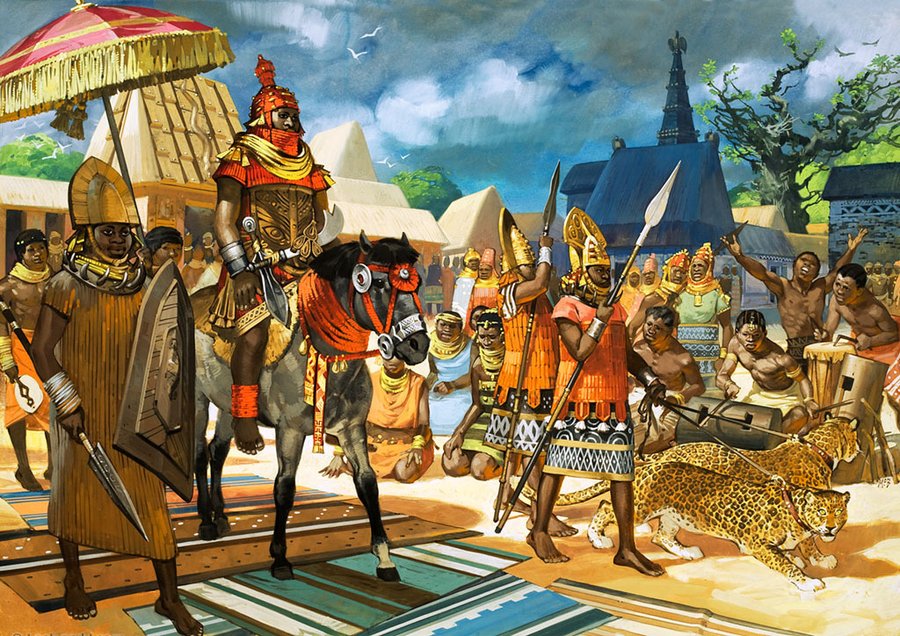
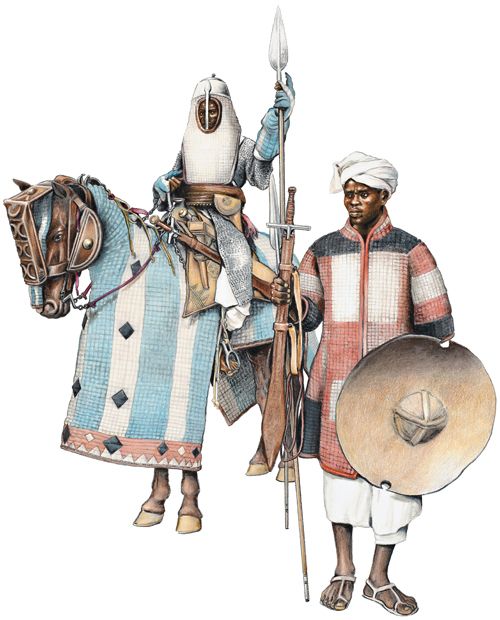
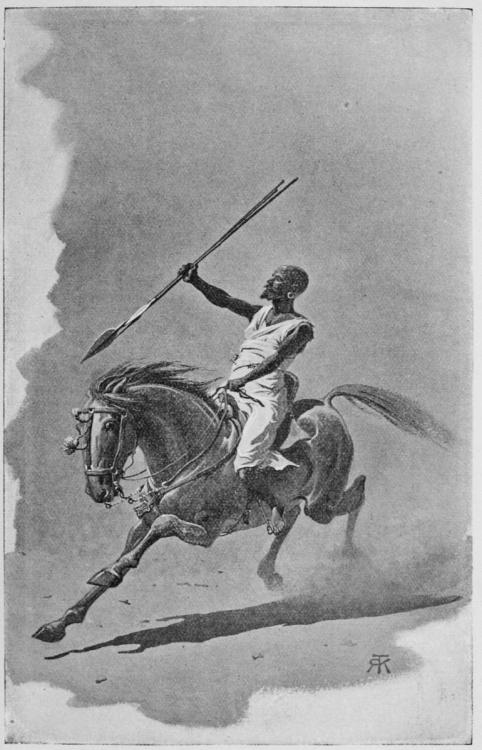
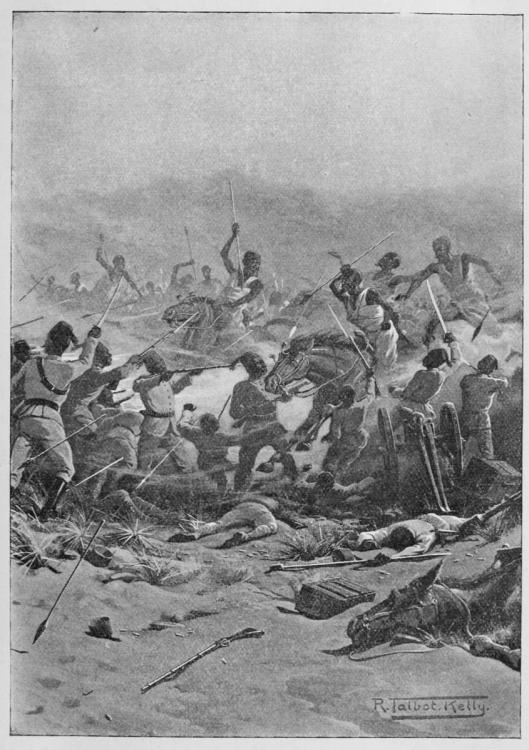
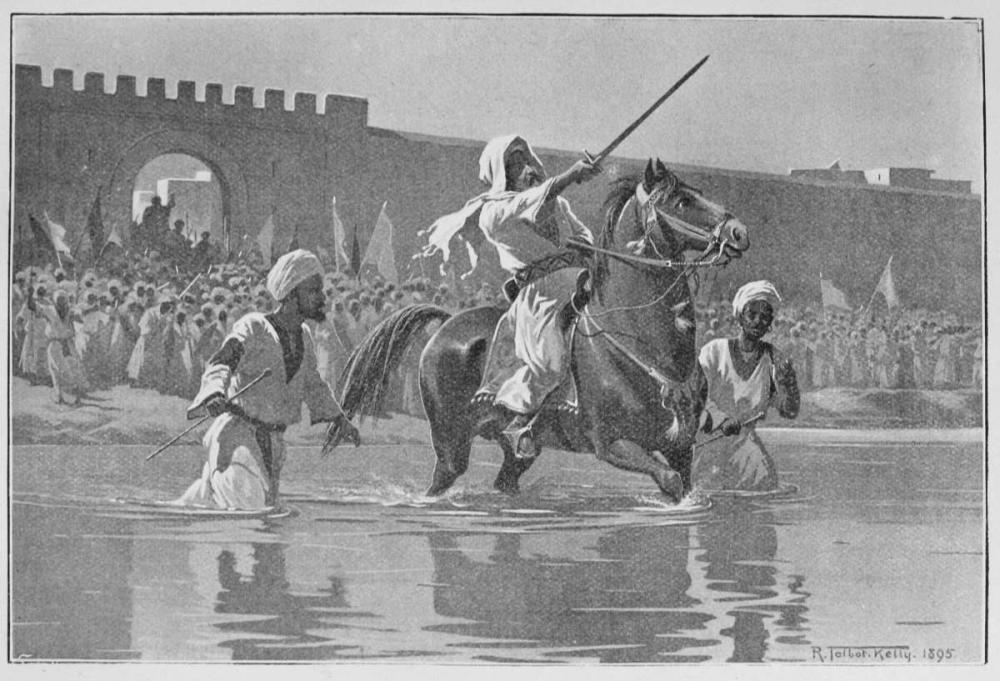
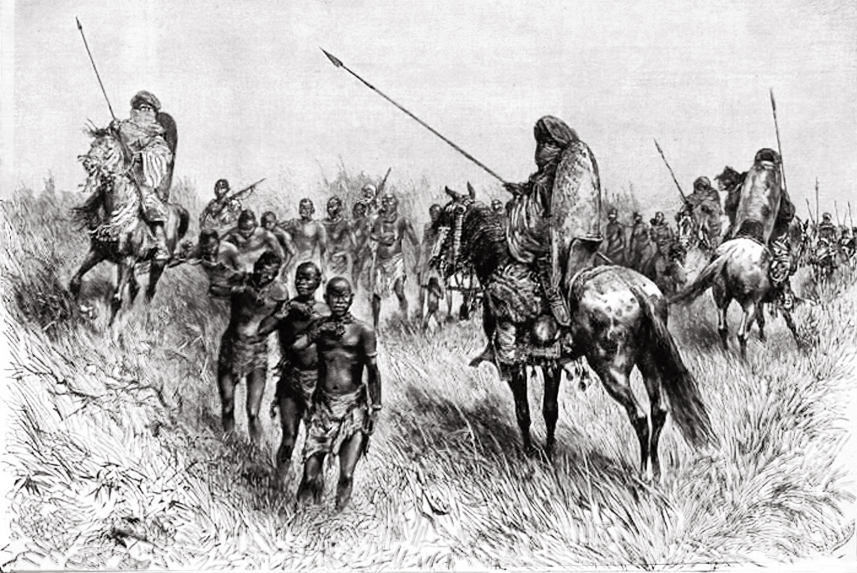
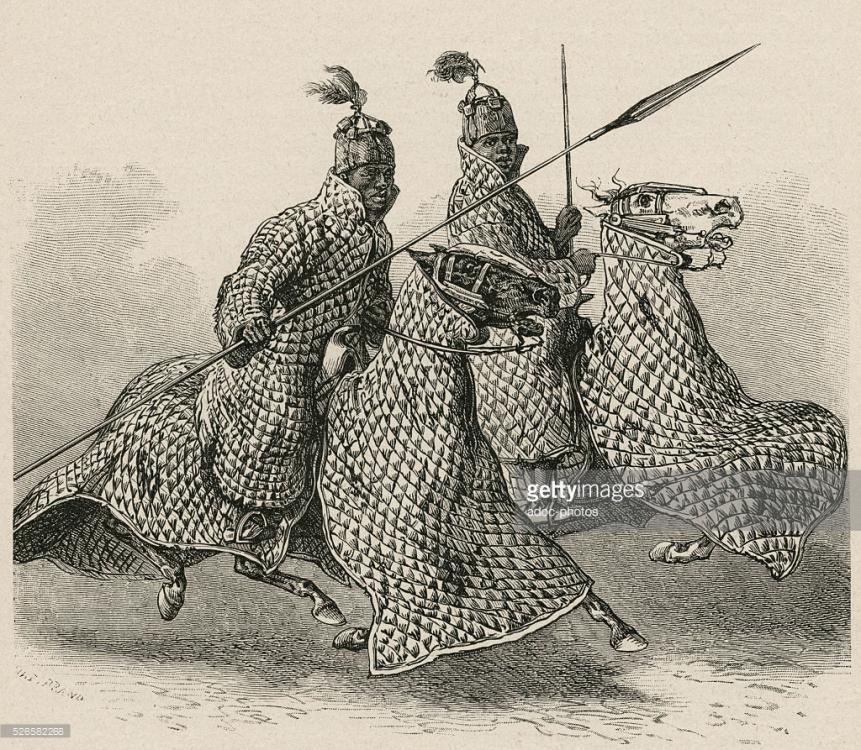

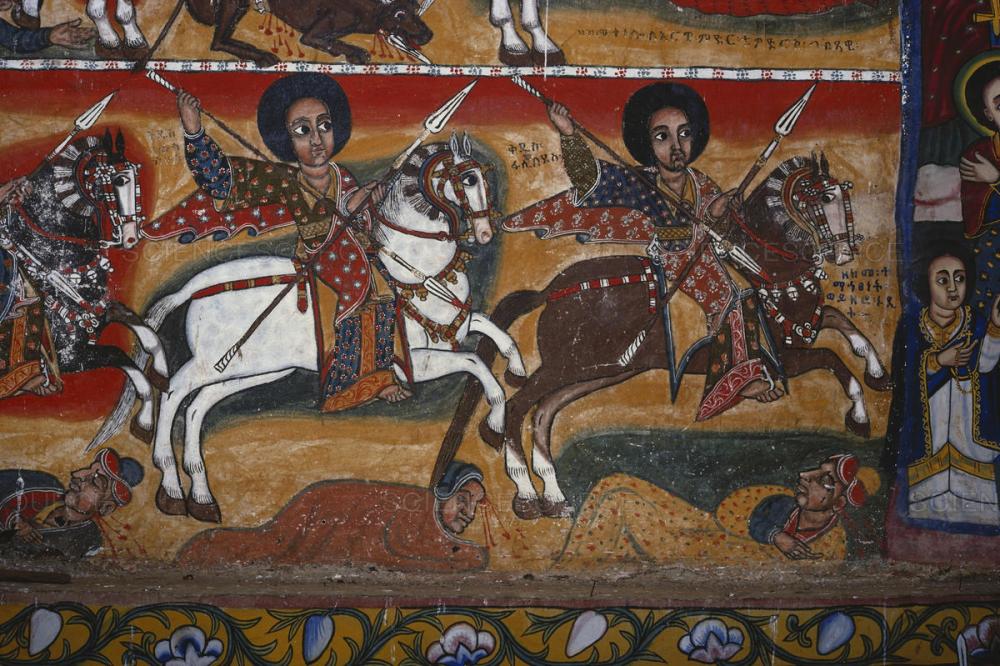
.thumb.jpg.c89751f7f34c25a1683d12fd7075ac2b.jpg)
